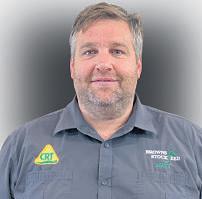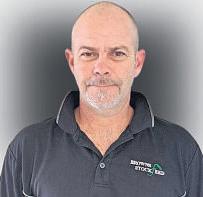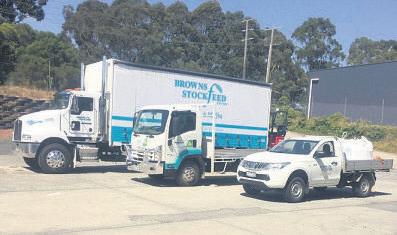
September,2024






Neeraj Das is the Chief Executive of ElecSome, asolar panel upcycling facility.
The ElecSome network is spread over four states, one facility of which resides in Kilmany.




September,2024






Neeraj Das is the Chief Executive of ElecSome, asolar panel upcycling facility.
The ElecSome network is spread over four states, one facility of which resides in Kilmany.


Philip HOPKINS
ALEADING beef farmer has warned the federalgovernmentagainstadoptinga Denmark-style tax on methane, saying it would destroy Australia’s pastoral industry.
At the same time, Cattle Australia (CA) has called on industry research and development bodies,including the newly formed net zeroCRC, to reset the industry’s climate-related research priorities.
On top of the list is giving the industry a morecomplete understanding of the fluxes of emissionsinlivestockoperations, rather than treatinglivestock as one-way emitters Peter Hughes, anorthernAustralian beef
baron, told The Australian Global Food Forum in Brisbane, that the Danish government’s decision to implement a$144.50 a head yearlytax on the dairy industry by 2030 wouldhave disastrous consequences if applied here, The Australian reported.
“If the government moves that way, they will go along way towards destroying the pastoral industry,” he said.
“When that happens, land values go down, no one wants to invest and it will turninto agathering and harvesting operation where looking after the environmentand the animals will become secondary. It would be adisaster if that happened.”
The federalgovernmenthas previously ruled out amethane tax on cattle but signed up to the global methane pledge to reduce emissions of the gas by 30 per cent by 2023.
The Net ZeroEmissions Ag cooperative research centreformed earlierthis yearwith the most funding aCRC has ever received, being $175million split by government and industry partners. The CRC is expected to announce its first projects later this year
CA Deputy Chair and central Queensland producer,Adam Coffey, said it was important the money was spent wisely.
“Thereis alot of money in the net zero CRC and, when we reflect on recent years, therehas been alot of research with ahuge
focus on emissions reduction and mitigation,” Mr Coffey said.
“But it’s well and truly time to look at the big pictureand work out how the industry can better engage, and Ibelieve the CRC isbest placed to assist with that process.”
One of themainissues CA has been raising sinceforming in 2022 is with methanereportingmetrics, with the globally recognised GWP 100 known to overstate the warming impact of astable source of biogenic methane by three-to-fourtimes.Mr Coffey said if research bodies like the CRC can address these inequities, the industry was likely to be moreengaged.
Continued -Page5



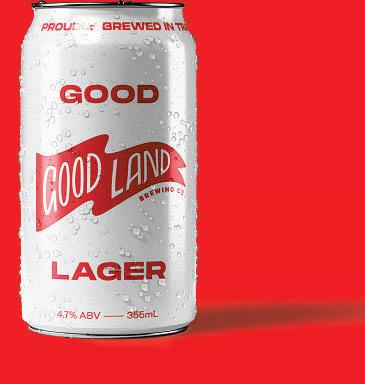

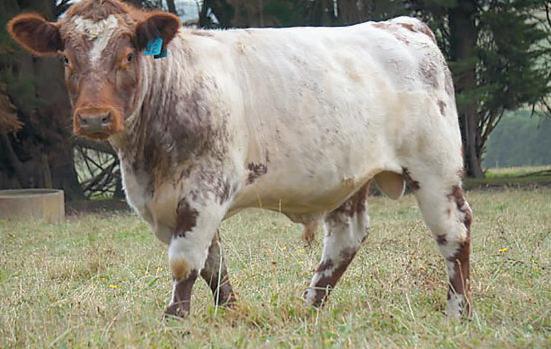





















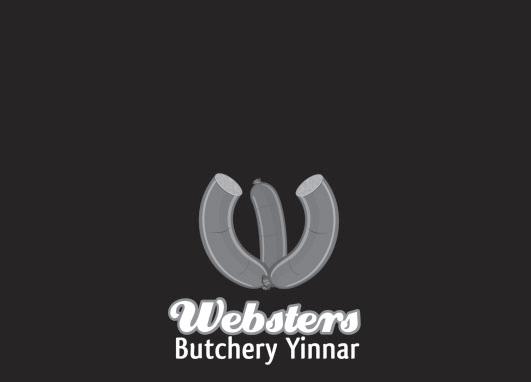
































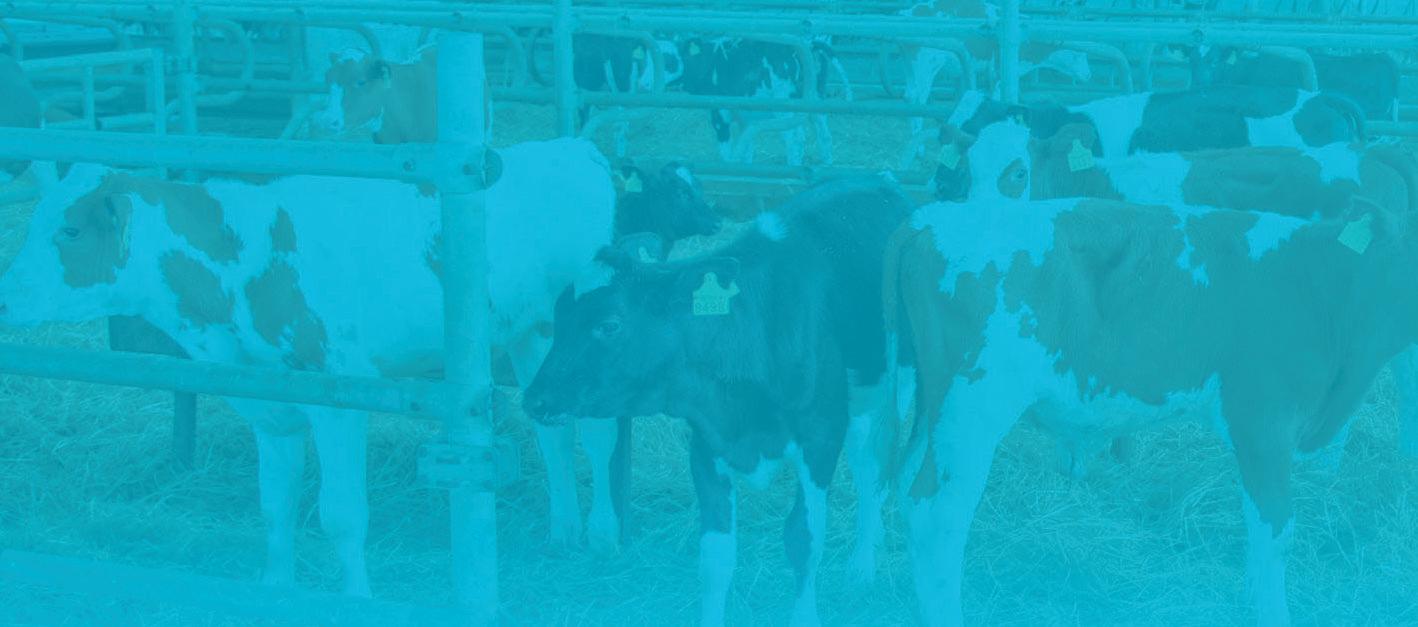
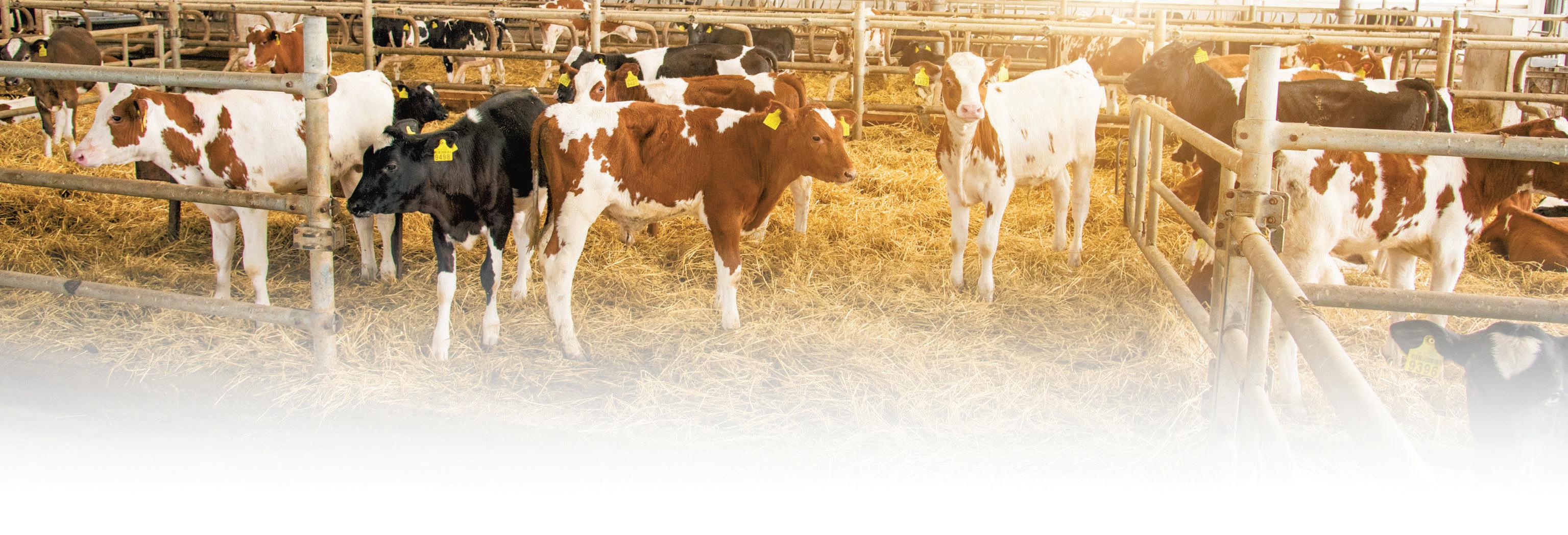

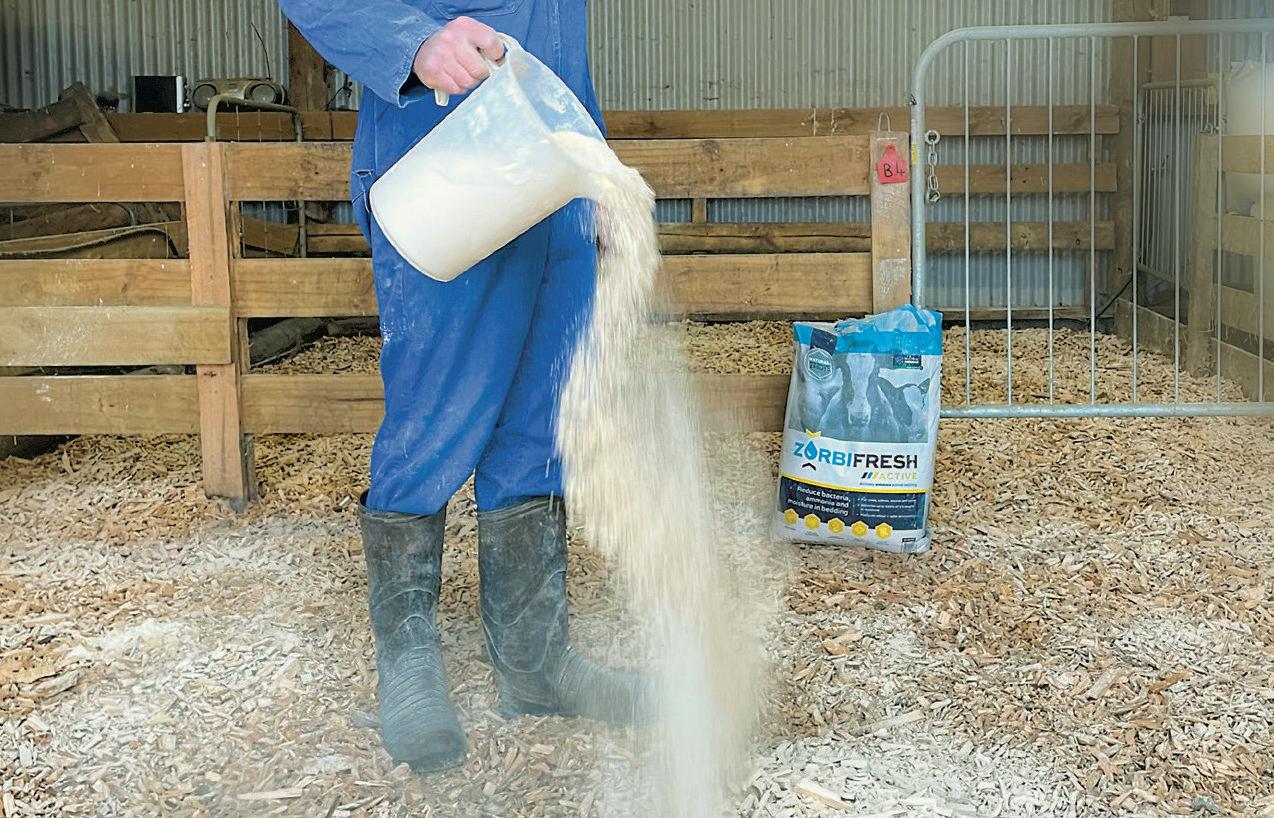

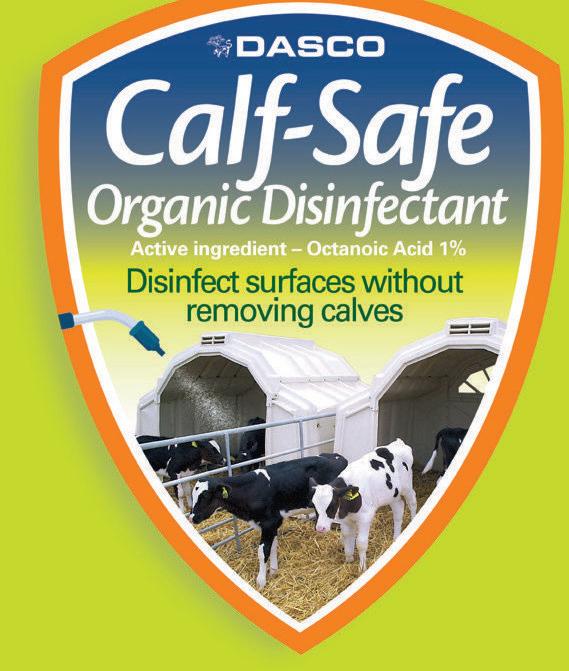
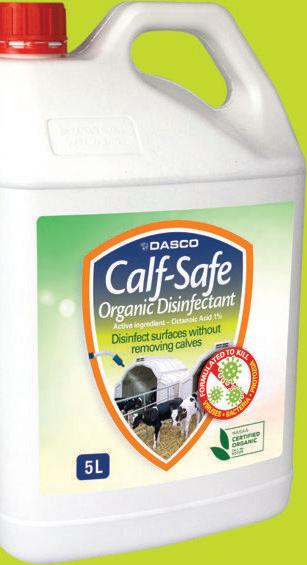

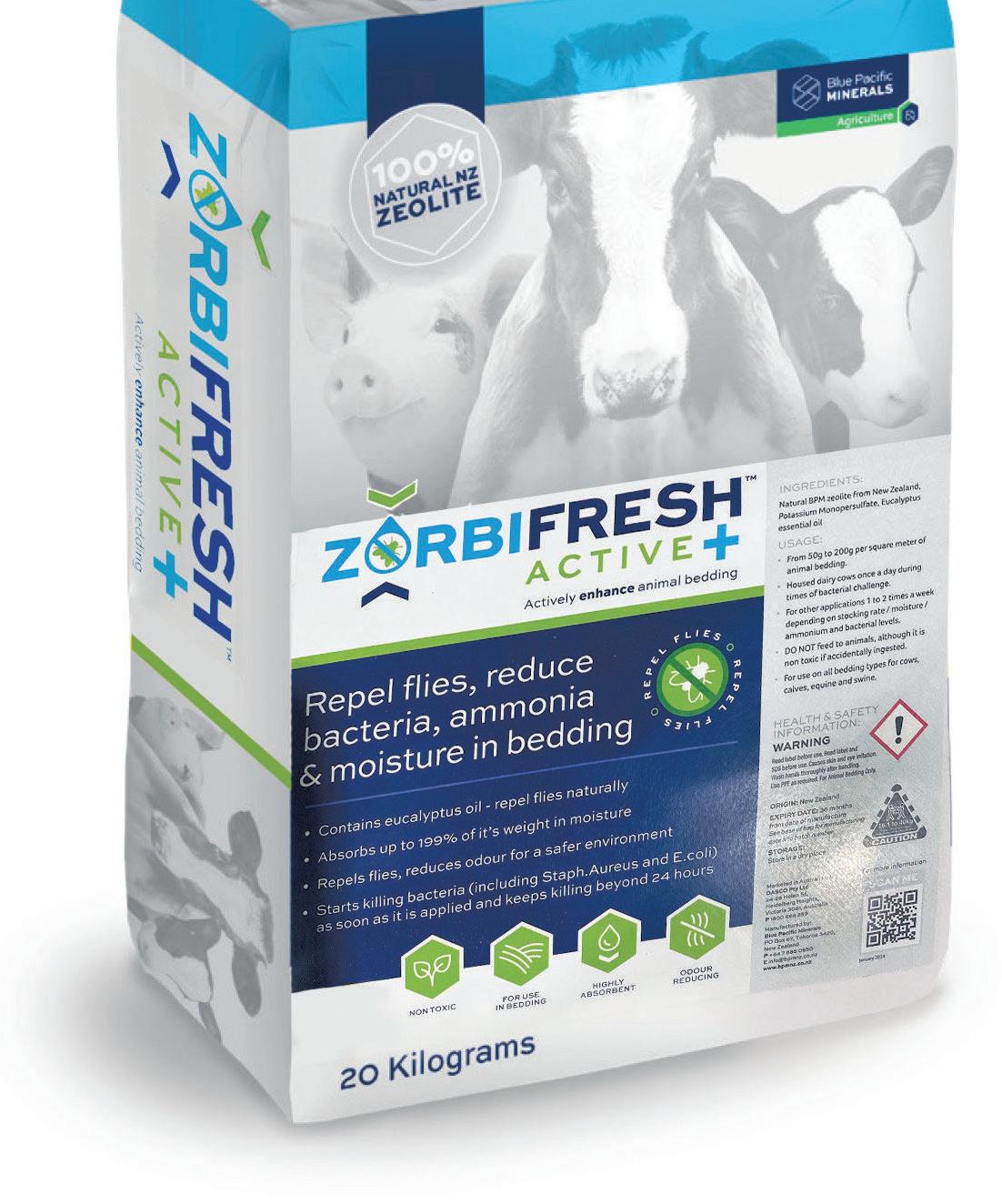













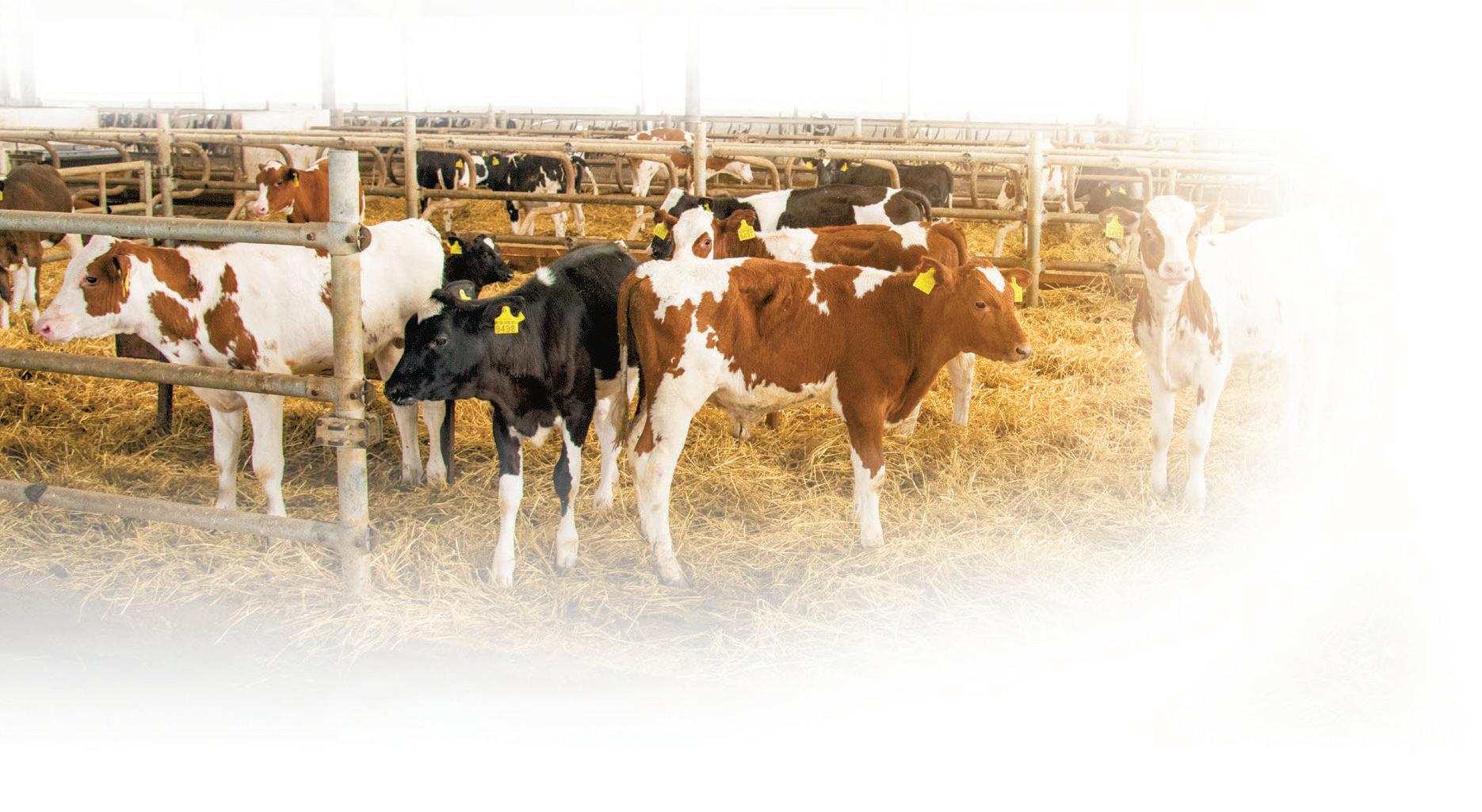






















INDEPENDENT Victorian stock agency, AlexScott &Staff,willlaunchanew monthlystoresale at the Yeasaleyards this month.
The decision comes after national agencies Eldersand Nutrien, which already hold amonthly storesale at the council-owned Yeayards, refused to admit Alex Scott & Stafftooperate at theexisting fixture.
Yeahas becomeamoreimportant selling option in southernVictoria, following the permanent closureofthe Pakenham yards, located 120 kilometres further south. Alex Scott &Staffoperated for years out of the Pakenham facility.
Alex Scott &Staff’s Warragul branch livestock manager,Neil Darby, said since the closureofPakenham, Leongatha had become congested.
“Wehave clientele over in the Yarra Valley, and its just too great adistance to take the cattle to Leongatha,” he said.
“We’ve been talking to both Eldersand Nutriensince November,whenVictorian Livestock Exchange(VLE)announced it was closing Pakenham, about becoming
involved in their monthly sale, and possible building thatinto afortnightly sale,” Mr Darby said.
“They didn’t want abar of it, electing to continue to their monthly sale on their own.”
Mr Darby said Elders and Nutrienwould accept Alex Scott &Staffclient cattle on consignment for sale at Yea, charging a rebate.
“But that’snot what we wanted-wewant to get up and sell our own cattle,” he said.
“As aresult, we’ve pulled the trigger on this new sale.”
Elders and Nutrien’s monthly Yeasales areheld on the first Friday each month. The first new Alex Scott &Staffsale will be held on Friday,September13, withmonthly sales booked for the second Fridays each month thereafter
Mr Darby said vendor bookings were already in place for the new fixture,and further bookingswereinvited. Other private agents arewelcometoinquire about joining the new sale.
“July and August arealways quiet months
for selling storecattle in this region, but we areready to go next month,” he said.
The former VLE Warragul Saleyard thatclosedin2021pushed local cattle to Pakenham, and as of June this year Pakenham itself had closed. That forced cattle vendors to either Leongatha or Yea.
“A lot of our clients in the West Gippsland didn’t want to go all the way to Leongatha, looking for another option with their weaner cattle. We think afair percentage of them willnow directtheir cattletoYea to sell, partly motivated by the way the VLE has treated people,” Mr Darby said.
“Our clients through the Yarra Valley clearly want to go to Yea, and we have clients in West Gippsland who would much prefer to send their cattle to Yeathan going to the VLE yards at Leongatha.”
-BeefCentral






STUDENTSfromVictorian dairy communities who plan to start their tertiary studiesin2025 areinvited to apply for one of seven Gardiner Foundation Tertiary Scholarships.
Each scholar will receive $10,000 annually for three years to support costs associated with their studies. The tertiary scholarships arenamed in recognition of services to the dairy industry by Niel Black, Shirley Harlock, Jakob Malmo, Bill Pyle and Doug Weir
“Supporting ruralVictorian students enhancesthe social fabric of our dairy communities. We areproud to offer opportunities for students to pursue their tertiary educationwithoutthe financial burdens that often affect those from the country,” GardinerFoundationChief Executive, Allan Cameron said.
“By enabling morestudentsfromdairy
communities to gain skillsand experiences in their chosen fields, we contribute to the creation of thriving, vibrant communities wherepeople want to live, work and invest.”
To apply, studentsmuststart their first year of full-time on-campus tertiary study in 2025 and relocate due to study commitments. Thereisnopreferred field of study -past students have enrolled in courses ranging from agricultural science to nursing, medicine, engineering, journalism, and commerce.
Successful applicants need to demonstrate intended futurecontributions to the dairy industry and communities as well as describe their community involvement and academic achievements.
Applications must be submitted by 5pm on Monday, November 25, 2024.
For moreinformation and to apply please visit: gardinerfoundation.com.au/ts













































































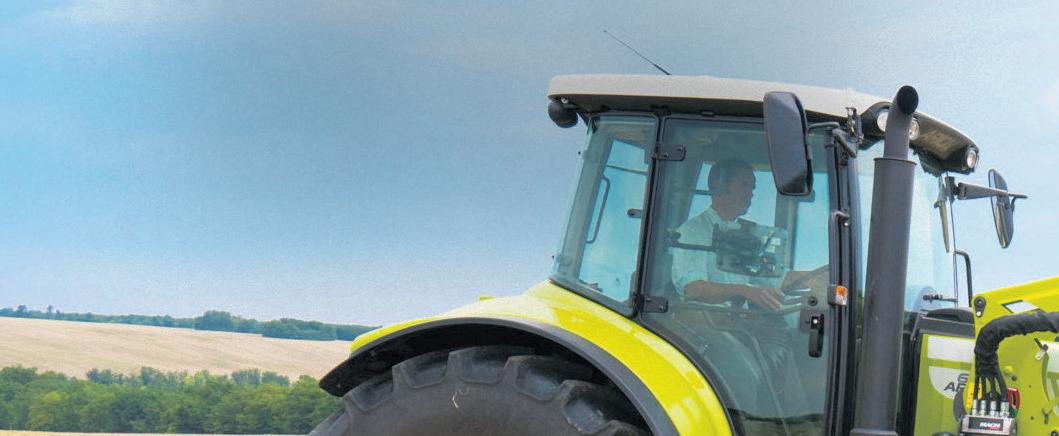



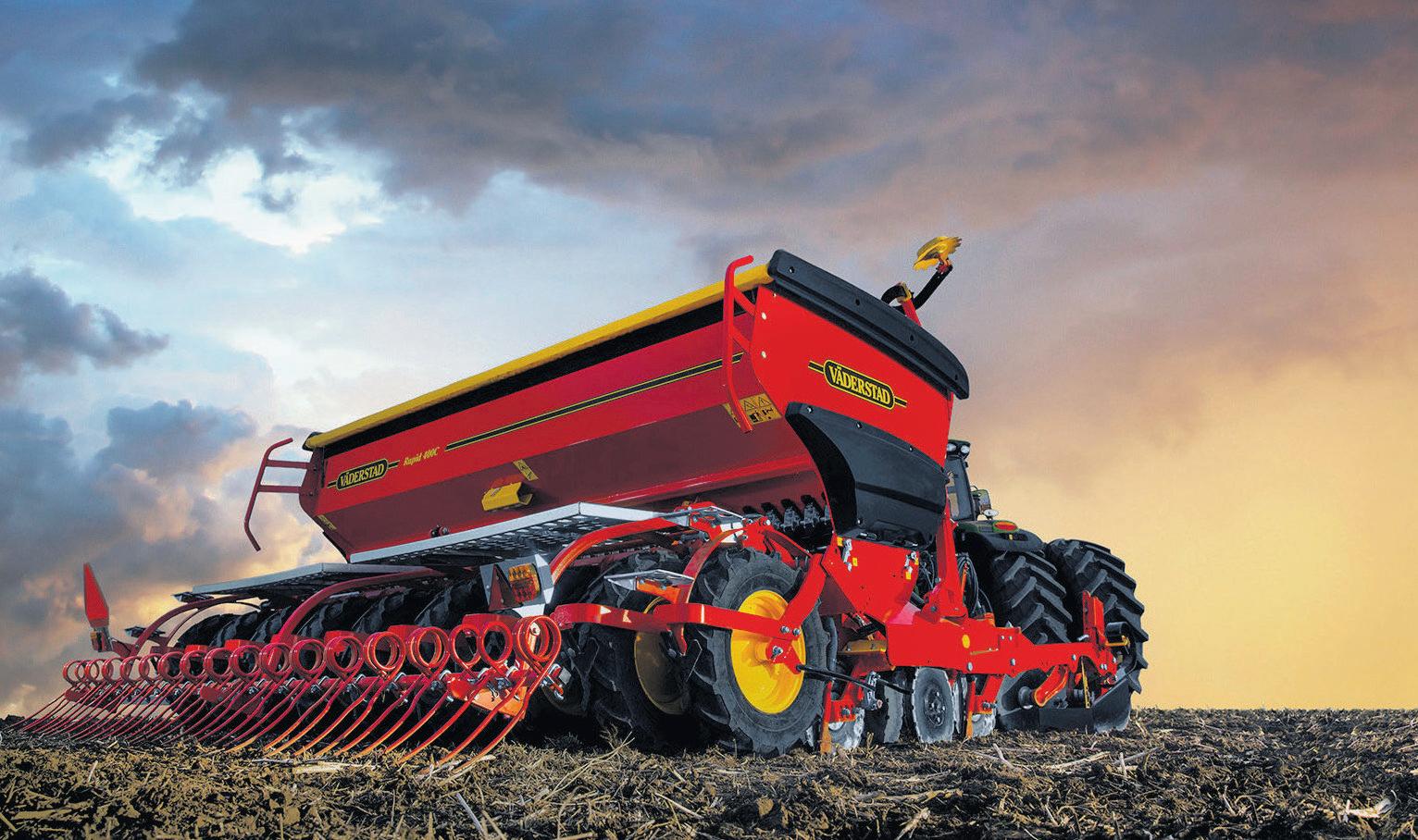

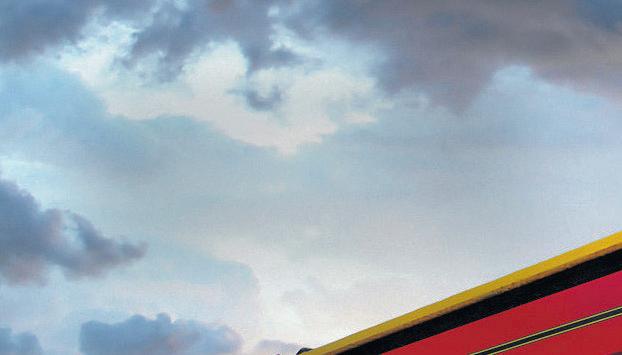


From Page 1
“WE arehearing alot of disenchantment from producers who arebeing told to undertake on-property carbon accounting and ‘knowyournumber’, whenthere is plenty of evidence to suggest the number is inherently incorrect,” Mr Coffey said.
“These numbers continue to paint us as big, bad, one-way emitters, when we know that is not the case. Cows do not exist in emissions chambers,theyare part of a natural biogenic cycle.”
MR Coffey saidthe large amountsof fundingpresentedahuge opportunity to undertake researchthatcouldhave significant outcomes for the beef industry and Australian agricultureasawhole.
“CA has been looking into aresearch project on aUScattle ranch, which used flux towers, remote sensing, modelling and ground-truthingtounderstand the full emissions profile of the property, making interestingcomparisonsbetween land that was grazed and not grazed,” Mr Coffey said.
“Undertaking similar research in the Australian context would be invaluable, and it’s why we have been in discussions with the CRC, Research Councils, MLA and CSIRO about starting similar,long-term, research projects in Australia.”
Mr Coffey saidsuchresearchwould involve large, multi-site projects collecting datafor aminimum of five years,which would requiresignificant funding.
“Correctly quantifying,understanding and differentiating the emissions profiles of land that is commercially grazed and ungrazedisone of the biggest gaps in knowledge we have,” he said.
“A big part of what they have done in the USislooking at the ecological outcomes
on livestock operations over the long-term, alongside carbon sequestration.”
ACTIVIST groups, scientistsand other industryparticipants have suggested in recent times that the push to reflect the warming impact of methane with metrics other than GWP 100 is the industry trying to use creative accounting to get itself out of acting on climate change.
Mr Coffeysaidsequestering carbon on agricultural land and correctly quantifying the biogenic carboncycle wasone of the biggest opportunities in the “net zero” economy and producers needed incentives for these opportunities to be realised.
“Weknowbetterperformingbeefcattle enterpriseshavethe ability to sequester morecarbonand produce beefwith less emissionsintensity; we need to think smarter around how we incentivise that, rather than just painting all livestock as one-way emitters,” he said.
THE net zeroemissions CRC is considering CA’s proposal with methane reduction and “baselinesand emerging international benchmarks” makinguptwo of itsfour overarching programs.
NZE Chief Executive,RichardHeathsaid the priorities of theCRC wereput together over the past two yearswhilethe proposal was being put to the federalgovernment. Industry organisations, lobby groups governmentdepartments, companies and universities areall partners. CA is not a direct partner of the CRC.
Mr Heath said emissions reduction was one of the clear directions the CRC that set early in the process as a lot of work had gone into carbon sequestration.
“Emissions reduction technologies were where it was felt there was a gap, particularly how you can build that across afarm business and stack lots of technologies together,” he said.
“Wherewe will be awareofand monitoringthe developments aroundcarbon sequestration technologies is in our program three, which is about whole farm systems analysis. To understand the farms emissions footprint and its net zeroposition effectively, we have to be able to measure sequestration as well as reduction.
The University of Melbourne's Professor RichardEckardsaid therewas astrong elementinthe CRC that wouldlook at the measurement, validation and reporting systems. Professor Eckard, who is heading up the CRC’s program, has been integral in rolling out the current emissions calculator SB GAF and has been adefender of GWP 100.
Askedwhether therewas anyplans to review the current accounting frameworks, he said that therewereno plans to include other methane reportingmetrics, particularly GWP*,inthe GAFtoolbecause GWP 100 was recognised in international frameworks like the Science Based Targets initiative.
“It is thereforesuperfluous to include it. It’s also practicallynot feasible, because it requires the user to know the animal numbers 20 years ago and we struggle to getthemtounderstand their animal numbers today,” Dr Eckardsaid.
“Therewould be very few producers that would know how to fill out acalculator that asks for animal numbers 20 years ago.”
He said across the 25 demonstration sites planned for the CRC, they wereplanning to answer some of the questions using tools like flux towers.
-BeefCentral





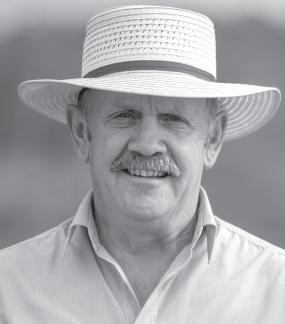

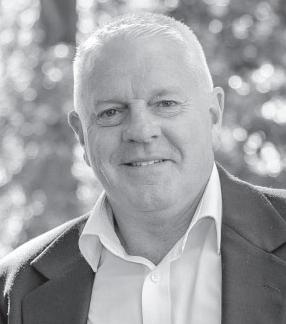
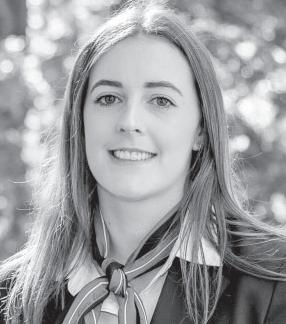

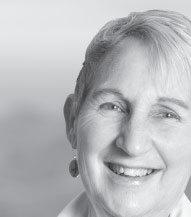





Katrina BRANDON
THEfutureofFonterra Oceania,created through the merger of Fonterra Australia and Fonterra New Zealand, was the subject of discussions between the company and farmers at arecent meeting in Traralgon. Fonterra gathered about 40 local business
representitives and farmersat MOMO Traralgon to discuss the changes throughout the year and the company's plans for the business over the next few years.
At the breakfast, views on what will happen over the next year,aswell as the numbers coming out of the new collaboration, were


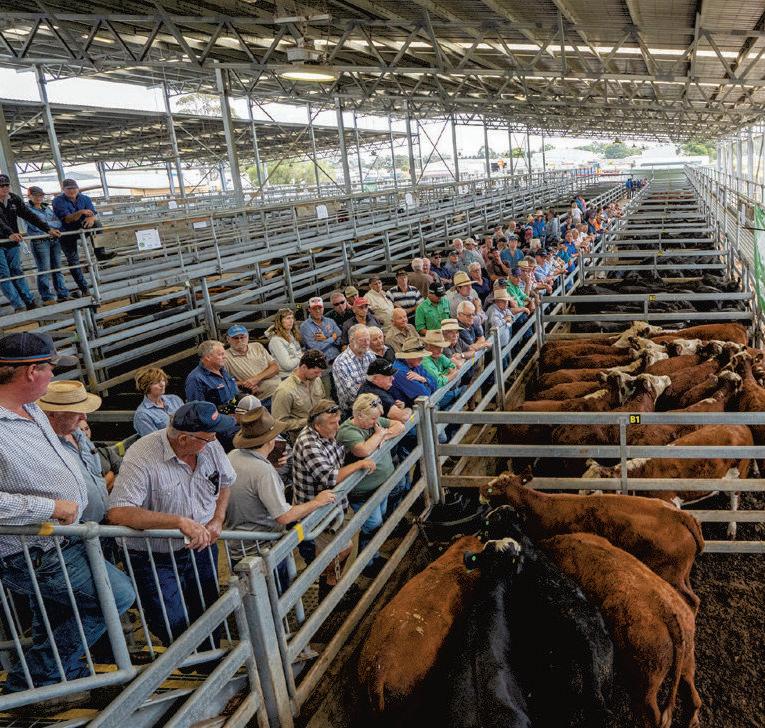
canvassed by Fonterra Oceania Managing Director,Rene Dedoncker; FarmSource Director,Matt Watt; Director of Foodservice, Victoria Landells; and Farmers Suppliers Council member and farmer,Paul Welter
MrDedoncker said Fonterra is aglobal powerhouse indairy with 9670different farmers.
"Fonterra’smilkthis year has been 18 billion gallons just inNew Zealand,with 96 per cent of it travelling the world. Ninety per cent of the milk solids go into some type of ingredient sold to business-to-business customers,” he said.
Less than10 per cent ofbusinessesin the next 20 years would require the same 90 per cent capital. Mr Dedoncker told the Gippsland Farmer thatinterms of expectations, they had just come offatwo-to-three per cent growth, and stabilising the milk supply would be an excellent outcome for them. Fonterra was making sureitwas working witheach of their farmers to ensureprofitability behind the farmgate, he said.
areas. We have an HR expert who can help write contractsand employment contracts for backpackers to help take pressureoff afarmer who might not be an expert in that space -how do you look after the backpacker?Whatare thelegal requirementsthatyou have to have to employ them?” he said.
“This morning, we talked about thefarming environmental plans, like your carbon footprint and the use of nitrogen,which affects that; it can returntens of thousands of dollars to your farming income. They arethe sortofareas we areresourcing, andevery farmer in Gippslandcan use those services. Ithink our team is really well respected because we have peoplewith credentials in each of those areas.”
Riding on the lines of support, Mr Welter, afarmer from northernVictoria with 430 cows, sharedwiththe group thatthe Fonterra Suppliers Council(FSC)runs a few programs to help farmers of different ages learn more abouttheir worlds. The programs mentioned included ‘Proud to be aFarmer’ and ‘Get to Know Fonterra’.

Moving the focus, Mr Watt talked about the farmbusiness side, wherethe company can improve, and how Fonterra can help farmers get the most out of their businesses.


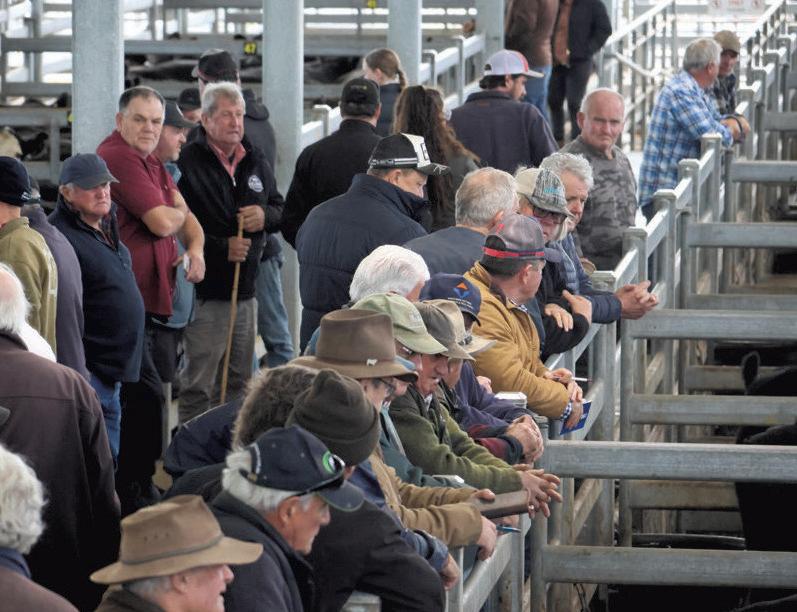






“Our job hereisnot to isolate farmers but to work with the ecosystem and business partners they have around them, whether it is bankers, accountants, nutritionists, or whoever that is. Our job is to make sure thatwe support that business as well as we can,” he said.
Despite the challenges of low prices, Mr Welter expressed his appreciation of Fonterra's transparency andthe support it provides to farmers in making informed business decisions.
Mr Dedoncker told the Gippsland Farmer that one of the things that Fonterra Oceania wasmost invested in was improving farmers' livelihoods, whether by helping out with hiringcontracts and processes or thinking about pastureand input costs.Hesaid that Fonterrahas specialised people for specific needs to help support farmers.
“Webuild ateam that specialisesinthose
‘‘


‘Proud to be aFarmer’ is aprogram run by FSC for under 35-year-olds, wherefarmers can go to Melbourne for a couple of days and learn about how the business goes past the farmgate and to encourage them to remain in the industry, showing them more opportunities.
‘Get to Know Fonterra’ is aprogram for older farmers to gain adeeper understanding ofFonterra’s farmer suppliersand wheretheir milk goes, providing insight into Fonterra.
Mr Dedoncker said he was pleased with the visits throughout Gippsland, including Sale, recapping what Fonterra is up to. He said: “This morning is agreat example of an industry coming together to learn about more that isgoing on. Itispretty energetic.”
For moreinformation, go to: fonterra. com/au/en.html
Our job here is not to isolate farmers but to work with the ecosystem and business partners they have around them, whether it is bankers, accountants, nutritionists, or whoever that is. Our job is to make sure that we support that business as well as we can
Matt Watt
Farm Source DIrector

With cost of productiononthe riseand premium pricingtohit Meat Standards Australia (MSA) grids, it is essential for beef producers to incorporate proven science into their programs.
By utilisingEstimated BreedingValues (EBV’s) alone, Gippsland beef breederscould gain up to $10,000 in theworkinglifeofa bull by usingBowmanPerformance Geneticsthis spring.
Aseedstock producer should be providingvaluable information, such as an Angus Breeding Index value -which calculatesthe genetic differencesbetween an animal’snet profitability per cowjoined,ina typical commercialself-replacing herd using Angusbulls.
Bowman Performance Geneticsoffers asignificant advantageinthisfield, withupto$100 $ABI(Angus BreedIndexValue) gainper bull, which equates to $50 percalfproduced (half the indexis contributedbythe bull)or$10,000inthe average working lifeofabull, assuming he produces 200calves
Studprincipal,GlennBowmansays,“We have seen significant advancement in ourown 1200 female breeding herdover thelast decade, by increasing Breedplan values.
Everything we do on-farmisaboutmaking things more efficient and increasing profit.
Calving is adream,withveryfew assists; growthrates areincreasing, docilityand carcass traitsare improving, much of which canbeput downtoutilising simple selectiontools such as EBV’s”.
Mr.Bowmanwent on to explain,“Every registered calf

born hasaTSU (Tissue Sampling Unit) DNAtaken, whichcan reveal from averyearly agethe lifetime breeding potential of that animal
When processed through thelaboratory, we find that thisscience can sort the “wheat from thechaff”,soto speakand that somethingsoclosely related,such as a
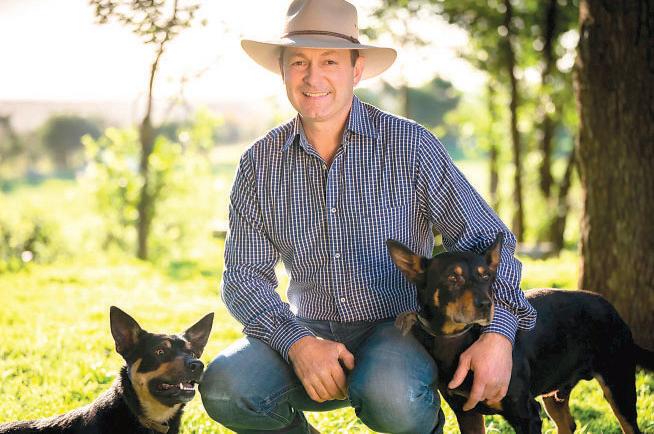
fullET(Embryo Transfer) brother can have asignificant varianceintheir EBV’s”
OneofGippsland’s leading beef finishers, Lindsay Marriott, whomanages ‘BoxPlains’, Tarwin Lower,isabig believerinincorporating EBV’s,taking steersthrough theJBS farmassuredMSA grading system.
“Wehaveseen areal difference in the cattle that come from EBV performance-focused herds to the point where we won’tbuy replacement steers unless we know thisbackground information.
All our cattle arerun throughKoolCollectsoftware program,whichallows us to trackdailyweight gains of each individual animal.
This is whywe keepcomingbackpurchasing Bowman cattle, as we have the knowledge, they notonly have superior performance, butalso gradeatthe toplevel,” he said
Mr.Bowmanpointed out, it’s notall aboutchoosing the highestfigured animals
Thereisstill ahighlevel of cattlemanshipinvolved -from structural assessment, natural carcasscontent, pedigree research andidentifyingfemale lines with doing ability
If we can engineer abull that not onlylooksgood,but hasthe proven science, youcan havethe bestofboth worlds
To gain theBowman advantage,besuretocheck out the next Bull Sale Friday 4th October,2024, 1pm at ‘Crystal Brook’ 100SawyerRoad, Neerim South 3831.
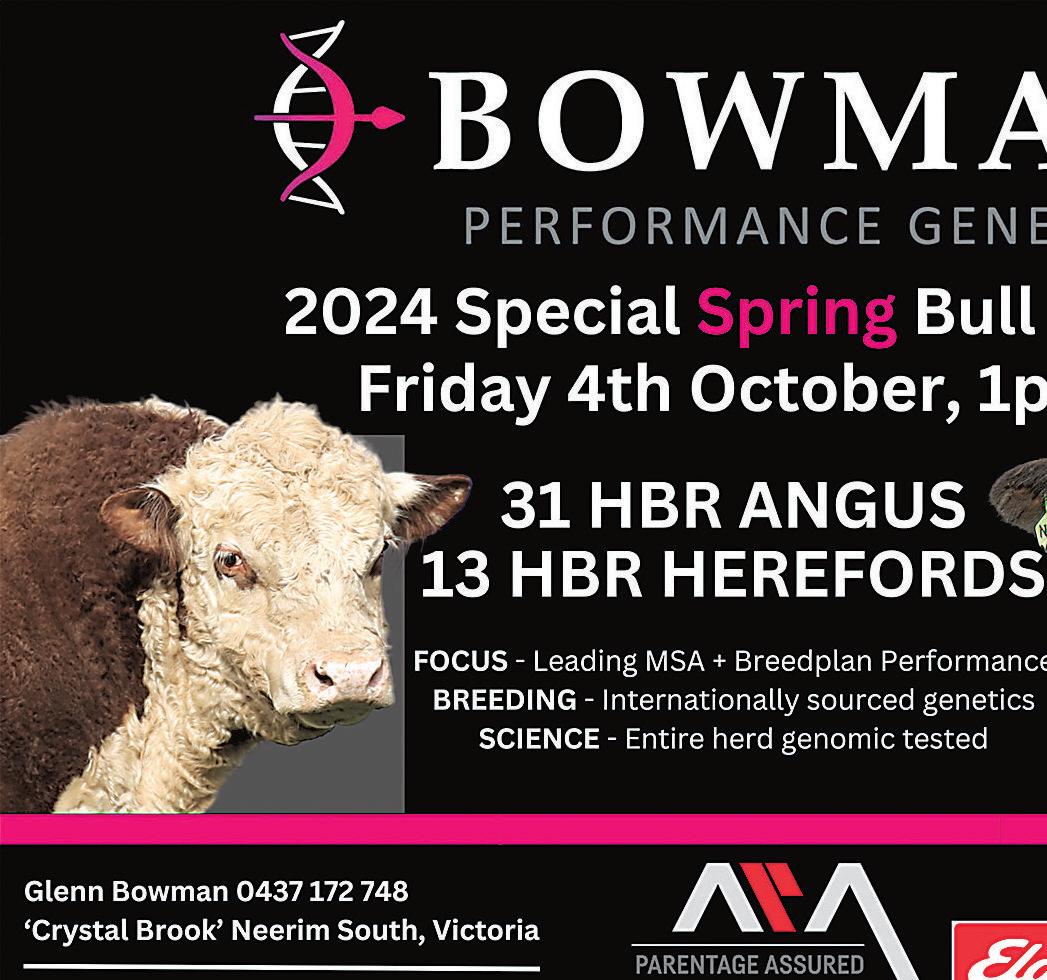
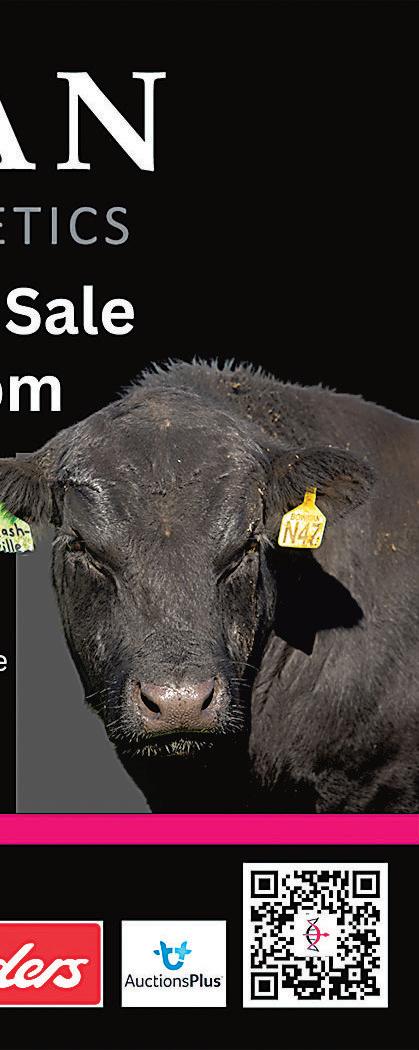



Philip HOPKINS
PUMPED hydroenergy storage is atechnology that has existed for morethan acentury and is used incountless countries around the world.
The technologyinvolves storingwater, pumped from alowerreservoir, into an upper reservoir.Power is generated by releasing the stored water through turbines, but when power demand is low, the upper reservoir is recharged by using lower-cost electricity from the grid to pump the water back to the upper reservoir
In Victoria, the electricity was traditionally sourced from theLatrobe Valley’s brown coal power stations.Now, aGippslander is convinced he has produced technology that can pump the water back uphillwithout using fossil fuel energy.
“We’vedesigned aturbinethat’sslowrevving. We have done one that produces 25 horsepower drive and afivehorsepower turbine that turns intoa pump. With a one-metrehead on the larger one, we can push the water up 12 metres fossil-free,” said Fred Sundermann who lives between Cowwarr and Heyfield.
“Wedon’t have to have agenerator like now;wecan do it via turbine to turbine, which saves the loss of electricity and is much moreefficient.”
Mr Sundermann, with alife-long interest in design and innovation, has formas an inventor of agricultural machinery. Seventy years ago, he invented atractor with disc brakes and atwo-stage clutch, which had never been heardofbefore; and also afinger wheel rake and harvester that was featured in a Landline program 17 yearsago on the ABC. He also built a40-metrebridge across the Rainbow Creek on aCowwarr property that is still functioning today.
Now,MrSundermannlikes tocallhis new water turbine thefirst pumphydro made that doesn’t need fossil fuel -and it’s made in Gippsland.

The water pump is mechanically driven by amodular microhydroturbine that uses the free flow of ariver or stream. Aprototype has been made by aMorwell light and heavy engineering manufacturer,Firmins Lane Engineering, which builds and maintains turbinesfor SnowyHydro, and “it’swell made’’, Mr Sundermann said.
The submerged water turbine,which drivesagenerator, hasbeenspecifically designed to maximise operational efficiency in slow to medium water flows of 6-12 knots.
Mr Sundermann said this concept -the generatordriven by the water turbine utilisingthe water flow controlled by the operator -isideal wheregrid power is unavailable or unreliable, or becoming too expensive, or can be supplementedfromaccessible water flows.
By generating free electrical energy from stream flows,potential applicationsinclude
remote off-grid locations and communities; irrigation channels and pipelines for on-farmuse -generator output can be matched to flow periods; waste/wastewater treatment plants; or tidal areas wherethe water flow reversesdirectionabout every six hours.
Eachturbine deliversupto100 kW of power and multiple turbinescan be combined to form alarger working unit, or “bank” delivering up to 1MWper bank.
The technology’sadvantage overother turbines is that the power blades tilt during arotating cycle.
The turbinehas aunique design; its efficiency is achievedbythe tilting of the power bladesduringthe rotatingcycle. The bladesrotate half arevolution for eachfull rotation of thecentralshaft.
This configuration allows each blade to contribute aunidirectionalforce to
the central shaft,for virtually the entire rotational cycle. In this way, the blades can efficiently utilise the kinetic energy of the moving water.The central shaft drives the generator via agearbox to produce emission free renewable energy.
“I built the first turbine about 17 years ago and have been refining it since,” Mr Sundermann said.
His water turbinewas at one stage an Australian Clean Tech finalist.
Retirement has given him the opportunity to concentrate on the venture, resulting in the ability to pump uphill.
“You can have agenerator,but Icame up with the idea of aspillway. we can push the water up 12 metres,” Mr Sundermann said. Snowy Hydro, for example, could have 30 metres of head that could easily push 80 metres up to areuse dam.
“Wecan recycle 20 per cent of the water going passed out of the spillwaydam up to the reuse dam; 20 per cent of the water goes up into the dam fossil-free,” he said.
Mr Sundermann has formed acompany to commercialise the invention. His company team includes experienced Latrobe Valley executive and consultant John Mitchell, whose background includes local government, andwater,sewerageand resource management; and Dr Ulrich Hartig, a chemical engineer and former senior manager of the BASF Group who has morethan 35 years’ experience in Australia, France, Germany, South Korea, Brazil and Canada.
Mr Sundermann’s life has always included helping people; he started amen’s club in Heyfield and has been aLegacy officer
“I have always been interested in renewable energyand thought this idea would help the environment,” he said.
Fred Sundermannishappy withhis turbine design and is looking for amanufacturer. It’s hard to get offthe ground,but it’s up for sale to be manufactured.




We are alocally owned &operated business with apassion for innovative technology and sustainable agricultural practices.
Our Services
Spot Spraying &BroadacreSpraying
OrchardSpraying
Waterway &Lagoon Spraying
Herbicide,Pesticide&Fungicide Application
Fertisiler &Seed Dispersion
Mapping &Surveying Services
Infra-red Crop Health Imaging
Ph:0477 551 589
Email:jez@gippsagdronespraying.com.au
TomHAYES
AFIRST of its kind in Australia, in Kilmany sits the country’s first solar panel upcycling facility.
ElecSome transformsend-of-life solar panels into “higher value products”, upcycling deconstructed solar panels.
As well as end-of-lifesolar panels, ElecSome also deconstructs and upcycles damaged solar panelsthat havefaced eitherweather, transportation orinstallation damage.
The solar panelsare collected and transported to ElecSome facilities or their collection centres throughout Australia.
In 2015, ElecSomeestablished under the Ojas Group umbrella. Ojas Group was foundedin2008 to design,supply, and deliverpower and communication cable in the Australian market.
Research was untakenin2020 in conjunction with the University of Melbourne and RMITUniversity on end-of-lifeoptions for solar panels.
Two years later,ElecSome received a $500,000 Victorian state government grant and a$500,000 NSW state government grant for its operations,giving them the ability to launch the SolarCrete biproduct.
Following these findings, ElecSome received documentary and EPA approval and a building permit to begins construction of the first plant in Kilmany.
Ayear later in 2023, the first processing plant was up and running in the Wellington Shire.
The ElecSome head office is in Keysborough, but processing stations are located all over Australia including Kilmany (Wellington Shire, VIC), Richmond Valley (NSW), Toowoomba (QLD), and East Pilbara (WA). Allprocessingsiteshavea pickup point too.
plastics and polymers “enter established sustainable recycling channels”.
In summary, about 97 per cent of every solar panel is upcycled and/or repurposed.
SolarCrete isElecSome’s upcycled pre-mix concrete product. The upcycled product is essentially asustainable alternative to sand, protectingthe environment for potentially hazardous waste.
Not only is SolarCrete asustainable alternative, but its performance matches up with the regular option.
It is also viewedas the budget-friendly option, as one of the best substitutes on the market, according to Elecsome’s website.
The recommended application for SolarCrete has been found to be driveways, pathways, footings, postings, curbsand shed flooring.
Since the start of operations, it took ElecSome three months to acquirenearly 100,000 solar panels that wereattheir end-of-life or weredamaged.
The process of upcycling solar panels is actually more straightforward than one might suggest.
At this stage, ElecSome employees semiautomaticallypry the structureofthe solar panel apart, beforenothing is left besides the bi-fold glass of the solar panel.
All of the other parts areupcycled or recycled to their given destination mentioned previously.
The glass is then broken into pieces and filteredinto bags. From here, the pulveriser is introduced -which completes the final product of the sand.
The pulveriser runs at certain speeds which determine how fine the artificial sand result is, the fasteritruns, the finer the artificial sand.
Roo Mince $6.50 KG
Roo Tails
Chicken Necks$4.00 KG
Beef Neck Bones $1.00 PerDisc
Rib Bones $2.50 ABag (2 Ribs cut into 6)
Marrow Bones $2.50 PerBone cut int 2
5KGCooked Bucket (Beef and Chicken with VEG) $17Per Bucket Please return buckets washedand dried
*Minimum 10KG fordelivery
The primary part of the solarpanels that areupcycled is the glass, which is refined into a“nano-engineered concrete aggregate”, branded as ‘SolarCrete’.
This process saves cement mix manufacturers from 50 to 80 per cent of river sand, which is the typical ingredient of the product.
ElecSome provided the artificial sand to be atrial as apart of the North East Link. The concrete batching plant, Boral, ran the trial.
ElecSome Chief Executive, Neeraj Das, said the trial was asuccess, with no issues arising from the test. Victoria’s Big Build is set to release footage on the artificial sand trial.
Every other part of the solar panel is recycled in one way or another.PVbattery-grade Silicon wafers and electric conductors can be re-used. Silver and copper can be reused as araw material for other industries Aluminium frames can be repurposed for cans or other solar panel frames, and the


The sand is then packed in bags, ready to be sent offfor projects of many kinds, also mentioned before.
The ElecSome site at Kilmany has many new developments on the way and is always changing as the idea comes to life.
Anew shed is set to be built at Kilmany and is currently in progress. Thiswill mainlybeused forsilicon and/orsilver recovery from the solar panels.
This will include moreequipment which is currentlybeing stored in the deconstruction shed. Construction of the recovery shed is expected to be completed by the end of the year
Also in the words is abatch mixing plant on the Kilmany site. This is currently in progress; however the completion date is still unknown.
With plentyof space onthe Kilmany property, thereisendless opportunities for storage developments and upsizing, but for now, ElecSome is just doing what is needed as they venture deeper into this industry.

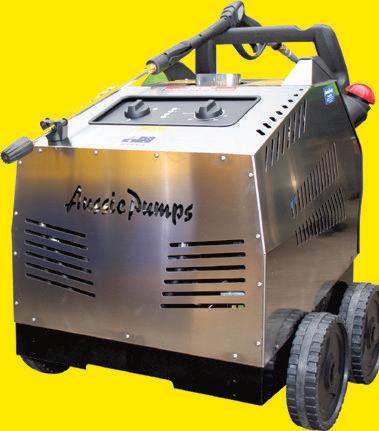

RAEDEAN Red Angus in conjunctionwith GR Red Angus arethrilled to announce the arrival of new genetics into the herd.
Red MRLA Respect 42G semen was importedin conjunctionwithGK Red Angus from Dalby Qld and has remained exclusive to the two Red Angus herds. They have some very exciting calves on the ground by Respect and the first offering of bullsbythisoutstanding sirewillbe available for purchaseatBeef Week 2025.
Last year they flushed one of their most productive females in Hillandale Red Jude J18toRespectand thefirst embryocalves havearrived andthey areexcited to watch them grow out.
Jude was phenomenal in the show ring winning many interbreed championships at local shows then years later she won the Victorian Red Angus on FarmChallenge from an outstanding line-up of Red Angus females.
Raedean Red Angus entered TheVictorian Red Angus on FarmChallenge the next time round and weresuccessful once again winning with Bandeeka Red Queen Soda Q4 after she had just travelled over from WA with her heifer calf at foot Bandeeka Red Tequila.
They also purchased Queen Soda’s sire Tronar Kemble K42 as a7year old bull to further enhance their genetics, they have
retained his daughters in their herd.
Annette and Noel werelucky enough to secureRed U2 Reckoning 149Asemen from the U2 dispersal while they werein Canada after they visited U2 prior to the dispersal and wereimpressedwiththeir herd.
Reckoning has been used in an embryo program,GK Platinum Ruba P26 xRed U2 Reckoning 149A, the daughters have beenkeptasfoundation females, they also retained ayoung bull by Reckoning, Raedean Statement S14 and he is producing some lovely calves.
Always on the lookout for different genetics that suit their breeding program they wereable to secureanew herdsireinRA Thor T11 from the Red Angus Invitational sale in Tamworth.
Thor had all the traits they werelooking for,length and depth of body, good feet, carcass and alovely temperament.
They areeagerly looking forwardtoseeing his progeny on the ground next year
Raedean is always aiming for constant improvement in the herdand arevery focusedoneconomictraits,well-structured cattle, docile temperament, good feet and udders with high quality carcass traits and cattle that arejust easy doing.
Private inspections arealways welcome.







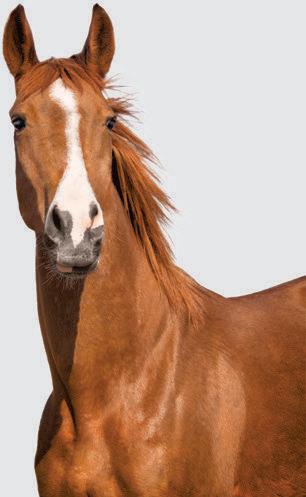

MTD14/38 RIDEON MOWER 14HP,38” Cut,runsand mows,neat condition.
MTD13/36 RIDEON MOWER 13HP,36” Cut,runsand mows,neat condition.
BUSHRANGER CS4210
CHAINSAW
16”bar,3/8”low profilechain, 41.6cctwo stroke,Fullanitvibrationsystem
BUSHRANGER CS5210
CHAINSAW
18”Bar,.325 chain,51.7cc twostroke engine,fullantivibrationsystem Aluminiumcrank cases
FORDSON SUPERMAJOR Runswell,drives, PTOandlinkage working
BUSHRANGER CS5610
CHAINSAW 18”bar,3/8” chain,54.5cc twostroke engine,fullantivibrationsystem Aluminium crankcases.
FORDSON SUPER MAJOR Cranvelloader Runsanddrives well,very strongunit,sold forpartsor restoration.
HUSQVARNA MZ54
LikenewMZ54, Only18hours, Fabricated deck,Kawasaki powered
SUPASWIFT 25TLOG SPLITTER brandnew,time togo $2,350.00 KUBOTA RTV520MID SIZEUTILITY VEHICLE Brandnew Excessstock, Hydrostatic transmission,2 seat,tippingtray MASSEY FERGUSON MF40 BACKHOE Goodrunner everything works,burder attachment hitch,forks












































ORGANIC trace mineral supplementation can have an effect on reproductive efficiency for generations

















































Providing the proper cattle nutrition through all stages of gestation is vital not only for the cow but for the developing calf
















Trace minerals are involved in the synthesis of reproductive hormones resulting in the reduction of free radicals and the improvement of the uterine microenvironment for embryonic implantation, as well as foetal growth and development


















































FORAGES can vary in terms of their trace mineral concentration






















trace minerals are provided either inorganic or organic can impact how the herd will respond to the trace mineral program























rates and getting cattle bred back sooner



























As such, supplemental copper, zinc, manganese and selenium are needed to optimise the cattle herd’s trace mineral status, as meeting their trace mineral requirements is fundamental for achieving optimal immunity, health, reproductive efficiency and growth









Organic trace minerals such as Bioplex® and Sel-Plex®, are closer to the form in which trace minerals are found in nature






























As a result, they offer better absorption and utilisation, which then translates to a higher bioavailability and fewer dietary interactions







Considering that, for the most part, reproductive organs develop during early gestation, the dam’s nutritional and trace mineral status can have a vital impact on foetal development and future performance

















Knowing this, supplemental trace minerals are provided to bridge the gap between the amount available through the forages and the cow ’ s nutritional requirements




This means that minerals offered in an organic form can typically be supplemented at lower levels

























However, the form in which those
The advantages of supplementing with organic trace minerals has been welldocumented and includes improved ovarian activity, increased conception




These benefits should come as no surprise given the impact that the trace mineral source can have not only on the trace mineral status of breeding cattle, but on the gene expressions linked to their reproductive performance as well

















Given the potential return on investment associated with organic trace minerals (such as those included in Bioplex and Sel-Plex) in terms of the health, year-round supplementation is not only a wise economical decision but using these products could also have a direct impact on the future performance and profitability of the herd































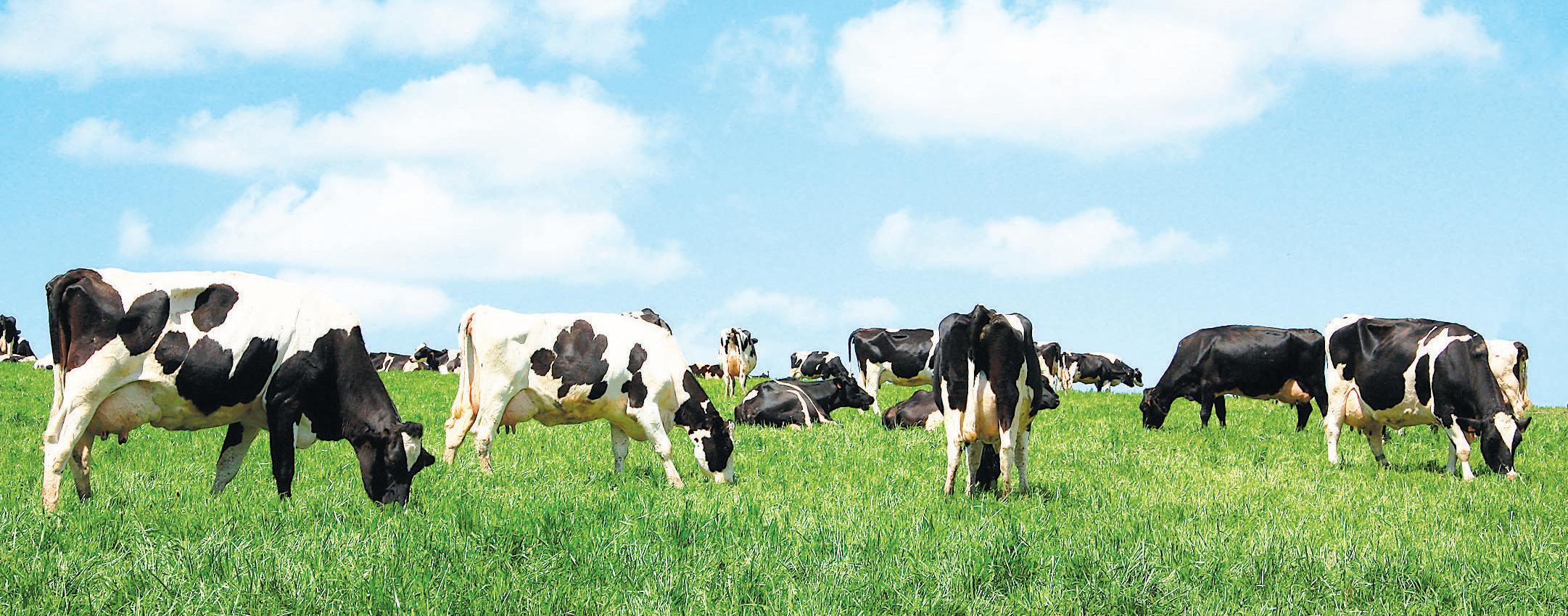
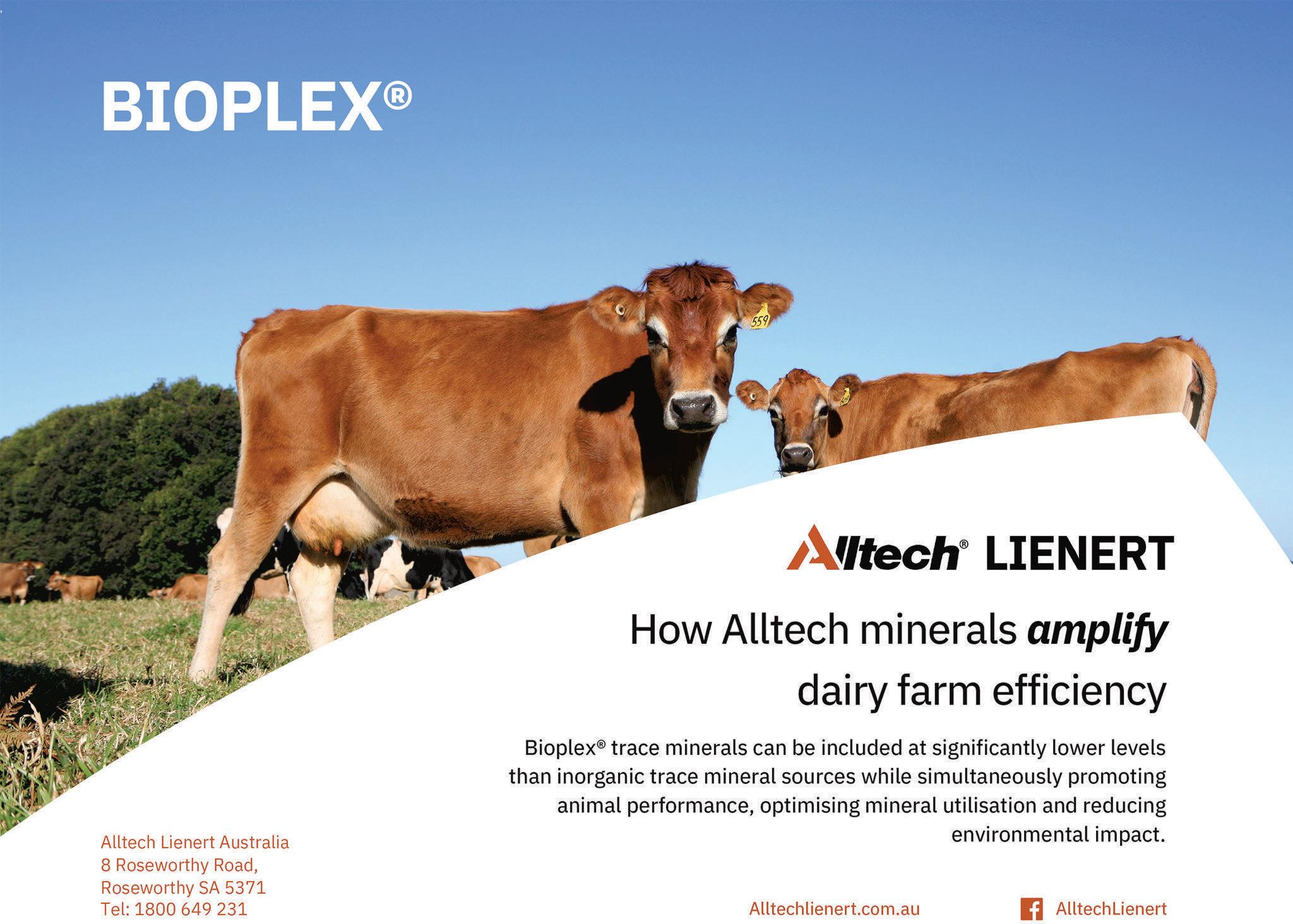
IF yousupport someone receiving aged careservices, arereceiving careyourself, or thinking about your aged careoptions, it is essential to knowyour aged care rights.
The team at Elder Rights Advocacy are theretoensurethat you and your families and representatives know your aged care rights and how to assert them.
They support you to make sure that your voice and opinion are heard when planning or receiving services.
Theyhave dedicated,staffacross Victoriawho can help you to register for aged careservicesand navigatethe system, their service is free, confidential and independent of the government and aged careproviders.
The Intake Team can provide you with information over the phone.
If your issue is morecomplex, they will connect you with aprofessionaladvocate who will support you in reaching a positive outcome.
They also deliver free information sessions across Victoria to people receiving aged careservices, their families or representatives, and the wider community, including retirement villages and seniors’ groups.
Their group of professionaladvocates deliver these sessionsand areavailable to answer questions and discuss concerns.
During these sessions, youwilllearn how to address any issues you may havesothat your aged careissafe,highquality, and meets your individual needs.
They also provide information on recognising Elder Abuse and how to access support if needed.
Remember that knowledge is power By understanding your rights and how the aged caresystem works,you can

make informed decisions aboutyour aged careneeds and feel empowered to speak up when your rights arenot being met.
Elder Rights Advocacy also provides sessions specifically for aged careworkers in residential and community care.
Thesesessions cover how to support

clients and residents to access services andraise any concerns they may have.
EldersRights Advocacy bring the Charter of Aged CareRights to life with practical examples of what this looks like in your daily work.
Theyalsotouchonthe topicofelder


abuse prevention and response. Lastly, they can connectolder people receiving agedcarewithsafe, friendly volunteers from the communityfor friendshipand companionship through the Aged CareVolunteer Visitors Scheme. To learn moreaboutElder Rights Advocacy’s services,please visit www.



Katrina BRANDON
AROUND 100 farmers recently flocked to theEllinbank SmartFarmtoparticipate in the 2024 Dairy Innovation Day.
The Gardiner Foundation, Agriculture Victoria, and Dairy Australia collaborated to create the day's event, which examined research done throughout the year
First, farmers gatheredand listened to speakers Gardiner Foundation Chief Executive and Victorian Daily Innovation Agreement Chairman, Allan Cameron; VDIA General Manager, Claire Hill; Head of Agriculture Victoria Research, Dr Simone Warner,and senior researcher,Sharon Erins.
Mr Cameron talked about the collaborationbetweenAgriculture Victoria, Dairy Australia, and the Gardiner Foundation to makeagricultureprograms possible, such as the DairyFeedbase and DairyBio and the efforts they have made as the Victorian Dairy Innovation Agreement DairyFeedbase represents atotal investment of $42.5 million over five years until 2028,and DairyBio representsa total investment of $50 million until 2026.
The focusof the Open Daywas on the research feedback. VDIA investors aretrying to reduce research outputs collected on the farmover the next five years, leading to meaningful improvement in dairy farming productivity and profitability.
After the chat, groupswenttoseparate areas to discuss the research. The first was maximisingcow performance.The projects involved in the day werepart of the DairyFeedbase program.
Within the Cow Performance session, Dr Marlie Wright, one of the researchers at the Ellinbank Smart Farm, discussed how farmers can allocate resources to improve milk production. The project, ‘Smart Feeding,’was completed over six years
The Smart Feeding research project looked at two mitigation strategies.

Within the Cow Performanceproject,cows that arelast to milk spend moretime off pasture. The moretime cows spend off pasture, theless milk theymake.The research suggeststhat farmers reserve pasturefor the later milking cows so they can maintain production.
An average milkingcan take two-to-three hours.Evenat the Ellinbank Smart Farm, Dr Wright said the milk was reduced by five to six litres no matter the time of the year.For everyhourthe cows were waiting
off pasture, the milk yield was reduced by 1.9 kilograms.
During the use of collars, the cows did have enough time to graze between the first andlastcows. Afterseeingthe data collected from the collars, the researchers looked at pasturecharacteristics. They found that by the time those last cows made it back to the paddock, 65 per cent of the available pasturewas removed, so they didn’t have that pasturetograze.
The cows went to the same paddock in
the controlgroup,and thepasturewas depleted when they returned. In the reserving pasturegroup, the researchers allocated pasturetoall the cows that arrived later They could see the decline they had seen previouslyinthe other research in the control group. They also saw a 0.6-litre increase in milk yield, which, when scaled over an average herdsize in Gippsland, which is about 300 cows, came out to 180 litres extra per day for no extra feed supplied. When the project team looked at average milk prices, it was an additional $126 per day.
Further along, the topic of conversation was the first 100 days, targeting early lactation in cows and examining the impact of nutritional strategies.
The First100 Days Project Researcher,Dr Christie Ho,said: “The aim of our work here was to test if fresh cow feeding strategies that have been used successfully in total mixed ration(TMR)systems mightalso work in the fresh pasturesystemshere and to look at options that we might have.”
Optionssuch as silage werereplaced with high-quality, lower-fibrelegume hay. It made abig difference, morethan 20 kilograms from the cows. A significant difference in feed intake was shown when the legume hay was based on amaize-based supplement. Cows wereeating nearly 20 kilos ofhay in nine days and over 24 by 19 days, improving even further. Thisimprovement also translated to milk production, wheretwo litres per cow was increased daily in the first 21 days That effect persisted over the carry-over period in the next 22-70 days when the cows received astandard diet.
Dr Ho also noted that grain mixes that included canola meal weresuperior to the ones that didn’t; they weresuperior in dry matterintake, which was higher.There wasa significantmilkadvantagein the first 100 days.
She said: “The wheat-barley and canola


















meal was the most profitable at $1.36 per cow daily. We also found that our best strategy for milk production and economic performance was the maise grain mixed with canola meal in the fresh period in the first 21 days,followed by awheat-barley and canola meal in the earlylactation period, and that was compared with just feeding wheat out in the same period.”
The average profit reached $170 per cow across the lactation.
Dr Ho also mentioned that if afarmer starts with wheat, just stick with grain, as theredidn’t seem to be any difference. She also said theproject data that follows from the first 100 days of work is improving the lifetime production project, which aims to improve the productive life of acow in a herdinapasture-based system.
After the First100 Days discussion, Dr Marliementionedthattheywerefocusing on anew project to develop amore dynamic model to calculate intake multiple times daily. The project's primary focus is to eliminate the guesswork when feeding cows.
The secondsession,BeingClimate PreparedwithDrLeah Marett,Graeme Nicoll, Dr Richard Williams, andElissaMc Namara, had attendees walkingaway with abetter understanding of what measures can be applied on farms to understand and reduce their carbon dioxide emissions. Dr Marett, aseniorresearch scientistinthe dairy production sciences at Agriculture Victoria, led the research.
Withinthe project, Dr Marett found a decline in milk production and nutritional value in feed during hot weather events between 24 and 40 degrees. Dr Marettsuggesteddietary options to include forages with lower fibreconcentration, supplements with higher energy concentration, and supplements with higher energy concentration should be considered to help maintainmilk production during periods of hot weather
They also found that cows thatwere

offered fresh chicory underhot environmentalconditions producedmoremilk than cows that wereoffered pasturesilage. The lower fibreconcentration in chicory compared to pasturesilage appears to reduce the heat load of cows under heat stress conditions. Using chicory on aportion of the
farminsummer provides an extra option for farmers with grazingdairy herds to mitigate production loss from heat stress. Some optionsfor keepingcowscool include providing shade, sprinklers, and fans and adjusting milking times to help mitigate the effects of heat stress. Simple
changes, such as supplementing the diet with an additive such as betaine, can reduce some of the negative impacts of hot weather.Supplementing acow’s diet with betainecan result in lowerbody temperature, which helps maintain feed intake and support milk yield during hot periods.Likeother supplements, betaine is generally fed as part of the concentrate mix on farms.
The finalsession,Enhancing Pasture Productivity, included Dr Elizabeth Morse-McNabb, Dr Anna Thomson, Grant Williams, and Dr Kevin Smith. The Resilient Forages and DairySoils projects were discussed in this session. These research projects aim to address pasture production issues and climate impact by examining multi-species swards.
Over the next five years, the projects aim to determine which multi-species sward will provide similar or improved nutritional value compared to traditional forage systems. The projects will also increase the understanding of how multi-species pastures can assist in reducing methane gas emissions, decreasethe reliance on nitrogen fertiliser,and improve pasture persistence.
Ellinbank farmer Grant Williams, shared his experiences diversifyinghis pastures over many years of utilising multi-species and the opportunities for use on various soil types across his farm.
The other exciting news from the Dairy InnovationOpen Day wasthe launch of the PastureSmarts App. This new app-based technology enables farmers to optimise the productivity of their pastures remotely. The app was developed as part of the first stage of the DairyFeedbase program.
The PastureSmarts App offers simple day-to-day managementoptions,allowing pastures to be grazedand conserved more effectively.
Further information about the programs can be found at: dairyfeedbase.com.au
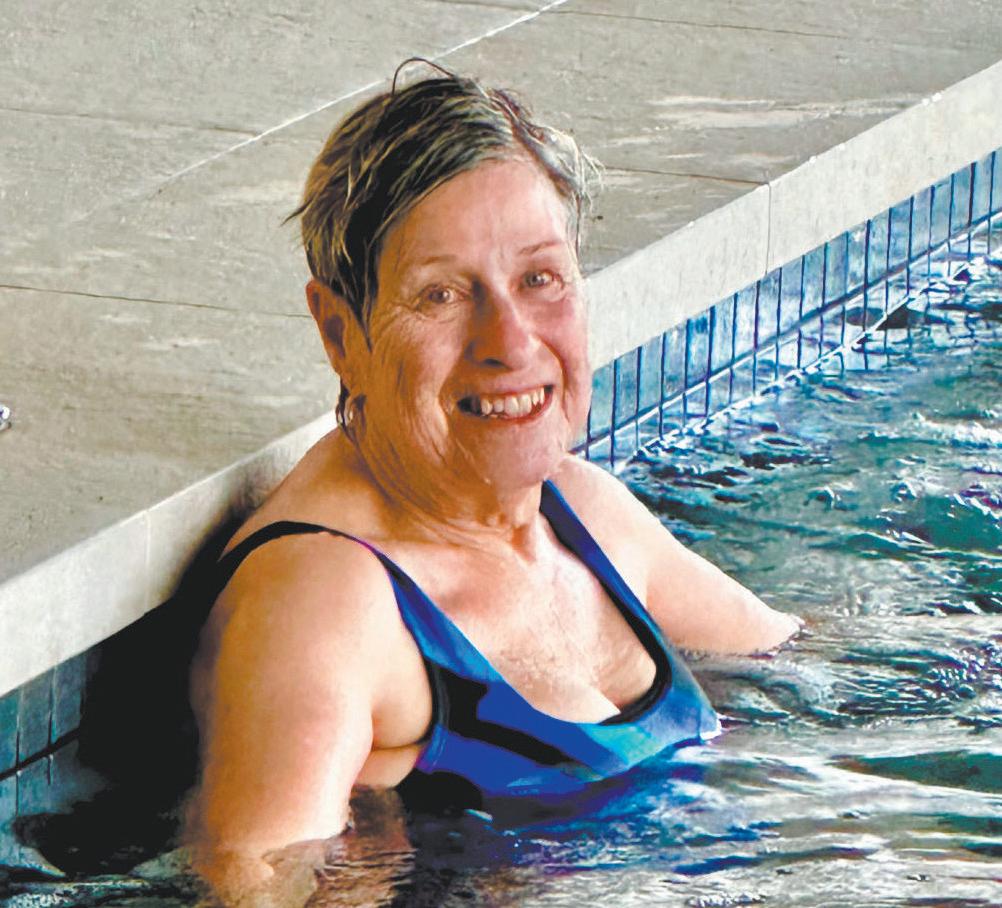




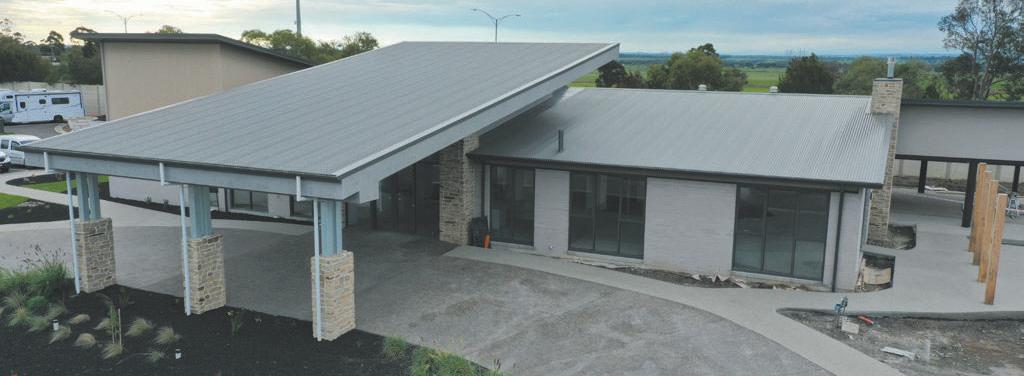





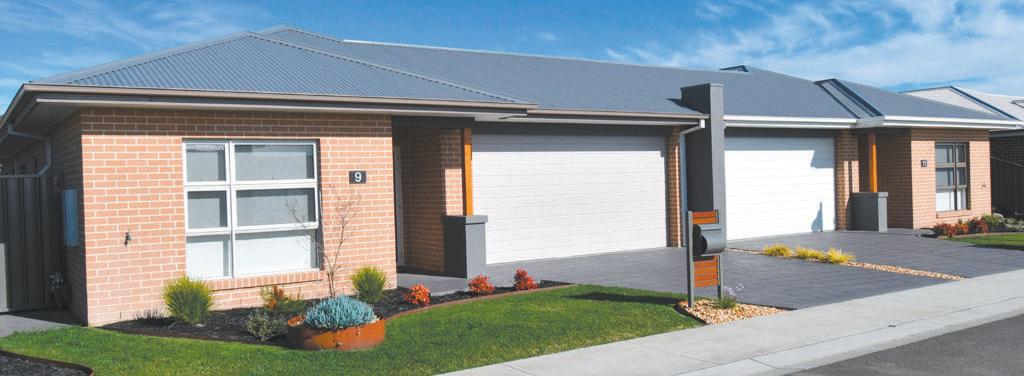
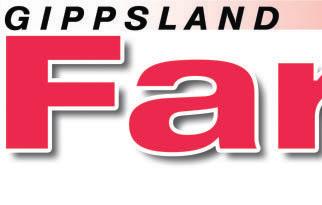




To solve aSudoku puzzle, every number from 1to9must appear in: each of the nine vertical columns, each of the nine horizontal rows and each of thenine 3x3 boxes. Remember,no number can occur morethan
Using the
letters in the
four lettersormorecan
list?
how
be included and each letter may only be used once No colloquial or foreign words. No capitalised nouns, apostrophes or plural nounsendingin“s”.
20 words: Good 30 words: Very good 40 words:

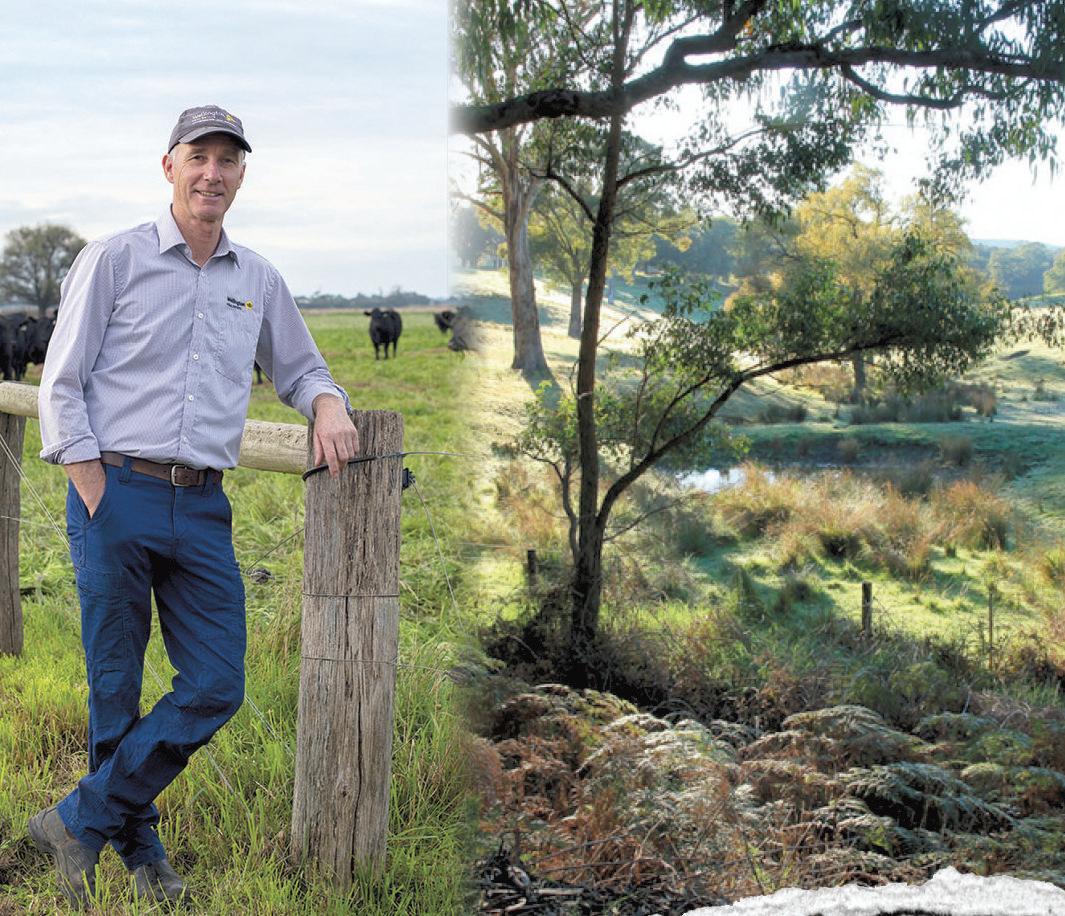








Officiate (abbr) (3)
Thestudyofknowledge(10)
Distribute (food) (5,2)
Websurfer(7)
Possesses (4)
Impersonation (10)
Just (4)
Colloquial (9)
Libyan capital(7)
Paraguayan monetaryunit(7)
Ionised part of Earth’s atmosphere(10)
Headed (3)
Pickingupfromwhere youleftoff (10)
Oldestchild (9)
The Gippsland Farmer newspaperhas played apivotal role in the success of TTMI across Gippsland. As atrusted dealer of tractors and farm machinery, we have come to rely on the newspaper’s extensive reach, professional services, and exceptional customer careto effectively promote our products and connect with the Gippsland farming community.
The Gippsland Farmer has been instrumental in helpingusshowcaseour offerings into our key market demographic. With their comprehensive coverage of all things agricultural, the newspaper has provided us with apowerful platform to reach farmers, growers, and industry professionals throughout the region. Their commitment to delivering high-qualitycontent and relevant news has created areceptive and informed readership, giving our advertising efforts even more impact
Paula, our advertising consultant and remarkable member of The Gippsland Farmer team, has been an invaluable asset in our advertising journey. Paula’s exceptional professionalism, attention to detail, and regular reminders about advertisingdeadlines have ensured all our promotional campaigns run seamlessly.Her dedication to providing a personalised experience and exceptional customer service has made everyinteraction with The Gippsland Farmer an absolute pleasure
































4 Processofproducinga suggestive mental state(9) 5 Vestibule (5) 6 Gradually(6) 7 Mexicancoins(5)
8 Story(4)
9 Evaluation (6) 14 Childofone’s child(10) 16 Forerunner, omen (9)
18 Colourfulteam shooting sport(9) 21 Relating to Samoa(6) 22 Soldiers (6) 24 Unearthly(5)
25 Hibernian(5) 26 Needlecase(4)






Moreover,I am grateful for Paula’s consideration of TTMI for special advertising features and promotions.She hasgoneabove and beyond to provide us with opportunities to highlight our business and offerings in unique and creative ways. Her keen understanding of our industry and unwavering support havetruly made a difference in the visibilityand success of our advertising efforts.
Iwould highly recommend The Gippsland Farmer newspaper to any business in the agricultural sector seeking effective advertising solutions. The newspaper’s wide readership, informative content,and exceptional customer caremakeitanideal platform to connect with the farming communitythroughout Gippsland. We look forwardtoacontinued partnership p p with The Gippsland Farmer,confident in the knowledge that our advertising needs areinthe best of hands.


























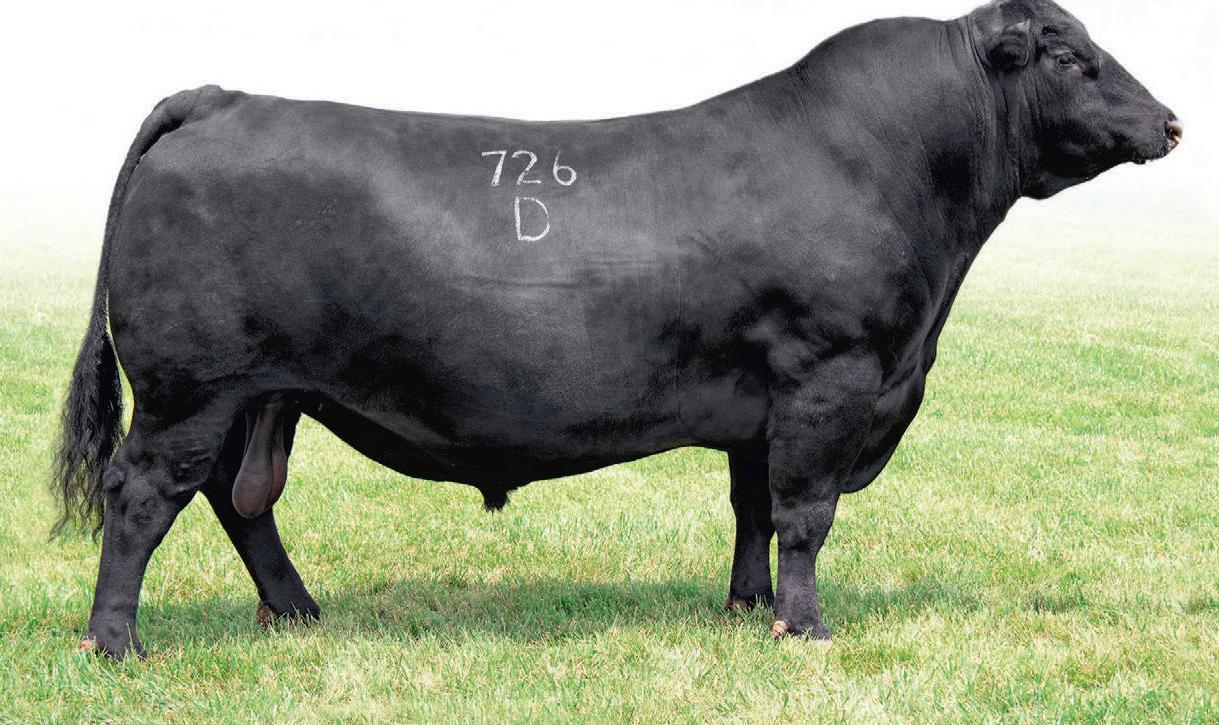


CENTRALGippsland has recorded high groundwater levels for three consecutive years, the highest since records began in the 1990s.
As aresult,the risk of salinity damage to soil and crops is increased across the region.
AgricultureVictoriaRegionalManager Irrigation,SarahKillury, saidseasons 2022-23, and 2023-24 experienced record wetperiods throughthe summer, followed by an extremely dry January to July.
"Groundwater can containhigh levels of salt,and as the groundwater recedes and the soil profile driesout,saltmay be left behind," she said.
"Wehave seen soil tests come back withincreased sodiumand electrical
conductivity, impactingpasture compositionand production on farms in the Macalister Irrigation District.
"Werecommend farmers in the area talk to their agronomist and soil test areas that have been underperforming to see if salinity may be acontributing factor."
Liz SemmensfromVastAgronomy has seen hardsalt pans and scaldingacross paddocks.
"Salinity impactsare often observedin low-lying, waterlogged areas of paddocks butcan be difficult to spot," Ms Semmens said.
"Signs include poor pastureproduction, leaves appearing smaller and darker than normal, salt-tolerant speciesbeginning to dominate,vegetation dieback, and
increased sodium and electrical conductivity in soil tests.
"Periodsofprolongedwaterloggingdue to poor drainage canalso cause salinity issues.
"With risingwater tables,shallow bore water quality can vary greatly. Farmers using shallow bores for stockwaterand irrigation areencouraged to check salinity levelstoensureit’sstill fit for purpose Saline drinkingwater can limitanimal growth."
Free salinity water teststo check that water is suitable for irrigation and stock water use areoffered through the AgricultureVictoria Maffra office.
"When farms changeownership in the area, newer farmers in the district may not
be awareofsalinity risks and the various management strategies to reduce impacts and maintain production," Ms Killury said.
While Ms Semmens said issues that had previously been put down topoor paddock performance wererelated to the effects of increasing salinity.
Areas in the Macalister Irrigation District prone to high-water tables areWinnindoo, Nambrok, Denison, Bundalaguah, Airly, Fulham and Clydebank.
For moreinformation on how to manage farms impacted by salinity, contact your local agronomist, or Sarah Killury of Agriculture Victoria at: sarah.m.killury@ agriculture.vic.gov.au







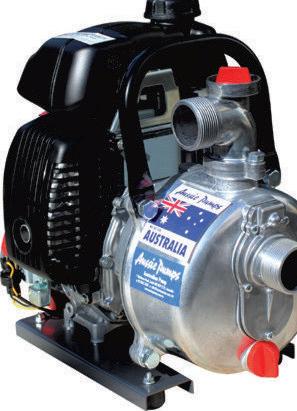
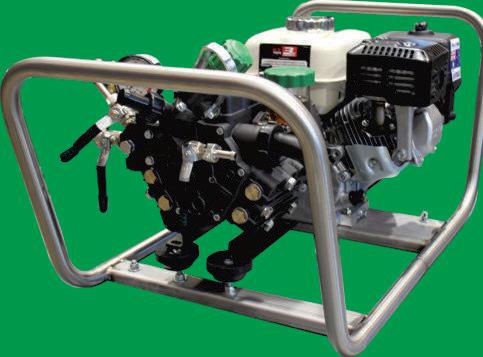


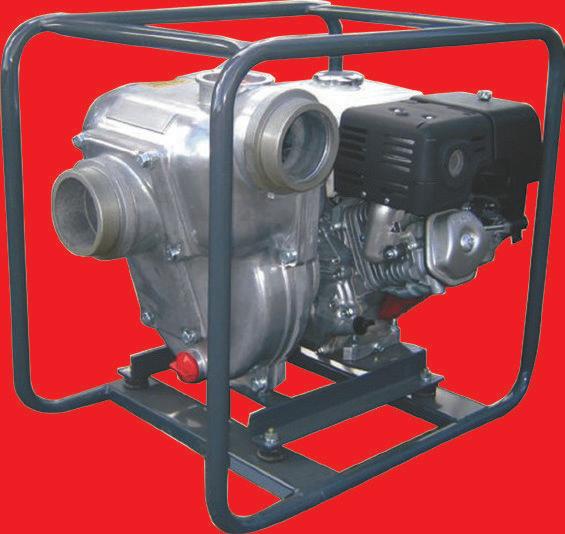
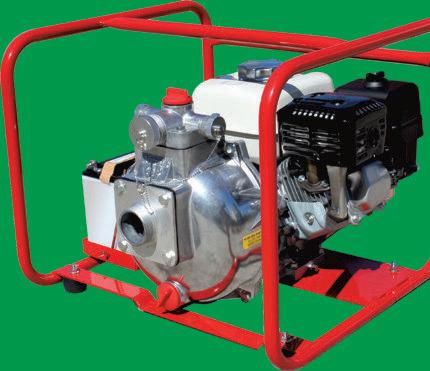
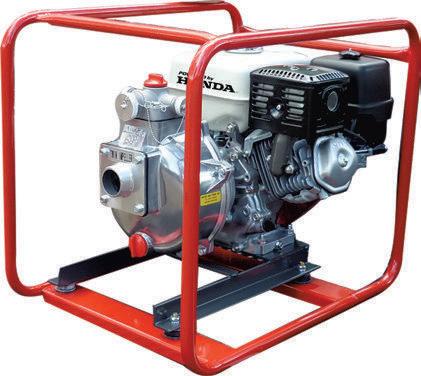





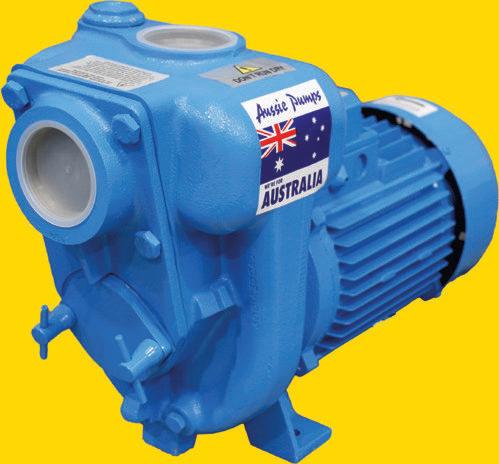


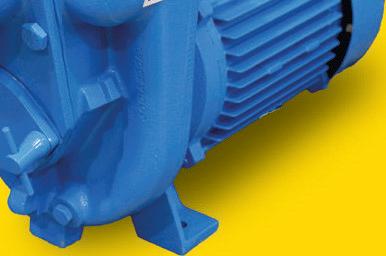
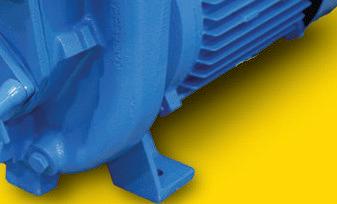
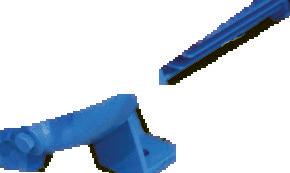




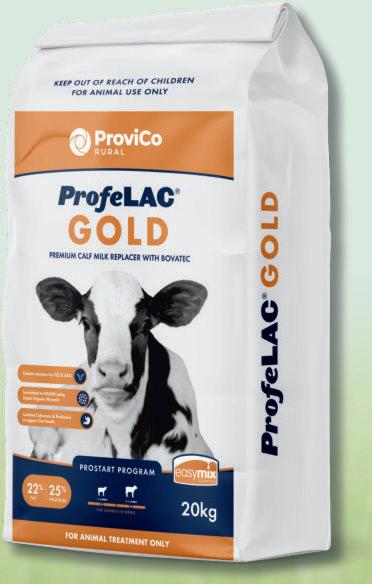
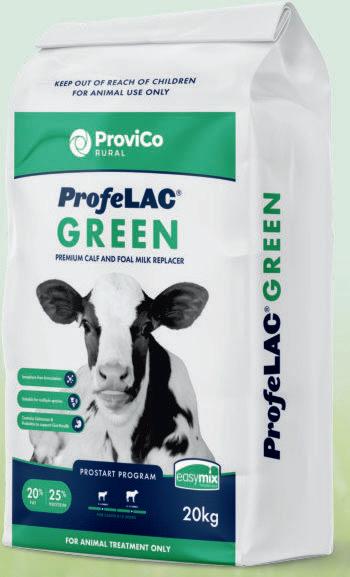



























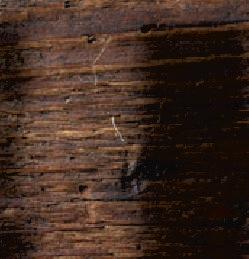
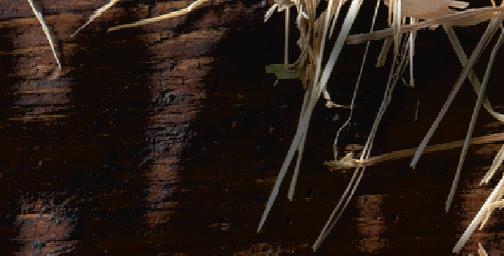


















SILAGE is essentially “pickled pasture,” or fodder that’s been fermented to feed cattle or sheep during dry seasons
Silage is stored using plenty of moisture, which allows it to retain a higher percentage of nutrients than a dry storage option
The importance of silage is in its energy It often serves as a high-energy source for animals such as cows
Both silage and hay are popular ways for farmers to feed their livestock

They’re both comprised of grass and considered a preservation method of forage
The primary difference between hay and silage is hay is grass that’s cut and dried and silage is fermented and stored in a silo




















As a result, they have several distinctions:




Moisture content: Hay usually has a moisture content of 12%,









whereas silage moisture content is between 40-60%
Storage methods: Hay is mowed, dried and stored in bales
Silage is compacted and stored in air-tight conditions without being dried
Digestive capabilities: Animals do not digest hay
Silage is partially and easily digested, offering more nutritious value
Preservation: Hay is typically kept in a bale while silage is stored in a bale and covered with tight plastic wrap
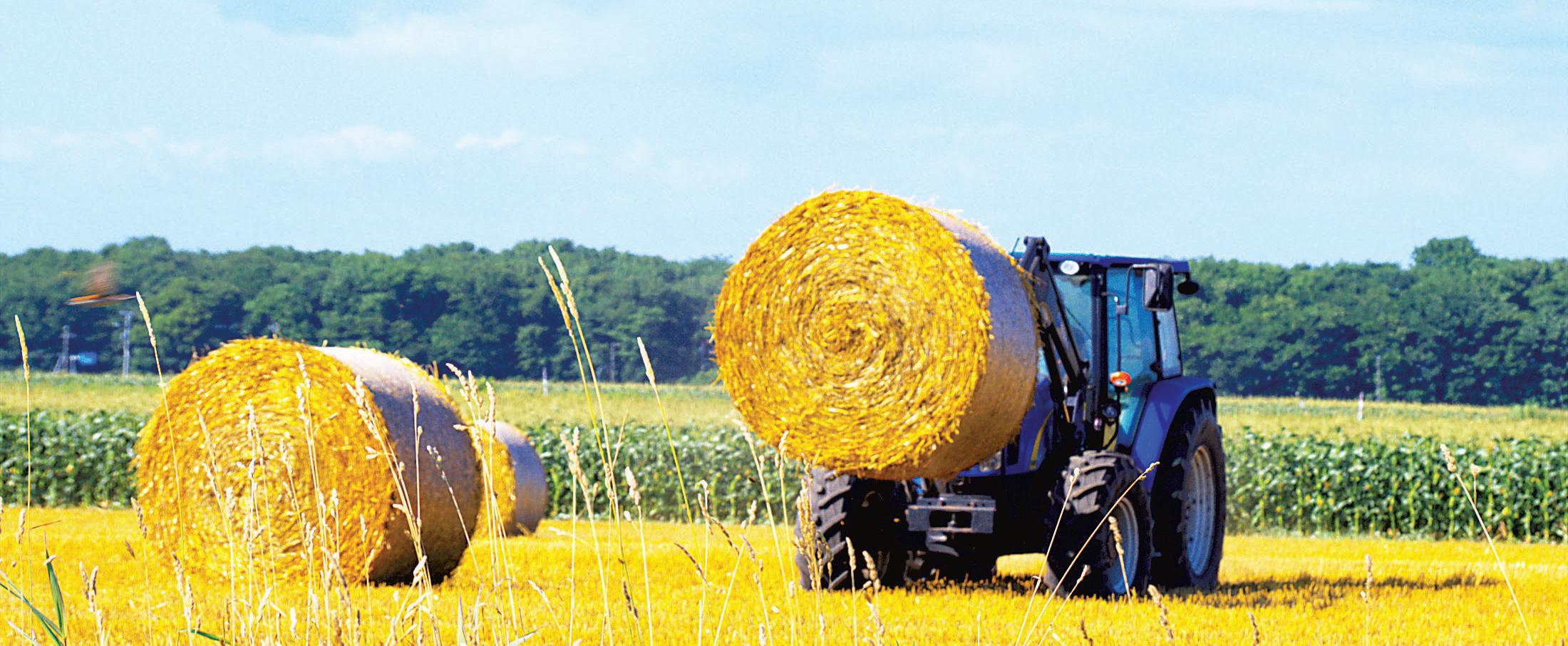


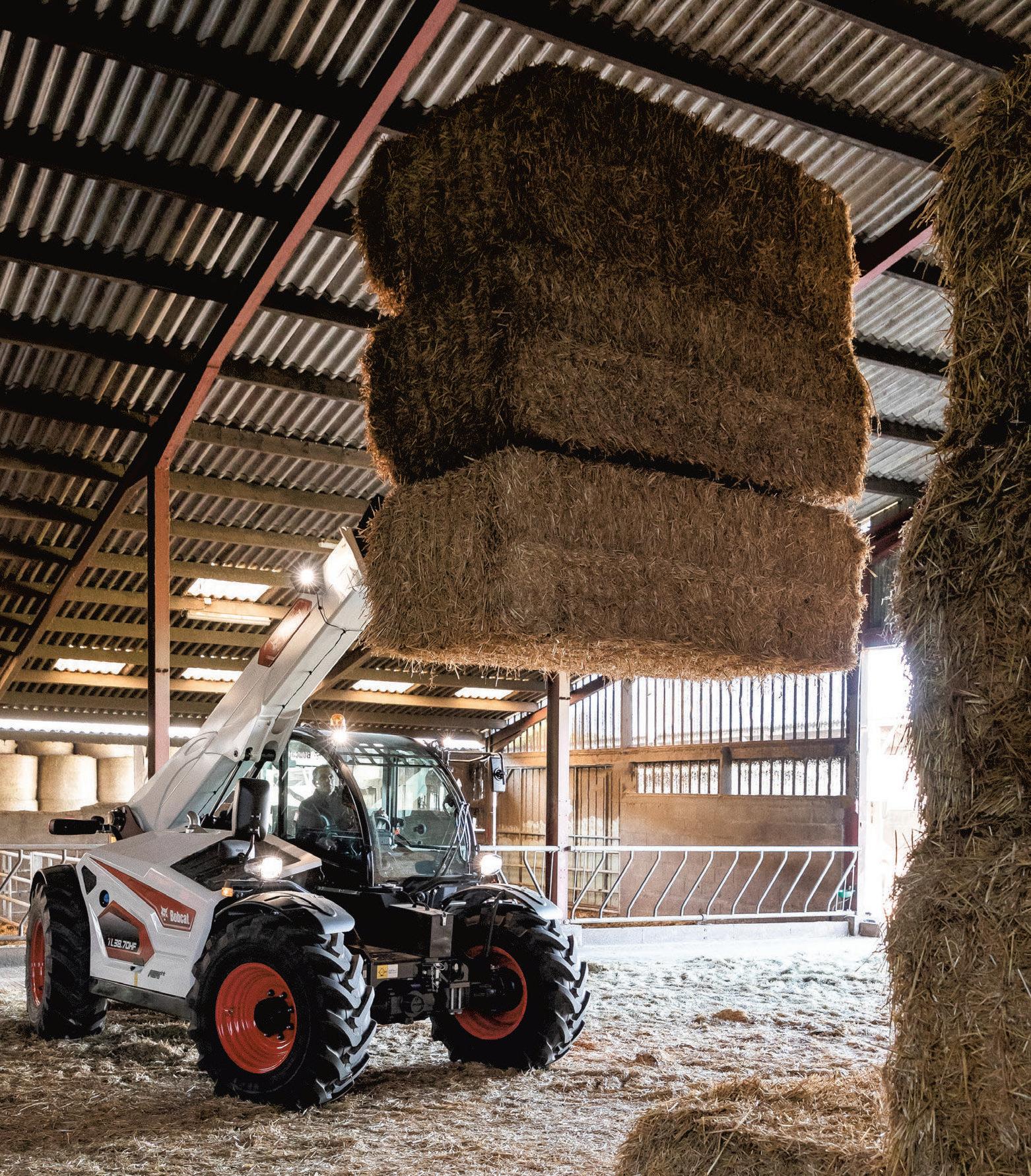


MANAGING plastic waste is amajor challenge for farmers.
With 8,000 tonnes of farmplastics used annually in Australia the environmental impact is significant.
Addressing this issue head-on, Biogone has developed Australia’sfirst landfillbiodegradable silage stretch film and hay bale netting, offering apractical solution that meets the demands of modernfarming without compromising environmental responsibility
Biogone’sinnovative products incorporate ahighly biodegradable organic polyester into conventional plastic.
This polyester attracts microbes in landfills, accelerating the biodegradation process by 90 per cent compared to traditional plastics.
Crucially,this process does not produce harmful microplastics and results in organic matter,anatural fertiliser
What sets Biogone’slandfill-biodegradable plastic apartisthat it offers the same durability,flexibility,UVprotection and moistureresistance as conventional plastic.
These products won’tstart to biodegrade until they reachlandfill conditions, remaining reliable and effective for crop protection without any shelf-life concerns.

Additionally,Biogone’ssilage wrap and hay bale netting arerecyclable through local agricultural plastic recycling programs, supporting broader sustainability initiatives within the farming community and helping reduce the volume of plastic waste in landfills.
Dr.Ross Headifen, co-founder of Biogone, emphasises the importance of proper disposal: “Our landfill-biodegradable products will not biodegrade if simply buried in the
ground, as thereare insufficient microbes.
We encourage farmers to work with local recycling programs, and wherenone are available, work with plastic waste collection programs to have these products disposed to amodernlandfill.”
choosing
To learnmoreabout Biogone’srange of landfill-biodegradable products, visit biogone.com.au







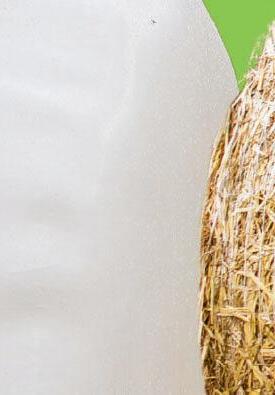


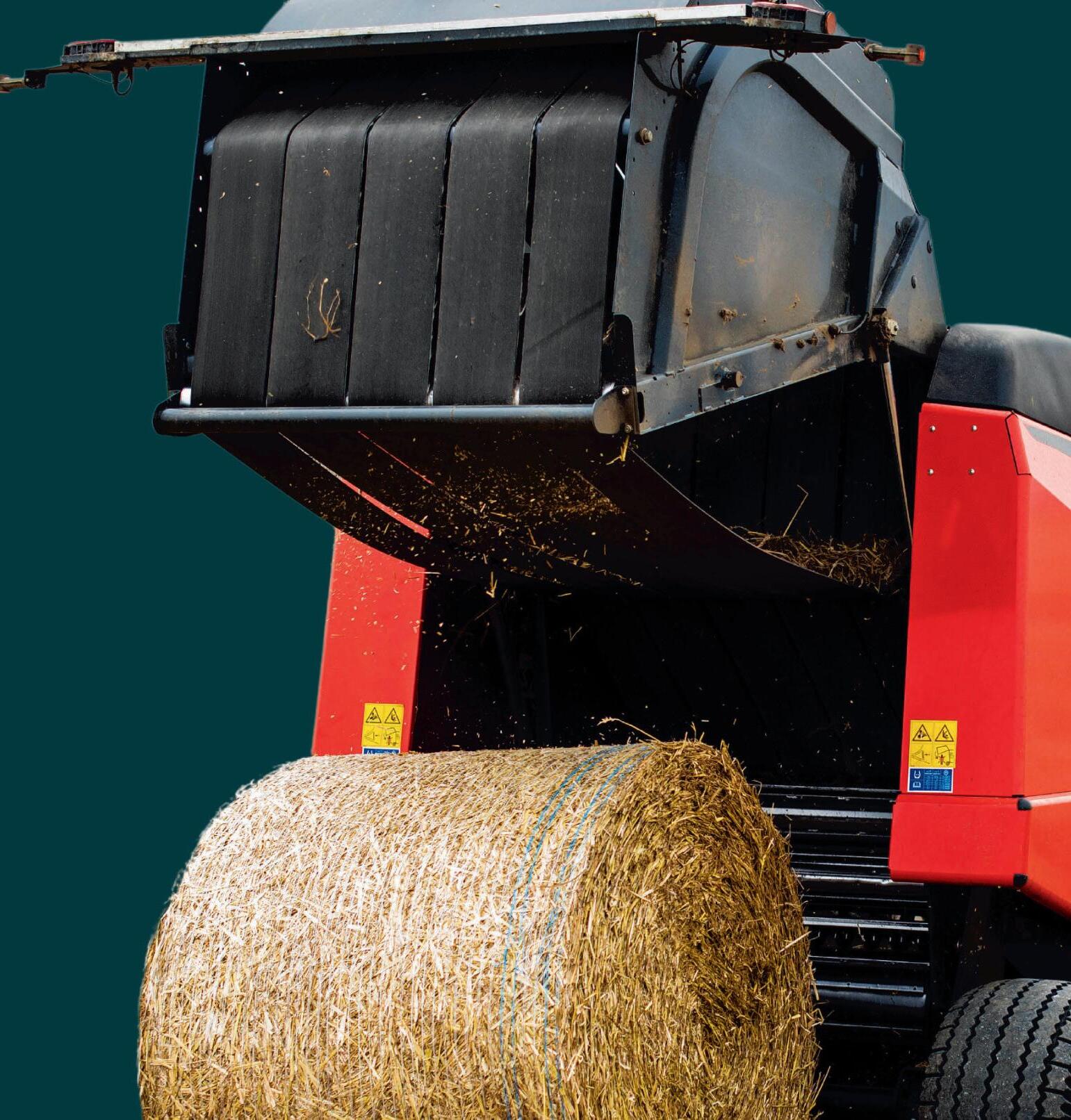

THIS year Chapman Machineryhave sent one of their technicians to the Krone FactoryinSpelle Germany for Big XForage Harvesters, Big MSelf Propelled Mower and VariPack Baler Instructor Led Training for two weeks.
Getting the knowledge firsthand from the people who design and build the equipment.
Partofthe preparation for the season, along with the most technician’sthey’ve had this season, they have covered extra training throughout the year from AGCO (Massey Ferguson/Fendt/Valtra) and Krone in Melbourne.
Chapman Machinerystock and sell the same select models, which allows them to robparts from their stock if they don’thave them on the shelf for abreakdown to get the customers up and running asap.
They have some larger equipment for their area going out this year,with the Krone Big MSelf Propelled Mower and the Krone 4 Rotor CentreSwadroRake.
Looking forwardtogetting them out there working.
The Krone Varipack roundbaler has been out afew years now performing exception-



ally well, with Gav and Tomkeentoshow offits capabilities, the guys looking to Demo the stock V165xc baler
Thereisstill some large Krone wagons aggressively priced to move on until Oct 31st, ZX430GL, MX330GD, RX400GL and the MX330GD while stocks last.
They have plenty of Krone, Massey Ferguson and Fendt stock built readyto go, pre-price rise prices: mowers, mower conditioners, 3PL or trailing tedders, rakes, and Fendt ROTANA 180V XTRA.13 ROUND Balers.
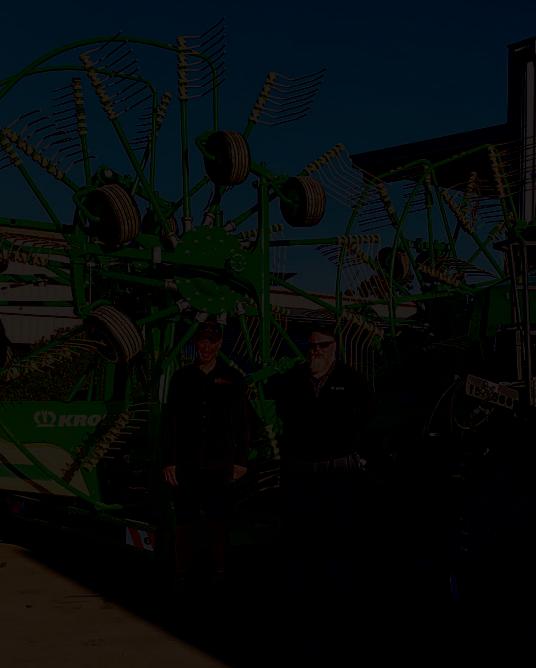
IN the demanding world of farming, the protection of hay is often overlooked.
Yet, haystack covers, though modest in appearance, play acrucial role in preserving this valuable resource.
Their importance cannot be overstated, especially when considering the impact of weather on hay quality
For over 68 years, Bartlett’shas supported Australian farmers by providing reliable haystack covers that stand the test of time.
This long historyunderscores the vital role these covers play in farmoperations across the country.
Hay is asignificant investment, and without proper protection, it can quickly succumb to the elements.
Rain can seep into unprotected stacks, leading to mold and rot, which not only reduces the quality but also the quantity of usable hay
This is wherehaystack covers step in as unsung heroes.
Made from durable woven polyethylene, these covers aredesignedtowithstand harsh conditions, including intense sunlight, backed by athree-year UV warranty
The design of these covers goes beyond mereprotection.
Welded seams prevent water from leaking through, keeping the hay dry.
Reinforced eyelets, strategically placed around the perimeter,allow the cover to be securely tied down, reducing wind flap—a common issue that can cause significant damage over time.
In farmmanagement, ahaystack cover might seem like asmall detail.
However,byprotecting hay—an essential commodity—these covers contribute significantly to the efficiency and sustainability of farming operations.


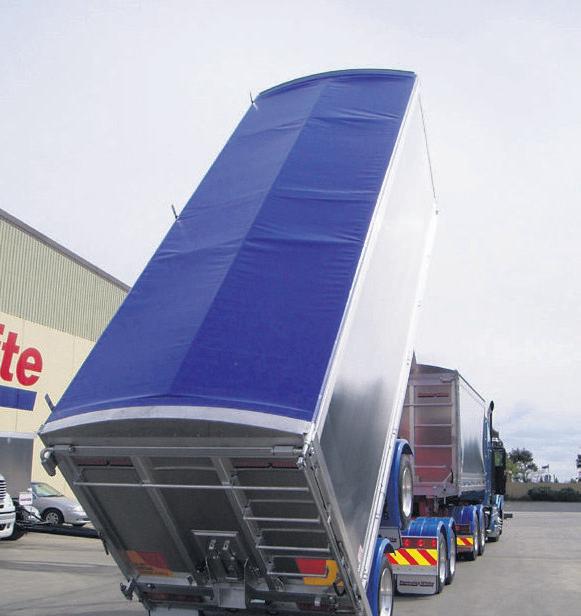






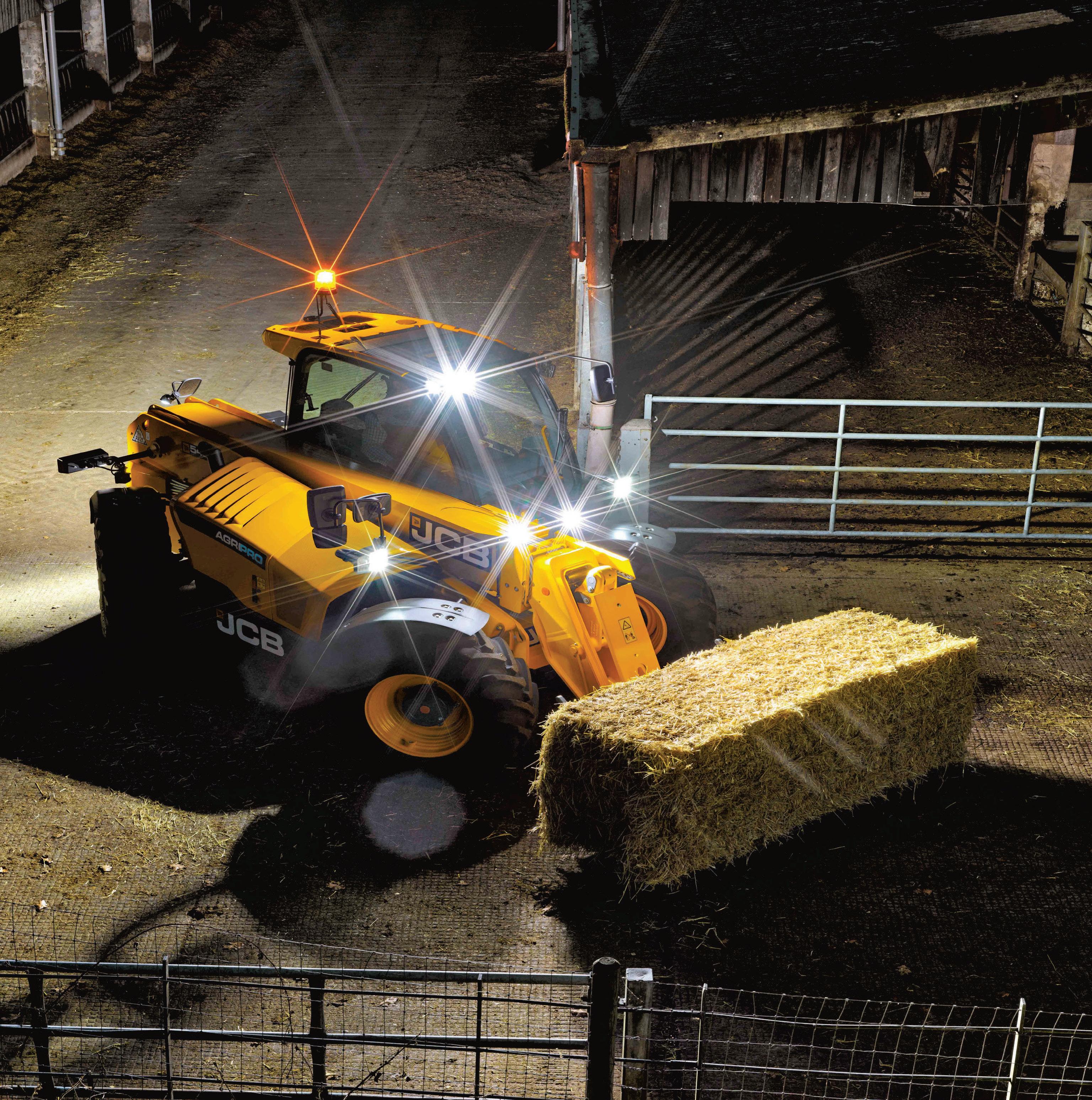

If you’researching for ashedthat’saffordable and will last for many years to come, look no further than Macalister Sheds. They areyour local Safety Steel Structures agent.
When you view their selection of machinery or hay sheds, you will quickly find shed designs that arestrong and comply with Australian farmshed building standards. All of their kit farmsheds aresimple to erect and have been designed to withstand the elements and severeweather conditions.
Their steel frame shed builders can
manufacturebuildingsinmany different sizes.
Select ashed size option that suits your property; whether you only have alimited amount of space or awide space to work with and they will create shed designs and plans that will make sureyou get ashed built to your required size.
The storage sheds they manufacture provide maximum protection from the elements and will keep everything stored inside secure.
They can create customised storage shed



Formaximumprotection from theelements andto keep everything stored inside secureyou canrely on aSafety Steel Structure. Let us customise afarm shed that will be
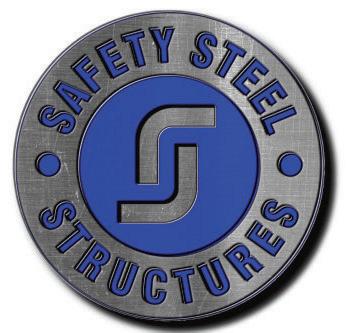
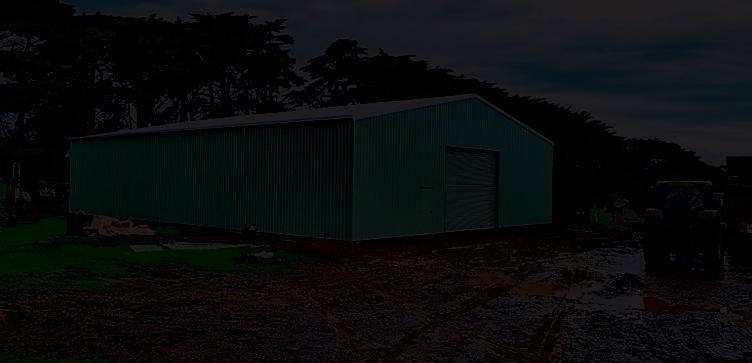
construction plans that will ensurethat the shed you requirewill be the exact height and width you need.
Do you need aplace to storea harvester or tractor?
Their farming and building equipment sheds provide apractical storage solution
for many different storage requirements. They will create detailed farmequipment storage building plans that will take the dimensions of your equipment into consideration.
All of their equipment shed plans and equipment shed designs also make durability akey feature.
To find out morecall 5175 0522.
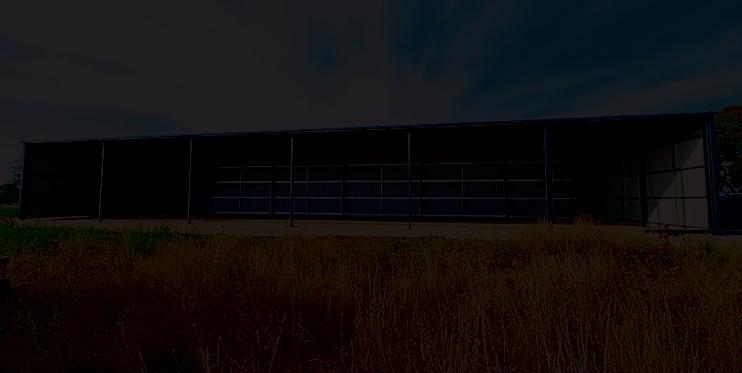



NETHERCOTE Agricultural Contracting is a family owned business servicing all areas of Gippsland.
They offer afully intergraded contracting service.
This includes bulk and bale silage and hay, slurrytankers, spreading, spraying, tillage and direct drilling.
They also provide hay and silage sales and transport, seed sales, fencing, farm building construction and excavation.
Started in 2004 the main focus has always been not to be the biggest but to be the best.
As aresult they have put together ateam
of passionate and enthusiastic people that genuinely live and breathe all things agriculture.
This has been acritical driver of their success because everymember of their team knows how important it is to have attention to detail to ensurethey deliver the best results to the customer regardless of if they aredoing bulk silage or cleaning up a silage stack area.
Nethercote Agricultural Contracting have an extensive range of state of the art equipment that is always purchased with the customer in mind to provide results that set them apartfromothers.

The realityisthat the cost of any contracting service is normally verysimilar but the results and the quality of the work can be verydifferent.
So it makes sense to align with acontractor that can constantly deliver the best possible results.
This is the satisfying feedback they continually receive.
In alignment with their business beliefs, of providing the best possible service, their passion is to work with farmers that have a similar view who run their farming operation in the same way
Unfortunately farmers arequite often satisfied with the fact that acontractor just showed up and got the job done regardless of the quality of work.
Nethercote Agricultural Contracting are looking for farmers that not only value turning up on time and getting the job done, but see great value in the attention to detail they offer and the results they provide.
If you arethat type of farmer Nethercote Agricultural Contracting would love to talk to you about the differences they can offer and how they can help you deliver successful outcomes for your business.








































































AT Farm Forest Drones your satisfaction is their main priority
Since the business started quality has been the focus.
By working with the best materials in the industrytheybelieve great results have been proven with customer satisfaction and value for money
Having an interest with drones and DJI products they ventured out and purchased the latest products and introduced their implementation on the family farmin January2022.
Since then they have utilised these products on steep contours of farmland, forestryand water logged vegetable crops throughout Gippsland.
Utilising the equipment in all aspects from weed targeting/spot spraying, broad acre spraying and broadcasting seed and fertilisers on waterlogged, delicate crops or steep terrain.
Now FarmForest Drones areofferingtheir services all across Gippsland
THE drones areused to spray diseases, manage weeds and as aformofpest control while providing precision application and reduced chemical usage.
This equipment provides awide array of capabilities including treatment of both

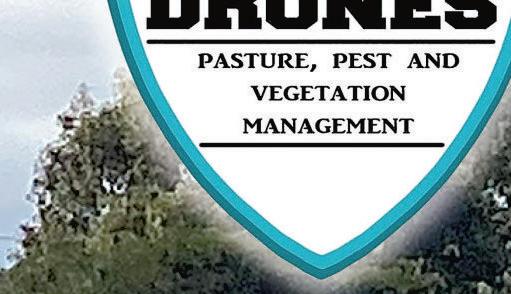
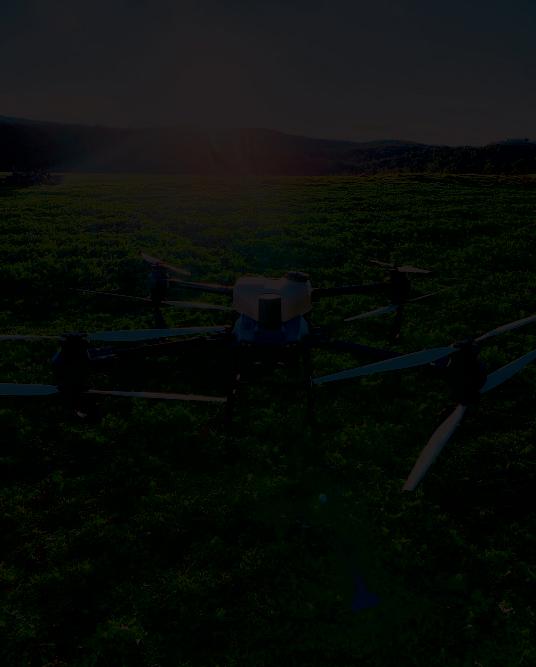
broad acrespraying and weed targeting/ spot spraying.
They have proven great results with accessing difficult terrain and delicate or waterlogged crops having zerocroplosses due to no ground compaction.
Due to the flexibility of drones and aerial application they can be another tool in your toolbox for when conventional methods aren’tsuitable or simply to assist in lowering your workload so you can focus on other areas in your business.
FarmForest Drones have the ability to customise spraying and broadcasting solutions to your specific application and ensureyou receivea quality outcome every time.

Spot spraying
Broad acrespraying and broadcasting
Spraying on waterways/ irrigation channels and lagoons
Steep terrain that tractors or vehicles are unable to access
Orchard, Plantation and vegetable spraying/ broadcasting
Herbicides, pesticides, fungicides
Mouse, slug/snail baits
The combination of speed and power means that areas areable to be treated up to 40 times faster than manual spraying operations.
FarmForest Drone’sexperience has proven great results and efficiency across many sectors from horticulture, silviculture to all aspects of agriculture.
Previously they have only relied on wordof mouth for business and have had steady growth and return customers.
They can’tthank their customers enough for their kind words in supportofthissmall business.
They arenow looking forwardtomeeting new potential clients and to find out how they can supportyourbusiness.
Please give them acallfor anoobligation discussion to answer any questions you may have with the equipment and see if they can assist your business.
So far they have managed to complete large areas for example 60ha of maize with one drone in asingle day with ease.
They have now added athirdand updated spray drone so arelooking forwardto obtaining larger scale tasks to really work out the efficiency with multiple units running.
FARM Forest Drones AGRAS T50 and T40 have the ability to accurately broadcast products such as seed, granular fertilisers and slug/snail bait in any desired rate per ha.
The AGRAS T40 is equipped with active weighing sensors that monitor the spread quantity and remaining payload ensuring correct dispersion of product.
It has amaximum spreading payload of 50KG and provides efficiency to cover broad acreorlarge hectares regularly and consistently
FARM Forest Drones arepartnered with a leading electronics importer with premises in everymajor city to be able to offer sales, service/repair and equipment setup on your farmorbusiness.
They provide the flexibility to offer setup days and assistance through your journey with DJI Spray Drones.
They can also offer mapping of your farm paddocks and help with loading your paddocks into your controller ready for ease of selection and implementation.
For moreinformation visit: www.farmforestdrones.com

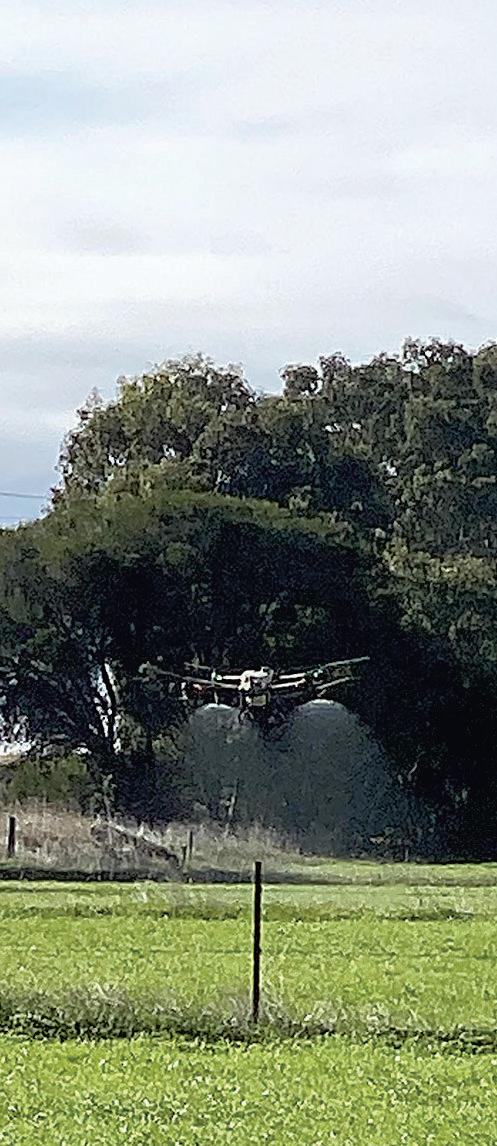
















Drone treatments include:









- Spot spraying






















- Broad acre spraying

















- Spraying on waterways, irrigation channels and effluent dams





























- Orchard and plantation spraying





















- Herbicides, pesticides, fungicides




























- Broadcasting granular fertiliser, seeds and baits

























Up to 40 times faster then manuel spraying





















DJI Spray drone sales and setup




























































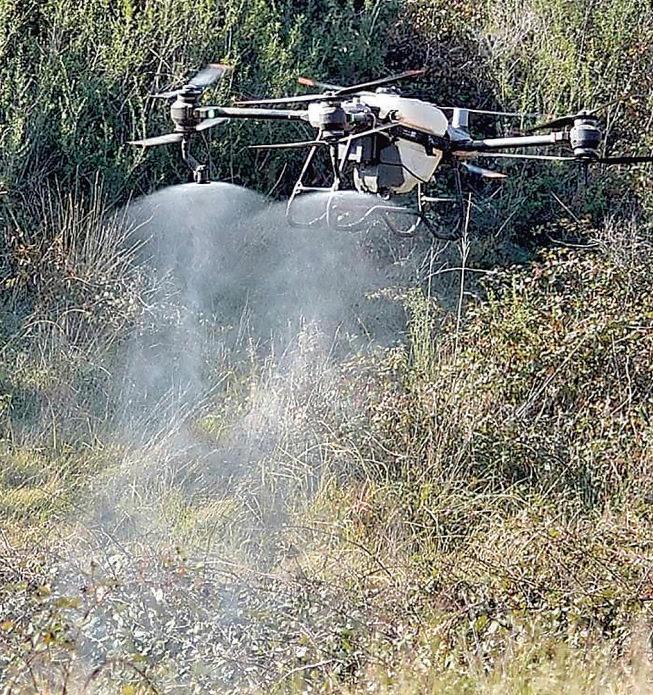







Now is the optimal time to spray weeds while they are still young and actively growing. Book now growing

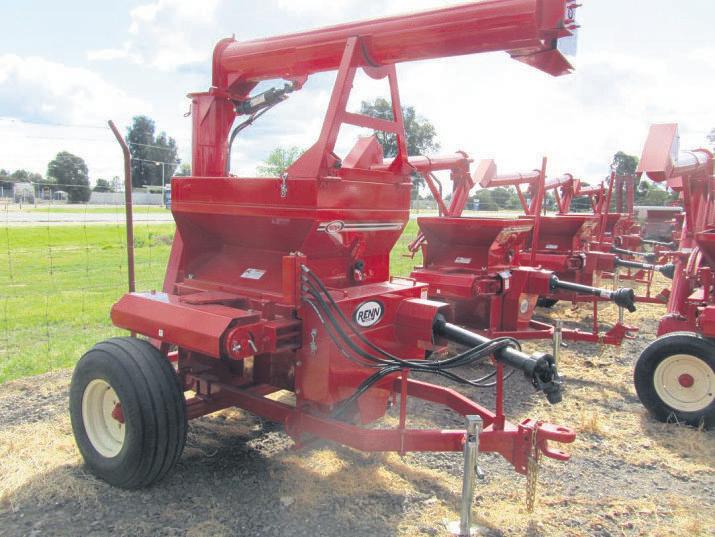

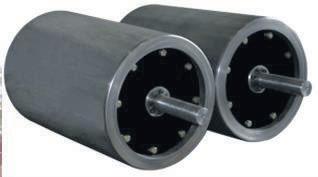


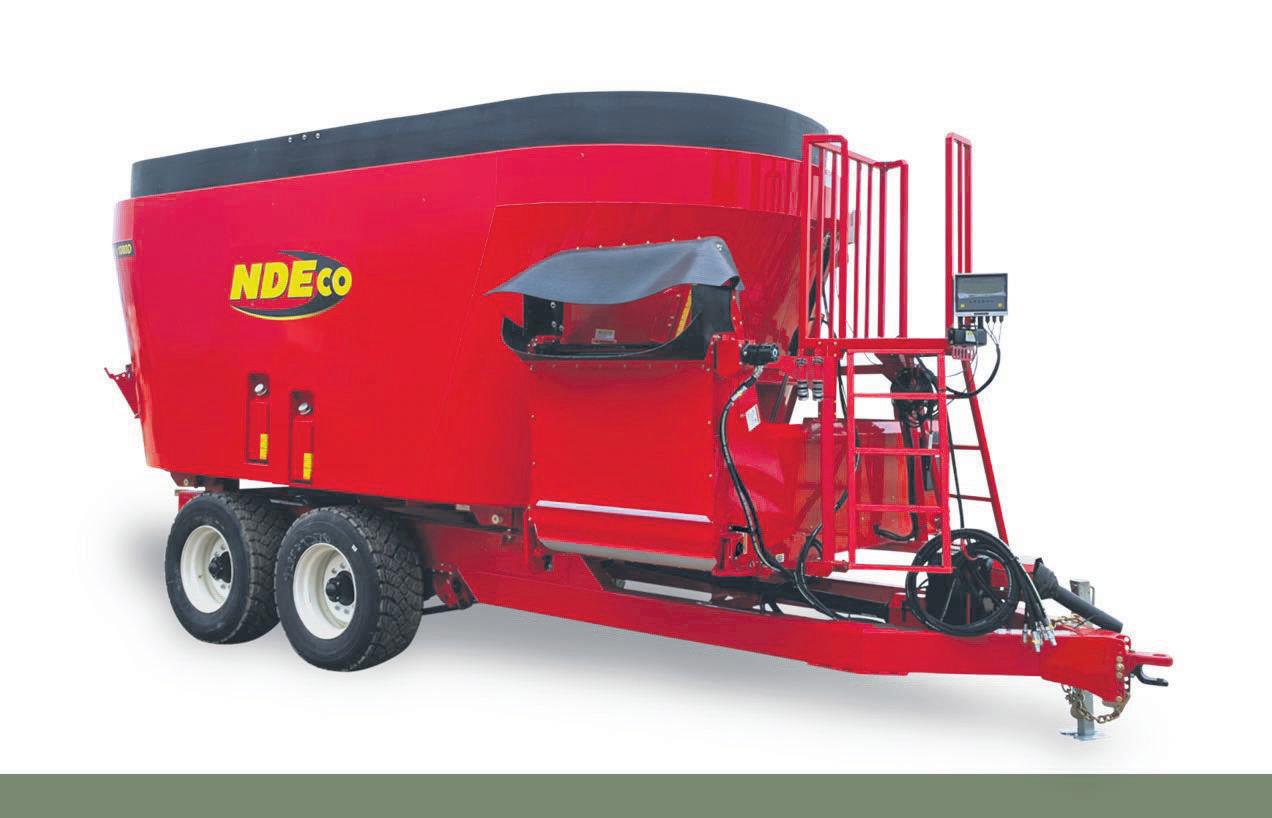


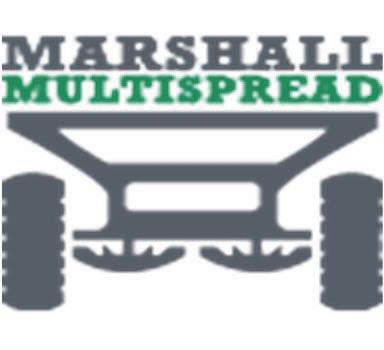

SPRING presents an opportune time for pasturerenovation, enabling you to maximise your income or achieve specific production goals.
Effective planning and organisation are critical in staying ahead of your feed requirements. Establishing astrong feed base for the season ahead will build resilience for when futurefeed gaps arrive. By assessing your existing circumstances, identifying constraints, evaluating paddock potential and setting attainable goals, you can better map aclear course of action. Remember,home-grown feed stands as your most cost-effective feed source, deserving thorough careand attention for maximum benefit!
Appropriate paddock preparation is crucial in setting up your new pastureorforage crop for success.
Ensuring you have aclean, weed free seed bed with good fertility goes along wayinhelping the establishment of your new pastureaswell as having no limiting soil structureorfertility issues.
Up to date soil tests can be an invaluable resource and help guide not only your paddock preparation steps but also aid in species choice.
renovation, you need to match the pasture/ crop choice to your situation.
BrownWigg have the right choices for you, from knock down, fertiliser and the right seed choice, come on in and chat to the friendly team at any BrownWigg store.
Once your new pastureissown, it’skey to treat them carefully
Observing for the presence of pasture pests or emerging weeds is crucial to allowing the correct identification and control in atimely manner
It is also important to follow astrict grazing management plan, waiting until the plants arefirmlyanchored beforetheir first, light graze.
Once ready, don’tdelay for too long as the first graze is essential for helping the plants tiller out, aiding in futureproductivity and persistence.
The first light grazing also allows sunlight into the canopy to assist the establishment of companion clovers, if present.
New pastures or strategic crops can offer moregrazing potential than older ones and thereforetheywill need afertiliser program to match your productivity goals.






Your highest chance of success will be found from sowing into acultivated, fine, clean seed bed, however sound results can still be achieved via aknockdown spray and drilling, or by direct drilling into an existing swardifthere is alow-weed burden and existing cover is reduced.
Whether you have an underperforming pasturethat needs topping up, asummer crop or apaddock that needs complete
Soil-tests combined with your production goals should guide your fertiliser application of NPK’sand trace elements (where required) to get the most out of your new crops.
And don’t forget to talk to Brownwigg about your fodder conservation needs, from the best inoculants, Net Wrap, silage plastic and silage covers,they have it all!
“Brownwigg, first to open last to close”





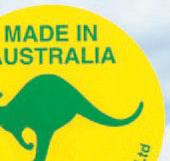


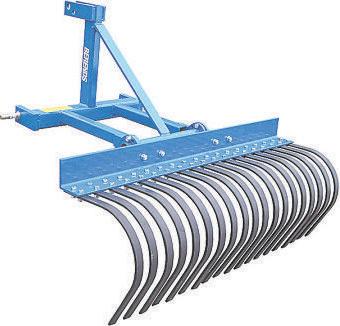
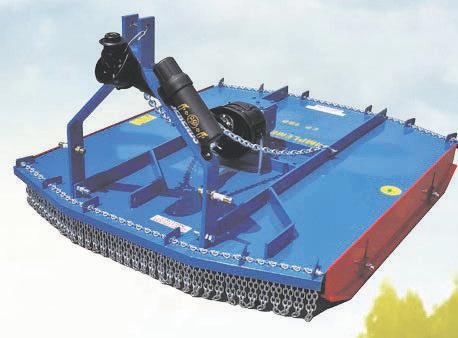





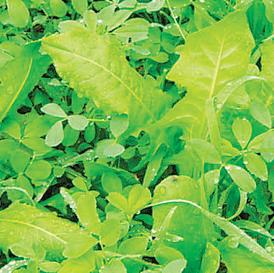


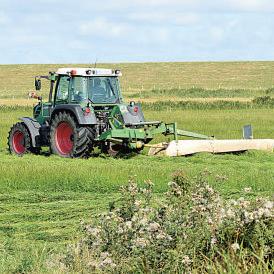














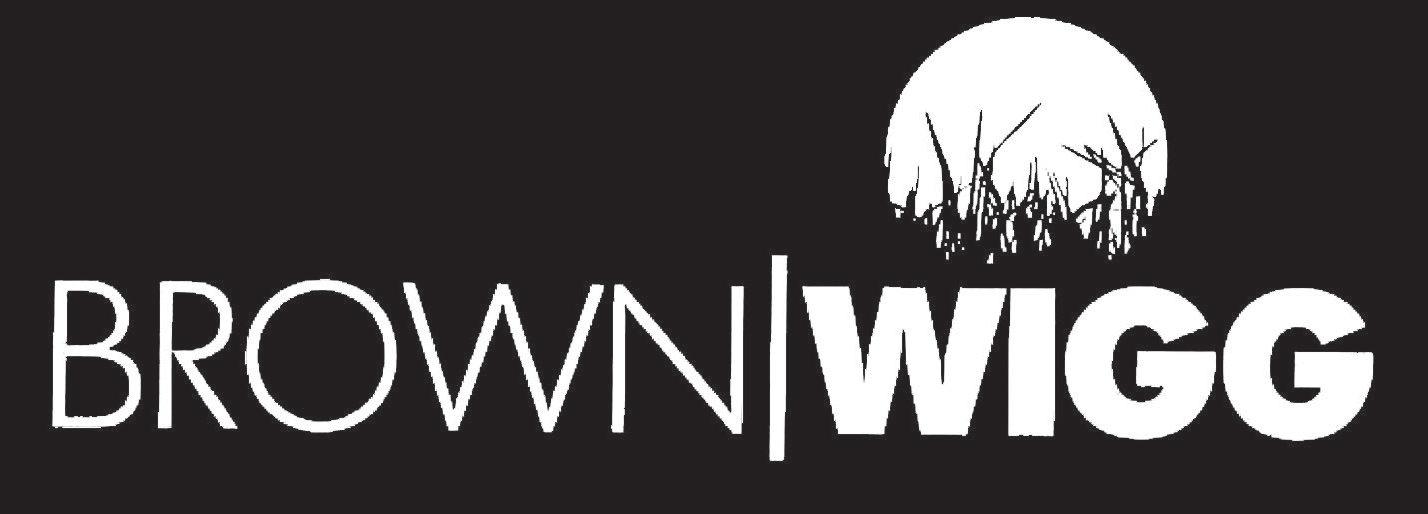



SILAGE, particularly wrapped in roundor squarebales, has increased in popularity over recent years.
With this year’sbumperwinter and spring over many parts of southernAustralia, relatively low cattle numbers and high restocker prices, many producers are considering what to do with the surplus feed in their paddocks.
Ongoing rain is making for adicey hay making season which has moreproducers considering silage.
When harvesting early to make high quality silage, temperaturemay be low(20 -22C), possibly overcast and the ground probably damp.
Mow mid-to-late morning, after the dew has lifted, when the weather forecast or your own experience indicates 2- 3daysoffine weather approaching.
This ensures aquicker wilt at atime when the ground is still moist and drying weather is warmrather than hot.
Mow only the area of the crop that you can safely harvest in the next day or so within the limits of factors such as machinery, labour and weather
Spread (ted) the crop immediately after mowing if you have access to atedderor tedder rake.
This will increase the rate of wilting by 30 to 60 per cent.
Travel slowly (5 -6km/hour)for this first tedding to ensureall the mown pastureis spread evenly and to avoid lumps being formed.
If mown in late spring/early summer and the first day turns out hot, the grass will wilt veryquickly and may enable you to begin harvesting on the same afternoon as mowing.
Early in the season asecond spreading, after the dew has lifted, is often required as drying conditions at this time of year are not conducive to fast wilting.
If you plan to forage (loader wagon or precision chop) the crop, startwhenthe dry matter percentage of the wilting pastureis approaching 28 to 30 per cent DM.
Youmay have to startharvesting before28 per cent DM if the forecast is for ahot day, bad weather is approaching or you have a lot of pastureonthe ground.
As the crop dries, you will be able to shift up one to two gears.
Youmay be able to dispense with the second tedding if the crop is light, the crop had agoodwilt the day beforeorthe day of harvest is expected to be hot.
If you plan to bale (round or square), start when the drymatter content is approaching 40 per cent DM.
This should be about mid-day or midafternoon.
Occasionally you may need to respread the grass athirdtime and bale later
This might occur if the weather turns cloudy,misty and/or the crop is veryheavy
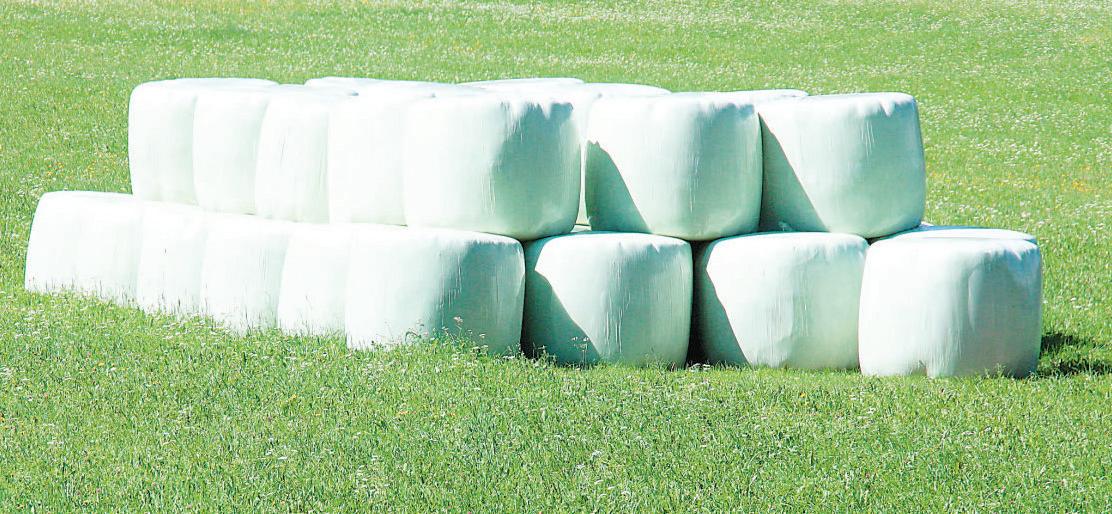
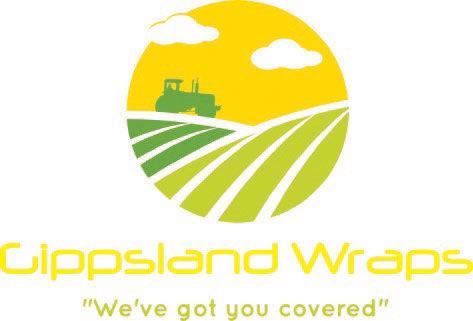


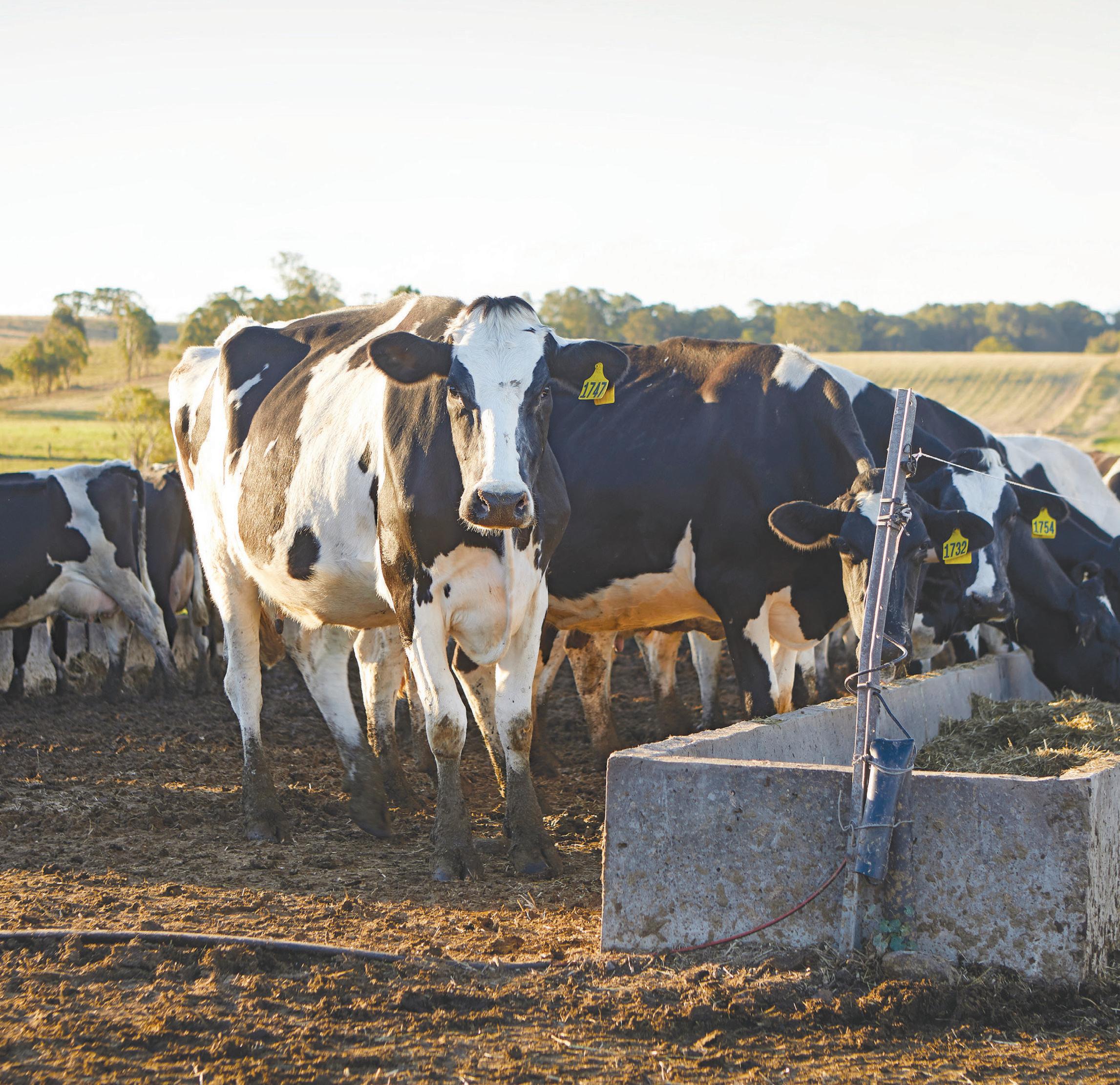


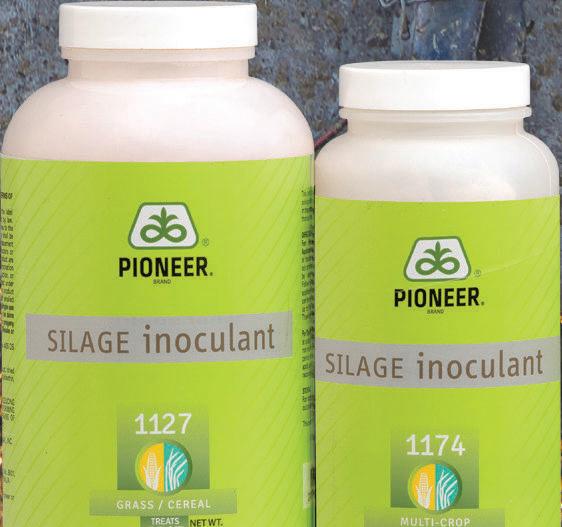







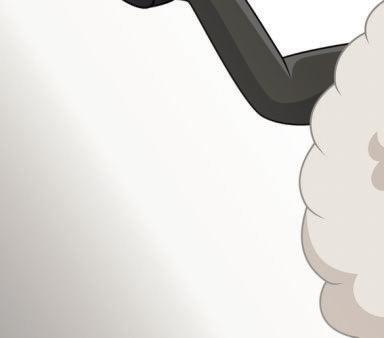
WHATweare concerned about when we arethinking of adding sheep to our farmor starting out with afew sheep?
Fence pushing?
Feet issues?
Shearing?
Greasylamb aftertaste?
The WiltshireHornbreed of sheep is a hardy British, wool based, self-shedding breed.
They need minimal intervention and no shearing!
They respect fences and areeasy to muster with alittle training.
With black feet they stand up in wet conditions, in factthey quite like the rain!
All you need is atreeortwo as they aren’t big fans of a35-degree day!
They areoften described as the best tasting lamb and the meat develops more flavour the older the animal gets!
They area meat sheep so they arebredfor eating and savouring!
All this makes the breed ideal for micro farms, lifestyle farms or those wanting to capitalise on the paddock to plate market which is booming in Gippsland right now Hallston Valley Farmdemonstrates how sheep can work veryeffectively and be commercial on small holdings in areas of Gippsland.
As the WiltshireHorntag line goes it is a no wool, no worries and no regrets sheep breed!

WiltshireHornsheep first arrived at Hallston Valley Farmalmost 10 years ago.
Today the farm, owned by Jill Noble and GaryTie,ishome to the biggest flock of registered and commercial WiltshireHorn sheep in Victoria.
The pair run their farmbased on regenerative principles and use chemical-free products like Bioworma and Barbervax, the world’sfirst vaccination for an international parasite.
They also use the services of the Gippsland VetGroup to help monitor the worms present by conducting regular faecal worm tests.
The stud is Ovine Brucellosis accredited and their flock is fully vaccinated for Ovine Johnes disease.
Again reassurance for both new and experienced sheep breeders.
The farmisopen to the public and Jill and Garyhave astrong education focus helping to mentor and supportthose new to sheep breeding.
They also offer an after sales service where they will help you with regular animal husbandrylike vaccinations.
Jill also runs the international acclaimed Sheep Show Podcast which is available to download for free from the Hallston Valley Farmwebsite, www.hallstonvalleyfarm. com.
So asupportive, long termbusiness relationship is what you get when you purchase sheep from Jill and Gary. Want to see for yourself and even trysome WiltshireHorn?
Hallston Valley Farmwillhold aWiltshire Hornram and ewe sale on Monday November 4from11am with afreesausage sizzle from 1pm.
Head to www.hallstonvalleyfarm.com or follow Hallston Valley on Instagram and Facebook for details.
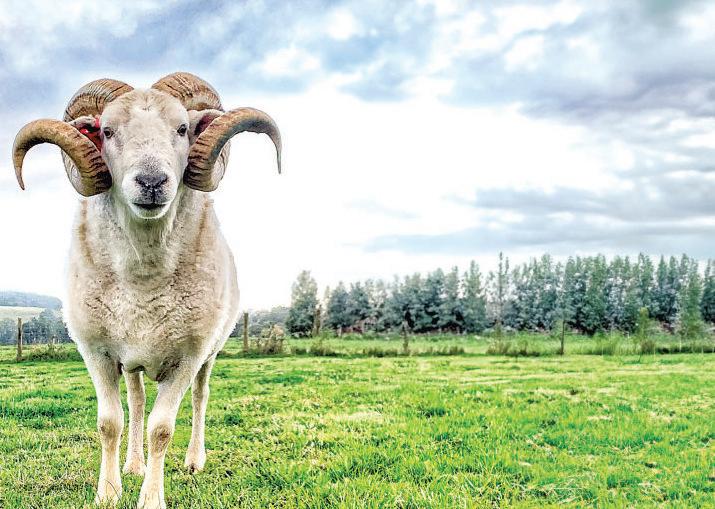






















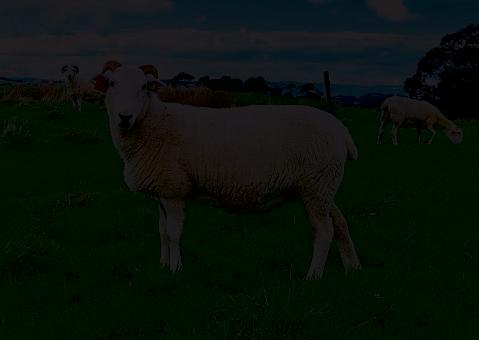

WEDNESDAY 16TH OCTOBER AT




















































































































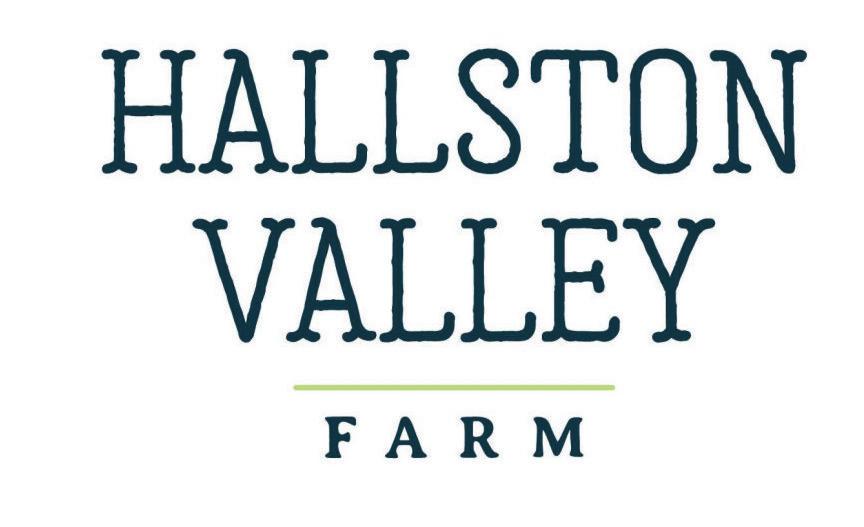
WITH the industryshift to lamb brands focused on eating quality,one Victorian stud is trending well above breed average for intramuscular fat, shearforce (tenderness), muscle and weaning weight.
Fifth generation farmer Roger Trewickand his wife Dianne, of Elmore, have been breeding Poll Dorsets under their prefix Pepperton since 1994 and wereearly adopters of LAMBPLAN performance recording, concentrating on growth, muscling, and moderate fat levels.
Adding White Suffolks in 2004, Pepperton produces each year around 200 rams grazed on dryland lucerne with minimal grain feeding during drytimes.
Data is collected by seven months of age on all rams, and they consistently test high for muscling and growth with moderate fat and lower birthweights.
Roger and Dianne’sson Kurtis and his partner Tara Gibbons have recently joined the management team at Pepperton.
The family was awarded afive star data quality scorebygenetic evaluation service Sheep Genetics in July for their dedication to collecting and submitting high quality data.
“The heavy focus on genetics has been instrumental in producing rams with traits the market is demanding such as high

muscling, fast growth and low to moderate birth weight,” Dianne said.
“The top index ram lambs from each of the sires used in the AI program areDNA tested for intramuscular fat, shearforce, lean meat yield and dressing percentage resulting in excellent lamb eating quality indexes.”
In recent years Pepperton has made consistent genetic advancements towards improving the key profit drivers for their Poll Dorset and White Suffolk rams.
Post weaning weight and post weaning eye muscle depth arebothtrending above the breed average and Australian Sheep Breeding Values analysis target. Tara said the drive to higher post weaning weights had resulted in earlier maturity, higher weights, and afaster turn-offperiod for sucker lambs to market for producers.

THE Vortex Stud was started in 1989 by Robertand Ellen Hooper as aWhite Suffolk Stud and branched out into Charollais in 2013, now with Daniel and Imogen at the helm.
Their objective is to breed stock which arelow maintenance, structurally sound, easy lambing and hardy with ahighvalue carcass.
Their Charollais and White Suffolks come from long lines of sheep which have required no assistance with lambing. Tight wool, clean points and breach enable both breeds to handle grass seeds and stay clean.
The rams areproduced with the commercial producer in mind.
CHAROLLAIS area French breed and one of the most popular terminal sires in the UK, Ireland and throughout Europe. They areone of the easiest lambing breeds and have grown in popularity as aviable option over maiden ewes, ewe lambs and some smaller breeds like fine wool Marinos and shedders. Their high meat yields which can be as high as 50 –55per cent have made them sortafter by abattoirs.
With many breeders struggling to get their lambs to go over the hooks recently, Charollais have been the choice breed







with their ability to grow quickly to the desired weight and yield well.
Charollais tend to have high multiple births and good survivability resulting in high lambing percentages.
They areagreat option for anyone who wants an easier lambing, morelambs, better carcasses and hybrid vigour
WHITE Suffolks areone of the prominent terminal sires in Australia.
They arealarge framed, fast growing breed which produce quality trade and exportlambs.
Their size, muscling and length being key features of the breed as well as their easy lambing structure.
VORTEX arecertified brucellosis free. Rams come fully vaccinated with GlanEry 7in1, Footvax and Gudair (approved vaccinates).
They werevaccinated with Bovilis MH SS RTUaslambs
This means that they will be morereliable, fitter,longer living, longer lasting and less likely to become lame, sick, die or transfer disease.
This prepares them to go anywhere, particularly feedlot environments and farms with foot trouble.

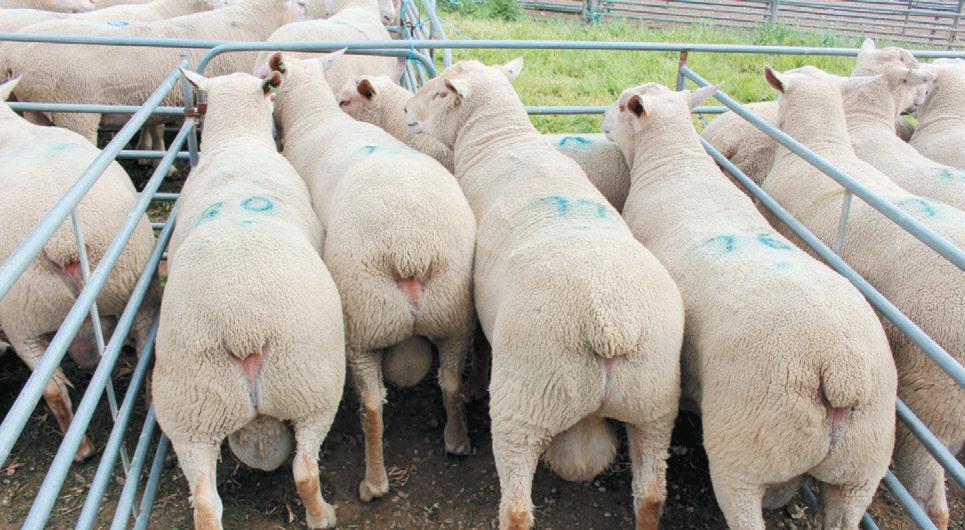
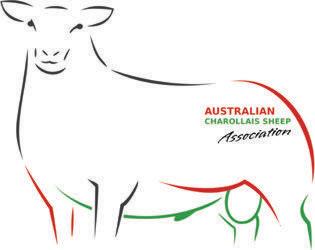
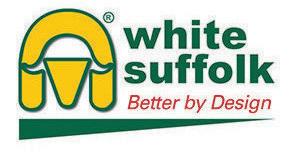
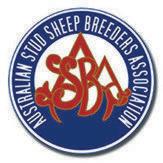
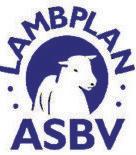

WITH 2000 stud Perendale ewes and a nil-drench regime, the New Zealand primary flock is allowing Australia’s sheep breeders to source these genetics via Skipton’s Mount Monmot Perendale Stud to lead the way in genetic gains
The Perendale is exactly the right mix of resilience and performance producing high grading meat and quality wool, even in the harshest of environments” says one of New Zealand’s most experienced sheep breeders, David Ruddenklau








A vision to produce a more robust and efficient sheep led the Fletcher and Boyer families to search New Zealand for




elite bloodlines over 15 years ago
“With an impressive Perendale base of 28,000 scrutinised and registered stud ewes, New Zealand was the right place to start”

tolerance to footrot, easy-care, selfreplacement and good returns for both their meat and their wool,” says Trudy Boyer






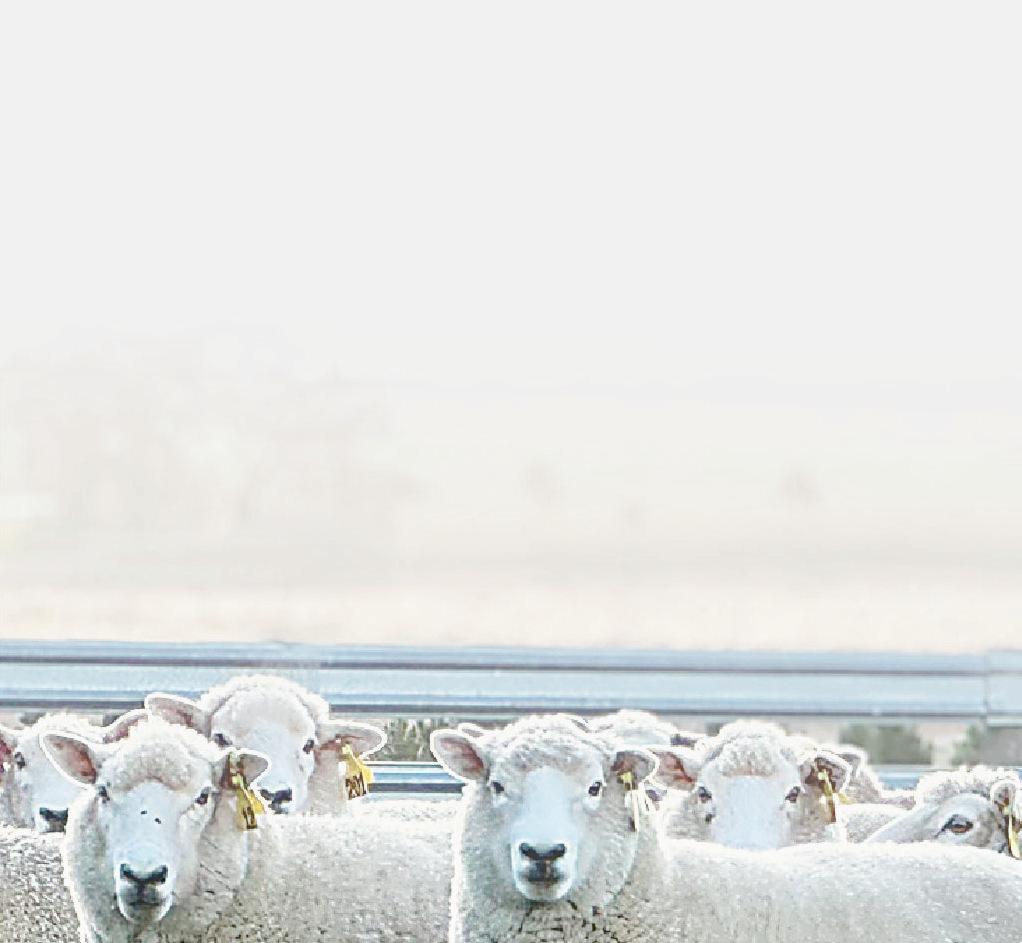

In 2011 Malcolm alongside his daughter and son in law, Trudy and Tony Boyer, airfreighted a flock of elite registered stud ewes from New Zealand’s largest progressive Perendale stud, Newhaven Perendales – marking the establishment of ‘Mount Monmot Perendales Stud’, in Skipton, Victoria




“We have watched with interest the move in New Zealand away from composite and fine wool breeds, as farmers seek




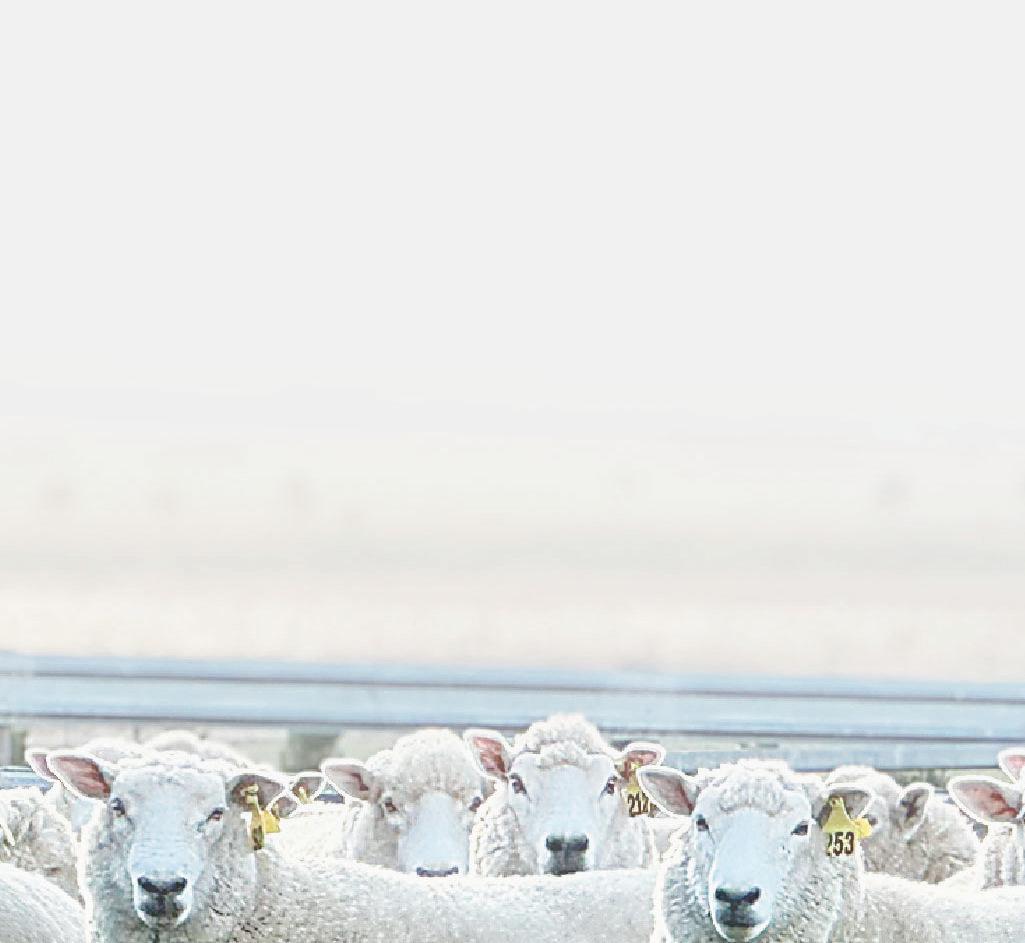
“We are delighted to have built up a sizable pure Perendale stud at Mount Monmot over the past thirteen years
says Tony – with numbers allowing them to be strict on culling for all traits (both physical and breeding values) and keep their Perendales as pure New Zealand genetics, which excel even in a low-input situation of nil-drench or minimum drench regimes




These Perendale bloodlines have attracted a lot of interest from Australian


farmers with all types of base sheep breeds, aiming to infuse these traits into their current flock –many being composite breeders that are drawn to the Perendale’s resilience, tolerance, efficiency and productive longevity
With this genetic package on offer they suggest you contact the team as soon as possible to enable an early selection of your new rams in October!
Please follow them on Facebook, or visit www mountmonmot com










You can also email: mountmonmot@ gmail com or call or message Trudy on 0419 565 450 or Tony on 0429 402 127
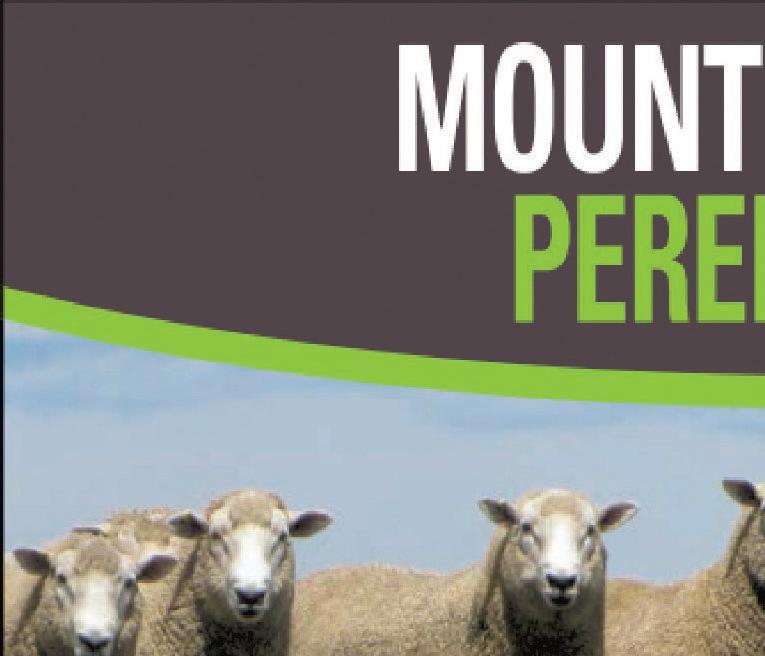
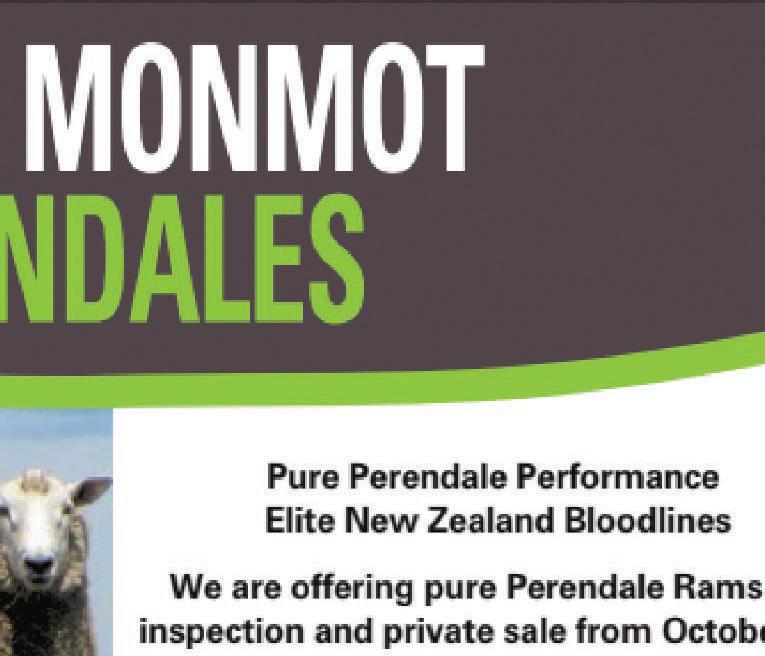


Liam DURKIN
THIS reunion was only four seconds away from not happening. Four centimetres even.
Had the ball trickled over the boundary line at Bairnsdale City Ovalon Saturday, September 20, 2014, the East Gippsland premiershipcup wouldn’t have been making its way back to Stratford.
The course of historyhowever pivoted in just 15-or-so dramatic seconds.
With the Swans three points down, the ball found its way into the arms of Josh Kiss.
His shot on goal in the forward pocket near the bar slash hut at Bairnsdale regained the lead.
Looking up at the timekeepers box,the Stratfordbench asked how long was left.
‘Four’ came the reply.
Initially thinking therewas still four minutes to go, the Swans werejumpingfor joy just four seconds later
The premiershipwas theirs. ‘Sealed with akiss’.
Stratford12.11 (83) defeated Wy Yung 12.8 (80).
StratfordFootball-Netball Club playersgathered in late July to recount thatgloriousday in the club’s history.
The Swans swept the floor on Grand Final day 2014, winning not only the senior football flag, but also reserves football and all four senior netballtitles from A to DGrade.
Premiershipcupsfromthose teams proudly lined the table in the Stratfordsocial rooms, amid abackdrop of thepremiership pennants.
On the big screen, replays of the seniors and reserves Grand Final had onlookers glued to the screen, while people also delighted in trawling through old newspaper clippings.
For the senior Swans, the 2014 triumph was every bit acathartic moment.
Stratford had moved to East Gippsland in 2012 following years of strugglein the neighbouring North Gippsland Football-Netball League.
The Swans won just three games in 2010 and 2011 beforedeciding something had to give.
While the situation may have appeared bleak, Stratfordcoach and former SouthMelbourne player,Peter Morrison was holding onto one saving grace.
When Morrison was appointed, StratfordThirds had just won their secondNGFNL flag, and wouldgo on to complete a hat-trick during

Morrison’s first year with the club.
With that, Morrison saw afuture.
“Thenucleus of young blokes stayedfromthe three under 18 premierships, that was the basis, if that didn’t happen Iwouldn’t be coach,” Morrison told the Bairnsdale Advertiser in the leadup to the 2014 Grand Final.
Takingincrementalsteps, the Swans won six games in their first season in the EGFNL.
Theyalmostdoubled that in 2013, winning 11 to finish third on the home-and-away ladder
Stratforddestroyed Lindenow in that year’s semi-final, winning by 80 points, and put up agood fight against Lucknow in the Preliminary Final, falling just 16 points short.
Speaking to the assembly gathered at the reunion, Morrison was still adamant Stratfordcould have won the premiership that season.
However,the shortfall was to provide even more motivation for 2014.
The Swans added afew players over the preseason,namely Jesse Broadbent, Joel Brayshaw, Rodney O’Keefe and Lachie Heywood out of the under 18s.
Come the start of theseason, therewas no stopping Stratford.
The Swans wiped anumber of teamsoff the park in the first seven rounds, beating Lucknow (whoplayed inthe Grand Final the previous year) by 134 points, and Orbost Snowy Rovers by 113.
Stratfordfinished four games clear on top, dropping just one game and ending with apercentage of morethan 200 per cent.
As if theirformwasn’t hot enough, they creamed the reigning premier,Paynesville, by 74 points in the last round of the home and away season.
Paynesville made finals too by the way.
Stratfordwas not without its challenges though,witheventual premiership players O’Keefe, Luke Clohesy and Jordan Robertson all struggling for form at various stages and finding their way out of the side.
For Robertson, his comeback was to prove extremely poignant.
Another setback came Stratford’s way in Round 16.
An injury to Josh Kiss meant the Swans had to rearrange their forwardline.

Even with that however,Stratford still beat Lindenow by 10 goals.
Morrison described that performance as “the turning point”.
“As far as I’m concerned, this was the day that Ithink you boys realised that Iwas dead serious about whatweweretrying to do,” he told the reunion.
“Wehad agroup of people who wereonamission.
“I was totally sold that we would win it.”
The Swansmarchedinto the Grand Final afterbeating Lindenowby45 points in the Semi Final.
The Swans entered the decider fresh, and with nearly afull list to choosefrom, all appeared to be laid out for them to win their first premiership in 11 years.
Grand Final day had already yielded areservespremiership by the time the seniors took the field, and when Stratfordled the seniordeciderby25points at three quarter time, it seemed the corkscrew on the champagne bottle could just about be popped.
With ahugegoldpremiership cup on offer,reportedly the biggest even seen in East Gippsland


football,therewas evenmore incentive for the Swans to complete their task.
What was to follow however nearly turned into Stratford’s worst nightmare.
“They came, really hard,” Morrison said.
To shock anddisbelief, Wy Yung kicked4.5 (29), seemingly in a hurry.
The flurry of goals saw Stratford surrender the lead, and even led to some Swans supporters retreating from the oval, unable to watch.
“The ball goes back to the middle, Ifully expected them to flood back,” Morrison recalled after Wy Yung hit the front.
What followed however literally came down to inches.
“Jarryd(StratfordcaptainJarryd Clohesy) grabbedit, kicked it, it went up, it was rolling towardthe boundary line - and this is in my mind -stuck.
“Jordon Robertson… all the Wy Yung blokehad to do was push him over the line. Jordon rolled around and hit Josh Kiss lace out.”
Kiss, who’d only had ahandful of touches for the day, went back and nailed the winning goal. It might not have been his match, but it was well and truly his moment.
The final siren sounded literally as soon as the ball came down from the centrebounce.
Clohesy was amongthe best players for the premiers, along with Corey Scholtes, Mitchell Walker, TimHawkins, Lachlan Channing and Broadbent.
For Morrison, who made his way from Sale and played nearly 100 games for South Melbourne, this was his first ever premiership. He had to wait longer than most, eventually getting thereatage 58.
“One thing that probably makes me the proudest to be here(at the reunion), is we started down here (gesturing to the floor), and we got to this day, and it was probably the most excitedday that I’ve ever had,” he said.
The win made it Stratford’s first senior flag since 2003, when they won in the now-defunctRiviera League.
The Swans have enjoyed premiership success twice moresince 2014, with Morrison leading the Swans to the flag in 2018, before Jarryd Clohesydid likewise in 2022.
Completing something of afull circle, Stratford’s senior coach is now Gavin O’Shanassy.
O’Shanassy coachedthe Swans to the reserves premiership in 2014.

DAIRY farmsand livestock producers
all face theissue of handling effluent efficiently.
Waste liquidneedstobeflushed out of the stalls andmoved into thesettling ponds where it canbeaerobically broken downand used for fertiliser.
Aussie Pumps’ rangeofGMP selfpriming pumps areanideal selection when it comes to handling effluent.
These efficient motor pumps, in arange of ports sizes from 1.5” to 6”,can deliver exceptional performance and reliability
WHENitcomestomovingeffluent, a self-priming pump also offers many advantagesoverlongcolumn sump pumps or submersibles.
Firstly,theyare surface mounted
Thismeans it is easy to keep an eye on thepump andmuchcleaner when it comes to tackling routine pump maintenance.
Secondly,their self-primingcapability makes them simple to install.
Simply attach thesuctionand discharge hoses,fill thepump bodywith water and start the motor
The pump willprime thesuctionand discharge lines in just afew minutes. Thirdly,they featurecastironbodies that arehardwearing and last well in this application
For particularly abrasive or corrosive applications thesepumps areeven available in cast 316 stainless steel
Aussie’srange of topquality, ISO 9001 compliant motor pumps now extend all the way throughtobothhighvolume and highheadself-priming pumps to suit almostany application
The firstworld, Aussie cast iron GMP motor pumps areloaded withfeatures.
These include abig cast iron open impellerwith the ability to handle solidsin suspension, astainless steel wear plate incorporated within thepumpchamber and silicon carbideseal.
Most importantly, afront mountedclean out portmakes it simple forchokesto be cleared without having to disconnect pipework or dismantle thepump.
All pumps arefittedwith adrain plug which enables thepumps to be easily drained without any formofdismantling Watermanagementhas become the big issueonfarms andthatlargely gets back
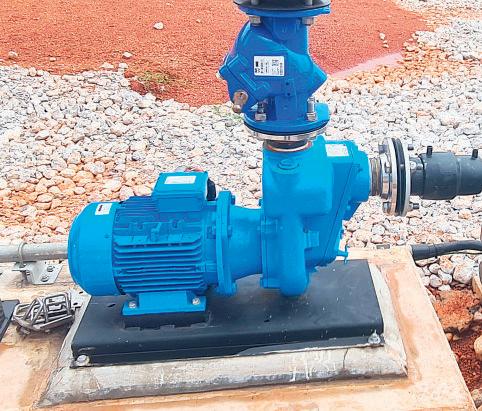

to efficiency of pumpsbeing used, their availability andofcourse,their ease of operation.
AussiePumps hasexpandedits self-priming semi trashrange to include 6” motorpumps that canhandle up to 4,000lpm andheads as highas14 metres.
Those 6” pumpsare on themarket for afraction of the cost of more exotic equivalents from theUS or Europe.
“Weknowthat abrasive liquidscan cause excessive pump wear in effluent applications” said ChiefEngineer, John Hales
“Tocombat that,we’ve introduced optional 316 stainless steel impellers for mostofthe range.
They’re acost effective waytomaintain pump efficiency whenhandling aggressiveliquids,”hesaid
THElatest addition is small utility semi trash pump (1 ½” ports) designedfor jobsrequiringflows of no more than 200 or 300litresper minute.
Called theB1.5KQ-A/ST, thepumpsare available in both 240voltand 415 volt closecoupledconfiguration.
These mono blockunits areparticularly cost effective.
Theyare cast iron andhaveall the same featuresasthe rest of the range including astainlesswear plate, silicon carbidesealsand of coursetheir unique self-priming ability
THEGMP range of motor pumps are also available in cast 316 stainless steel with ports up to 4”.
They deliver thesameperformance as
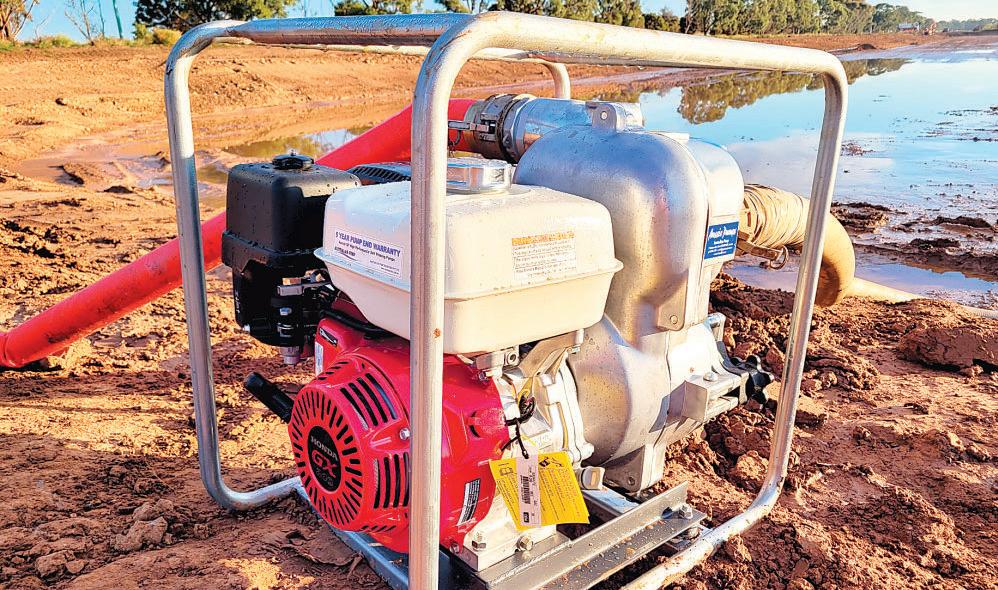
the cast iron equivalent however the 316stainless steel offers exceptional corrosion andabrasionresistance. Thismakes them ideal forhandling caustics, wheyand other corrosive liquids that areinvolved in the dairy industry.
AS theweather becomesmoreunpredictable, smartfarmers areplanning aheadfor worse case scenarios Strong winds bring down power lines taking outelectrical equipment like essential pumps, andflooding rainscan overwhelmexistinginfrastructure.
Aussie Pumps, Australia’sleading supplier of portable self-priming trash pumpshas developed arange of engine drive trash pumps. These arequick to deployinanemergencyand arespecificallydesigned to handlesolids contaminated water
Their line-up of portable engine drive trash pumps rangesfrom2”through3”, 4”, allthe waytohuge 6” pumps that will move up to 6,000 litresper minute! Thesebig ‘rubbish gobblers’willhandle effluent, wastewaterand even small solids!
Being self-priming and portable,these aregoodbackuppumpsthatare easy to set up andsimple to use They can replace an electric pump that is outofactiondue to apower cut or provide extracapacitytohandle excessive rainwater runoff.
“Weare ready to assist with managing wastewater with bigstocks of petrol anddiesel powered trash pumps ready for immediate delivery,”saidProduct Manager, Davy Schrijvers.
Our trash pumpswillhandle mud and slush,evencleaning out contaminated
septictanksand settling ponds withno problems.”
Designed to deliveravertical suction lift of up to 7.6 metres, the pumps are nicknamed “Quik Prime” because of their excellent performance characteristics
Footvalves arenot required,and all the pumpscomecomplete with hose couplings anda strainer that is designed to suit thesizedsolids that thepump can handle.
Ahandy clean-out door is built into the front body of the pump, enabling it to be easily cleaned in the event of experiencing a“choke” without theneed to disconnect thepipework.
The excellentself-priming characteristics aredue to thepump’suniquedesign.
The body incorporates alargewater tank. On start-up, thewater tank empties, creating avacuuminthe pump that causesthe checkvalve on thesuction port to open.
That vacuumdraws water up through the suction lineand intothe pump andout through thedeliveryport.
“Ourpumps prime first time, everytime” said Schrijvers.
“Operators needtoensurethereare no air leaksinthe suction line,but otherthan that they aresimpletoset up andrun,” he added.
The pumpsare availablewitheither Honda petrol, or Yanmardiesel engine drives.
Topqualityenginesare chosen because of theirlonglife, high performance, and super reliability.
Like allAussieQP self-primingpumps thetrash pump lineiscoveredbya unique five year warranty, suppliedby thecompany at no extra charge
AUSTRALIAN Pumphas some great distributors in Victoria to service farmers They areequipped with Aussie’s extensive pumprange.
Pricesare supercompetitive, the productsare made to ISO 9001 quality standards, and have also becomeabig exportsuccess
More informationabout Aussie’sGMP andQPpumprange is readilyavailable from AustralianPump Industries and authoriseddistributors,oronline aussiepumps.com.au

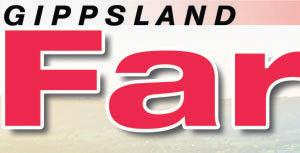





























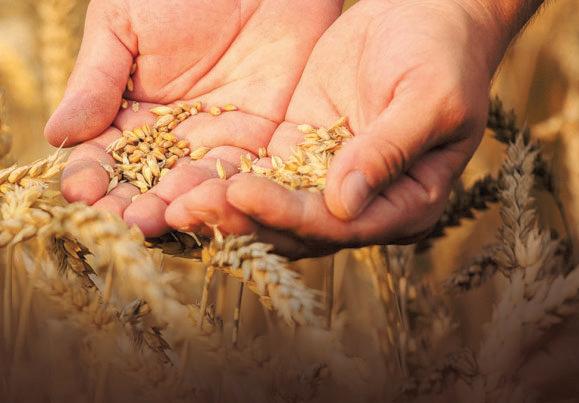








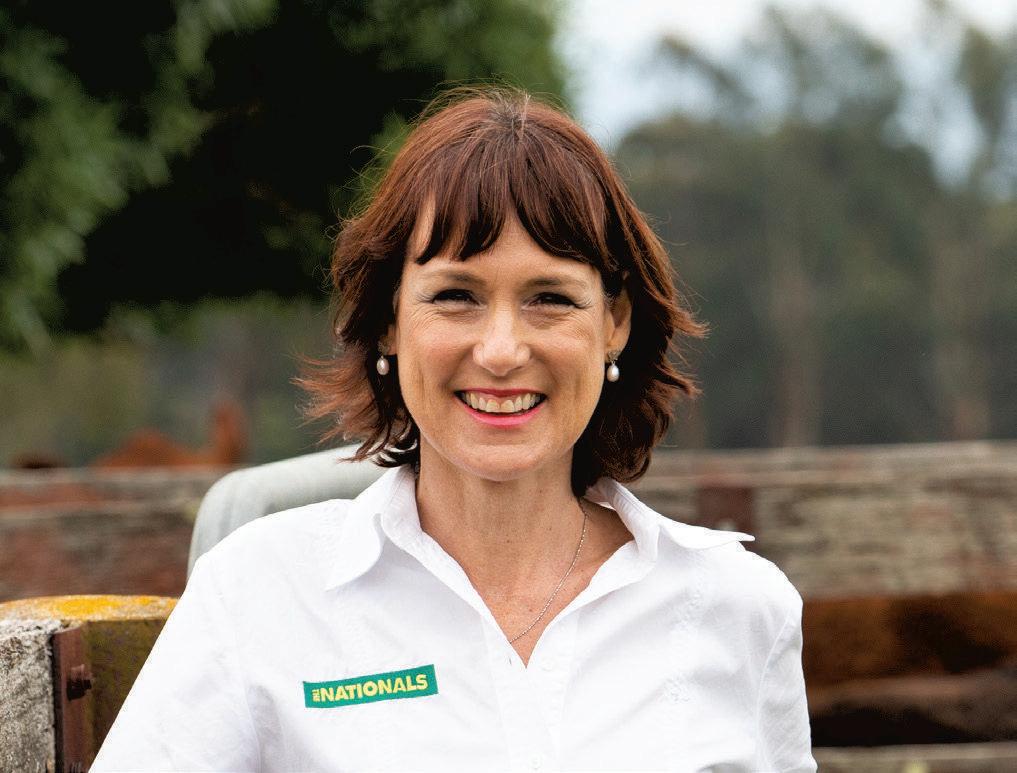












































































































































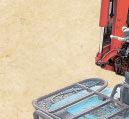
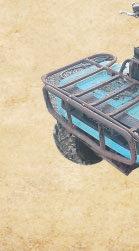


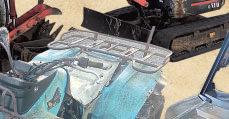
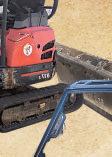



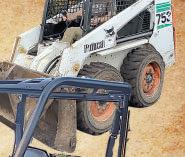

















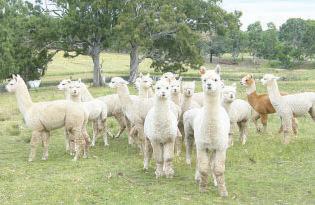

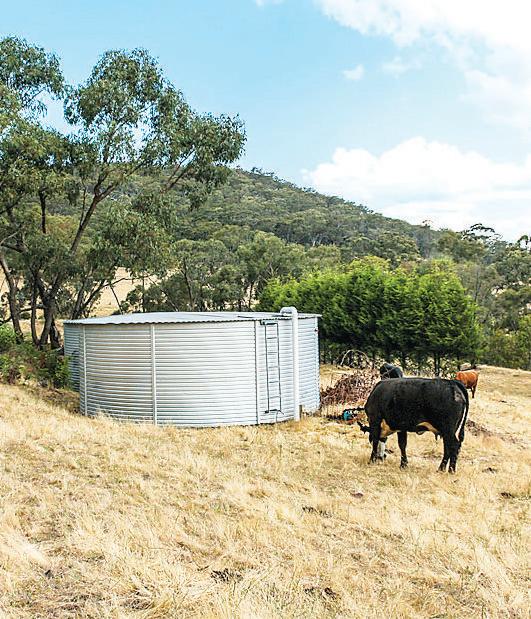









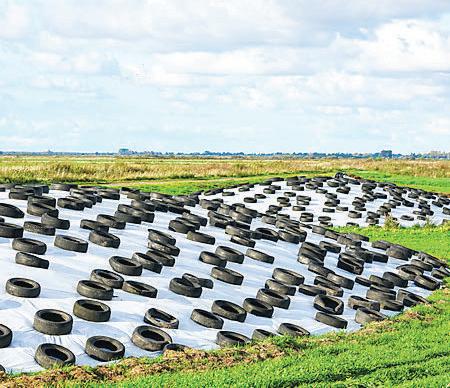

















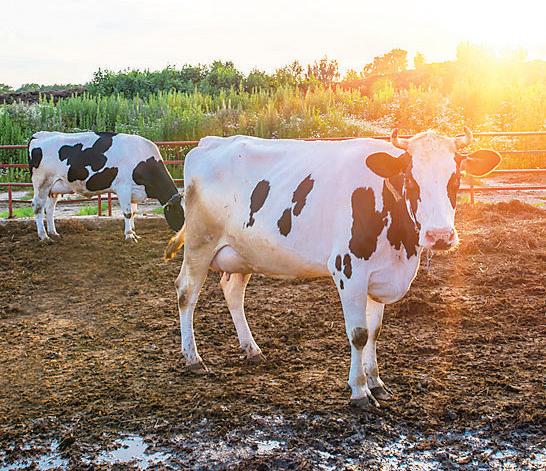
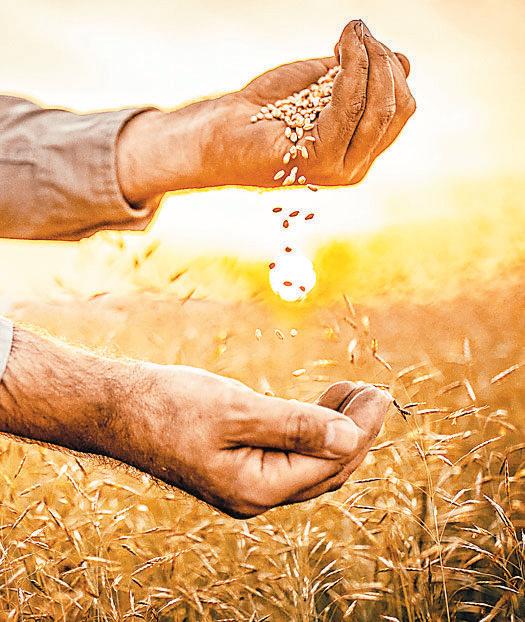

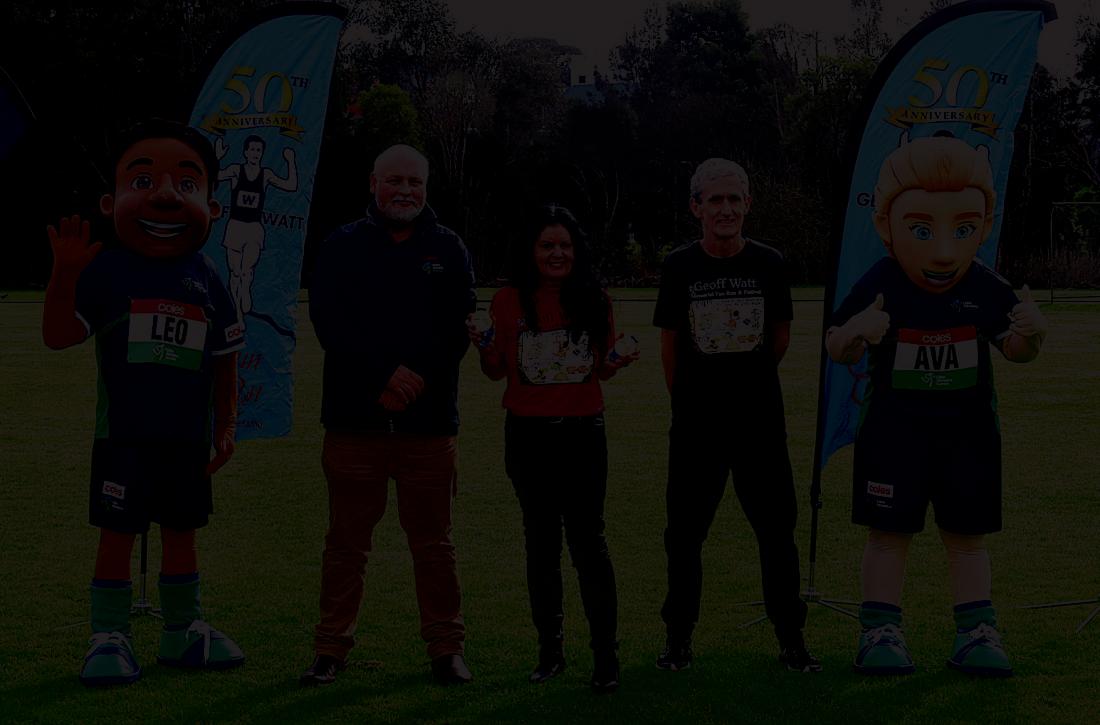
THE 54th GeoffWatt Memorial Fun Run and Festival is approaching. Held at the GeoffWatt Memorial Athletics Track in Warragul, the running festival is Gippsland's longest running fun run.
Distances available arethe half marathon (21km), 10km,5km and a2.5km walk/ run.
The events namesake was along distance and marathon runner, who was amajor force withinthe athletics community, helpingto establishthe Warragul Little Athletics Club.
Geoff's daughter,former Olympian Kathy Watt, is continuingher father's legacy, hard at work planning the event.
Kathy, from Warragul, enjoyedadecorated cycling career,winning gold and silver medalsatthe 1992 Barcelona Olympics, as well as gold at four Commonwealth Games.
LittleAthletics has partneredwiththe GeoffWatt Festival, and its chief executive, Myles Foreman said it was important to give back to the region's next era of athletes.
"Weare acommunity who likes to support each other and for us, (Kathy) as amember of our hall of fame, and afamily (whose) very closely aligned to Little Athletics over many years, (it's) very important for us to support," he said.
Beingthat the event linesupwith the start of the summer season, Foreman believesthisisagreat chance tohave young, curious and active kids who may not have been aware of Little Athletics join up with their clubs following their experience on the day.
GeoffWatt brushedshoulders with some of Australia's best to grace the track, that included training withrenowned athletics coachPercy Cerutty in afamous era of Australian runners such as Herb Elliott (Olympic gold medallist, 1960) and John
Landy (Olympic bronze medallist, 1956).
"He was passionate about running and he really related well to people, gave them coaching plans," Kathy said.
"I've met peopleintheir 70s thathave still got his training plan in their drawer they said 'it was like how to live your life'.
"He was really about encouraging other people and he travelled the world staying with other marathonrunnersand he made friends all around the world."
Three-timewinner ofthe GeoffWatt Half Marathon, John Duck, from Trafalgar,was on hand to launch the festival.
"Back in the day it was just ahalf marathon, that was it, but now there's all the added events (for a) wider family appeal," he recalled.
"It's good to see it's still going, not many events arestill going after (54) years, it's impressive to still be around. I'm happy to come along and put leaflets in letterboxes, whatever is required to promote the event."
Whilethe halfmarathon is suretobe competitive, the fun run is an easy-going, family-friendly occasion.
Dress-up is common for runners, while face painting, music and other fascinating stalls will surround the headline events.
This year,Little Athletics will be holding ajunior clinic onthe day, and kids will be treated to agreen and gold presence at the junior run-jump-throw workshop with sprinter Nana Owusu-Afriyie, heptathlon championTaneilleCrase, andOlympic throwing coach Gus Puopolo.
The GeoffWatt Memorial Fun Run and Festival will take place on Sunday, October 27.
The half marathon begins at 9am sharp, with other events following suit.
For moreinformation and to enter,visit: geoffwattrun.com.au
Blake METCALF-HOLT
THORPDALE Football-Netball Club senior playing-coach Jason Winderlich was flown to The Alfred Hospitallastmonth after sustaining aserious neck injury on the field.
Winderlich was injured aftera tackle wenthorrendously wrongatThorpdale RecreationReserve duringthe second quarter of the Blues’ match against Toora in Round 16 of the Mid GippslandFootballNetball League.
The match was abandoned.
“Oneofour players wasrunninginto tackle Jason after he picked up the ball… and from whatIunderstand thecontact ended up being to the top of his head and to the chest of the player making the tackle,”
Toora coach Jack Weston told CodeSports
“I didn’tsee it all that clearlybut Iunderstand Jason had taken a ground ball and went to come up and it was head to chest. From therehewent down.”
An ambulance was immediately called beforeadecision was made to have the former Essendon player flown to Melbourne Winderlich was not moved fromthe grounduntil the helicopter arrivedat 4.30pm.
Thorpdale FNC provided an update the following day, calling it a“neck fracture” and that Winderlich’s surgery occurred overnight to insert aplate that “went well”.
They also acknowledged the “tireless efforts of thosewho providedassistance both on and offthe field, demonstrating the unwavering unity that defines (the club)”.
“As we stand togetherinthis challenging moment, we send our heartfelt wishes to Jason and his lovedones,”Thorpdale FNC added.
“May hisrecovery be swift and complete, and may his strength and resilience continue to inspireusall.”
Therehas been an outpouring of support for Winderlich and Thorpdale in the succeeding days from across all of the other
12 Mid Gippsland Football-Netball League clubs.
“Our hearts and support arewithJason, his family and the ThorpdaleFNC community,” Toora FNC said.
“The entireToora FNC community wishes him aswift and full recovery.”
“Thoughts arewith Jason. You’ve given so much back to our league and ourcommunity, and never forgot who you werealong the way,” Mirboo NorthFNC President, Andy McCarthy said.
“Our thoughts arewith Jason and his family and the Thorpdale FNC… we wish him our best in his recovery,” Hill End FNC said.
“Our thoughtsare withJas,his family and the Thorpdale community,”Fish Creek coach Jarrad Walker said.
“Wewill look to support in any way we can and hope he comes out okay.”
“Fingers crossed everything works out okay andhis recovery goes smoothly,” Tarwin coach Jason Kennedy said.
“Shocking news about Jason afterthe game. Wishinghim all the best,” Stony Creek coach Chris Verboon said.
NewboroughFNC andFosterFNC extended their well wishes and support to Winderlich and the Thorpdale community. Winderlich grew up in Thorpdale, playing juniors for the club beforebeing drafted to Essendonin2002, where he went on to play 129 games.
Winderlichreturned to Thorpdalelast season as playing-coach alongside Ray Pickering.
Winderlich'sold Essendonteammate AndrewWelshhas setupaGoFundMe page to help and support.
Essendon alsoorganised alegends game recently, playingacurtainraiser before the Bombers'matchagainst Sydneyin Round 23.
Those wishing to donate can do so via: gofundme.com/f/supportjasonwinderlich

Liam DURKIN
CARLTON’S miraculous1970 premiership has been recounted in adocumentary.
Prominent AFL filmmaker Peter Dickson (from Morwell) added 1970 to his The Final Story series, which takes an inside look into V/AFL Grand Finals in history. Often regarded as the greatest Grand Final of them all, and the birth of modern football, the 1970 Grand Final also has a number of local links.
Seemingly gone for all money at half time, the Blues stormed home from a44-point deficit thanks to the efforts of Moe’s Ted Hopkins. Hopkins, whodiedlast yearaged 74, emerged as the unlikeliest of heroes, coming ontothe ground in the second half and kicking four goals.
Played in front of astill-recordcrowd of 121,696,itwould become the very moment Hopkins would be remembered for
His life changed forever when Carlton coach Ron Barassi uttered the words “get ready Teddy, you’reon” and made the bold move to bring the then-21-year-old into the game.
Keeping in mindthere was no interchange back then, the decision to have Hopkins come on as 19th man was ahuge gamble.
It paidoff however,and 10 minutes into the thirdquarter,Carlton had slammed on four goals,two of whichcame from Hopkins in the forwardpocket.
He added athirdashort time later,and afourth in the final termtosee the Blues
to a10-point win for their most famous premiership.
The blonde goal sneak was chaired from the ground forhis heroicsasCarlton toasted its 10th flag.
Yet, in adramatic postscript, he was to disappear almost instantly, as he found the adulation afforded to him difficult to handle, and sought to escape his fame by camping in the bush during the off-season.
He played the opening match of 1971 (ironically, again offthe bench), but by then had reasoned he had nothing more to achieve and so retired quietly, finishing his playing career with agrand total of 29 games and 10 goals.
Hopkins played 32 games for Moe before finding his way to Princes Park.
The 1970 Carltonpremiership team
featuredanumberofLatrobe Valley players and connections.
Morwell’s VinWaite played in the back pocket, while Yallourn’s Garry Crane was on the wing.
Graham Donaldson, who also had ties to Morwell, was Carlton's assistant coach at the time.
Donaldson features in the iconic photo of Barassi leaping high in celebration on the final siren at the end of the game.
Barassi arranged for Carlton to play a preseason practice match in Morwell in the late 1960s.
Carlton 1970 premiership player Adrian Gallagher,himself from Yarram, features in the documentary.
1970 The Final Story can be viewed on the Carlton website.
Liam DURKIN
GOOD things come to those who wait. Moe Racing Club celebratedits members day in the best possible way, opening the doors of its new race day building.
Lastmonth's meetingsaw themuch anticipated facility gets its first test drive, as morethan 200 people clambered in to take in the sights and surrounds from the second storey.
Locatedjust offthe existingTurfside Function Centre, the new elevated race day building features two function spaces, and offers an enhancedrace viewing experience, thanks to apanoramic view of the entire track.
Patrons werequickto take upthe new and improved hospitality, with the general hustleand bustle of aday atthe races taking place for the nine-cardmeeting.
Somehighcalibre jockey'sagain made their way to Moe, including leading female

rider Jamie Kah, who has been the world's top-ranked female jockey since 2020.
Kah proved her worth immediately, riding two of the first three winners on aMoe track rated aSoft 6.
As good as the racing was, the meeting really belonged to the members, who were given thefirst lookat thenew raceday facility on the day designated for them.
The racing experience has not only been enhanced for the members. The previous downstairs members area is now open to the general public, meaning all race goers can now enjoy meetings from the comfort of indoors.
Directly beneath the members area sits therevamped jockey changerooms, meaning recent upgrades have been truly accommodating for all user groups.
While the members upgrade experienced some delays, and has not been 'officially' opened (pendingsome last minute décor), Moe Racing Club Chairman, Mike
Vanderfeen felt it was important to at least have the facility available to members for the day designated to them.
"Weactually had to get it open because it's members day," Vanderfeen told the Gippsland Farmer
"Wethink it's going very well, we'reconvinced that because they've now seen what they had got, which is comfortable facilities in the 21st century, we'll actually get more peopleherewhich was the objective(of upgrading the rooms).
"The beauty of it is whether you areinside or outside you can see the entiretrack, it is just one of the best viewingareas of a country track you could get."
The facility is not solely for the use of Moe Racing Club, with the function space open forthingssuch as wedding receptions and birthdays.
"This will be so popular,we've already got bookings beforeitopened, we expect this will be utilised alot more, which is



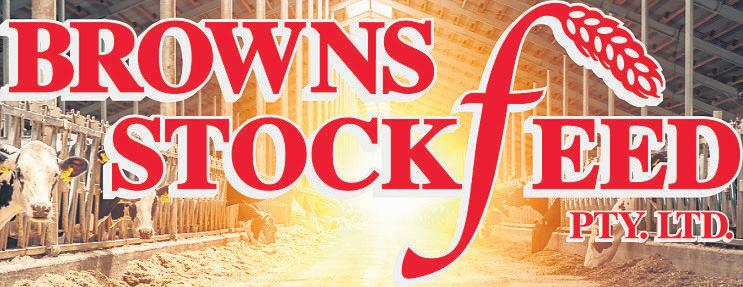

great for the whole of the Latrobe Valley," Vanderfeen said.
"It promotes thetown, community, which is what we areall about.
"It's anabsolutecredit tothe builder and to all the sub trades. When you are renovating a60-year-old building, you find lots of issues going forward, but the beauty of this… therewas slight delays but it was on cost, it was built within budget."
The state governmentcontributed$1 million from its Victorian Racing Industry Fund to support the project, while Moe RacingClub put up almost$2million itself and Racing Victoria $300,000.
This year's Moe Cup is shaping as the beginningofanew era, with the new membersroomand function spaceexpected to be absolutely buzzing by the timethe October 18 meeting rolls around.
The club itself has quickly turned attentiontoits next project,and is seeking to upgrade the Hillside Stand.







